Woo yeah perfect: hacking in Salt Lake City
/Thirty geoscientist-coders swarmed into Salt Lake City this past weekend to hack at Church & State, a co-working space in a converted church. There, we spent two days appealing to the almighty power of machine learning.
Nine teams worked on the usual rich variety of projects around the theme. Projects included AIs that pick unconformities, natural language processing to describe stratigraphy, and designing an open data platform in service of machine learning.
I'll do a run-down of the projects soon, but if you can't wait until then for my summary, you can watch the demos here; the first presentation starts at the 38 minute mark of the video. And you can check out some pictures from the event:

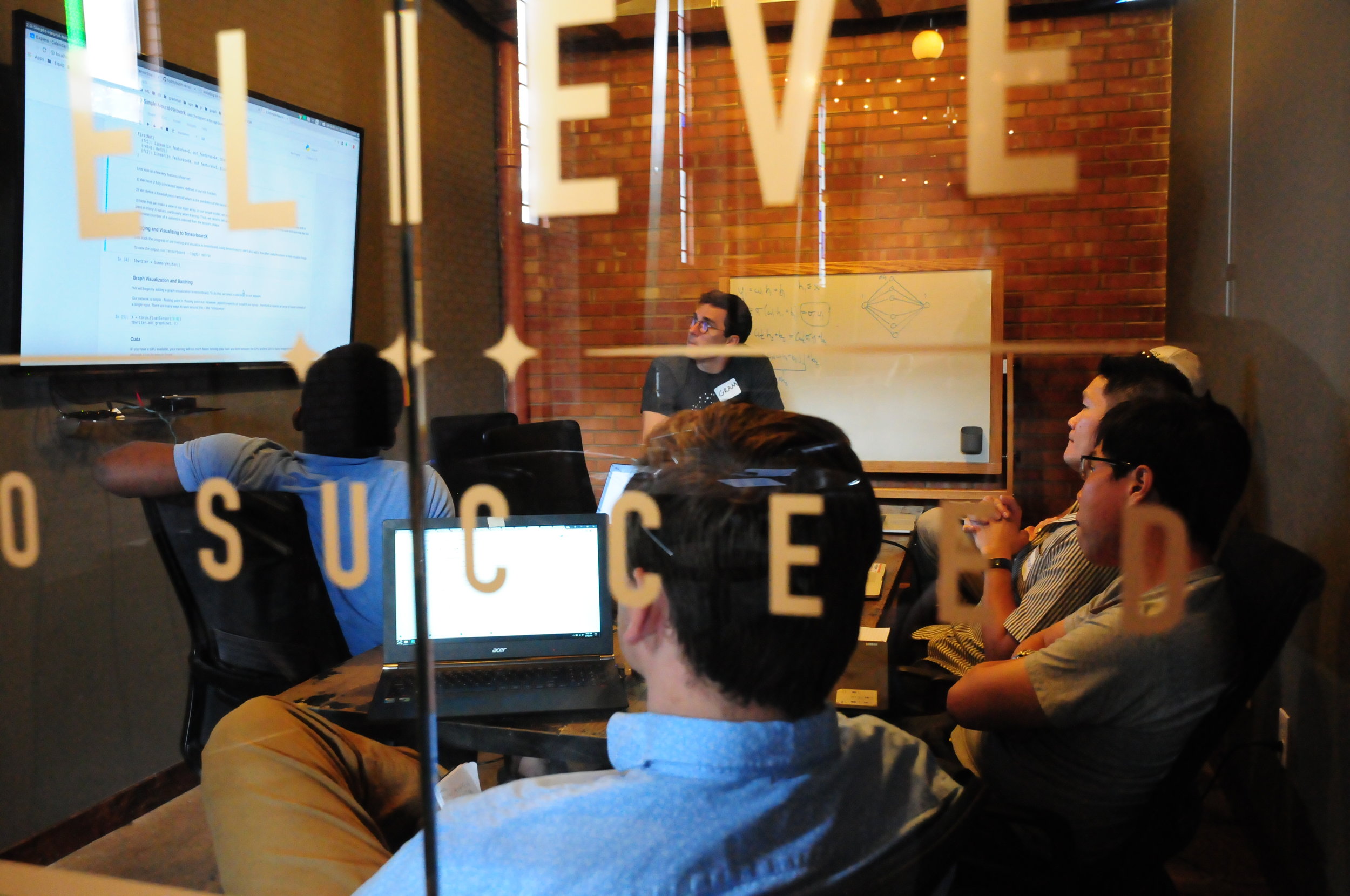
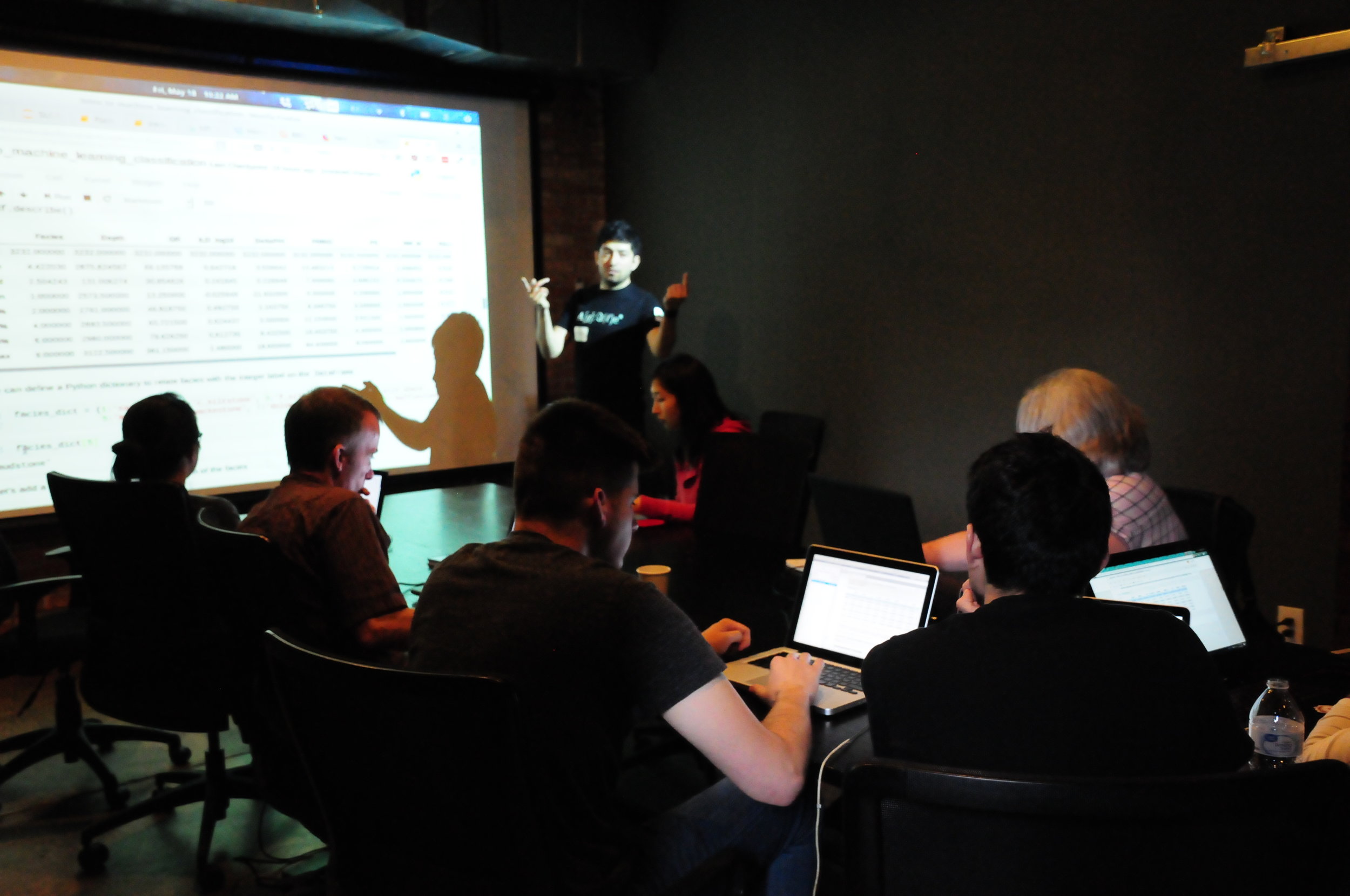
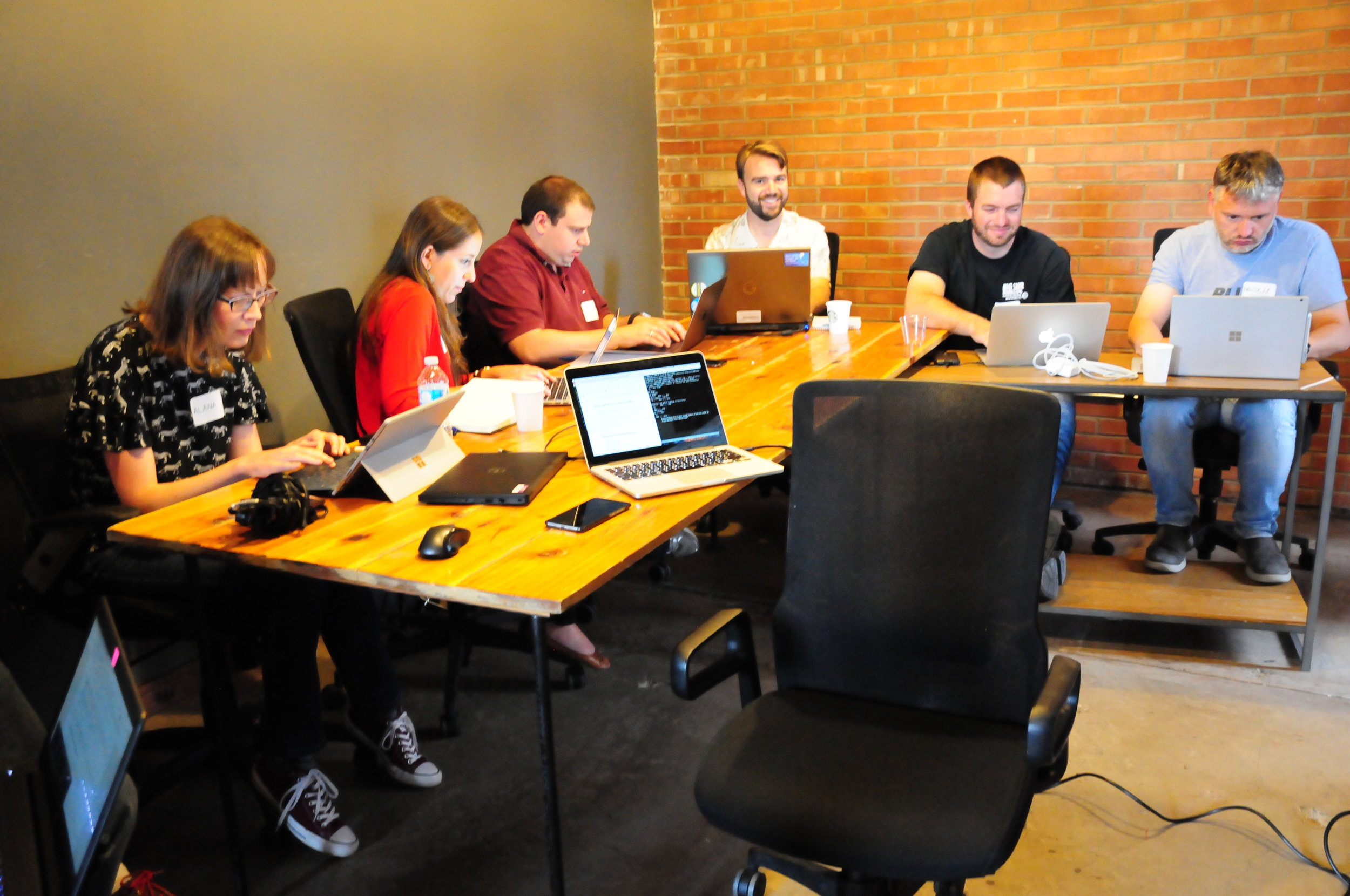

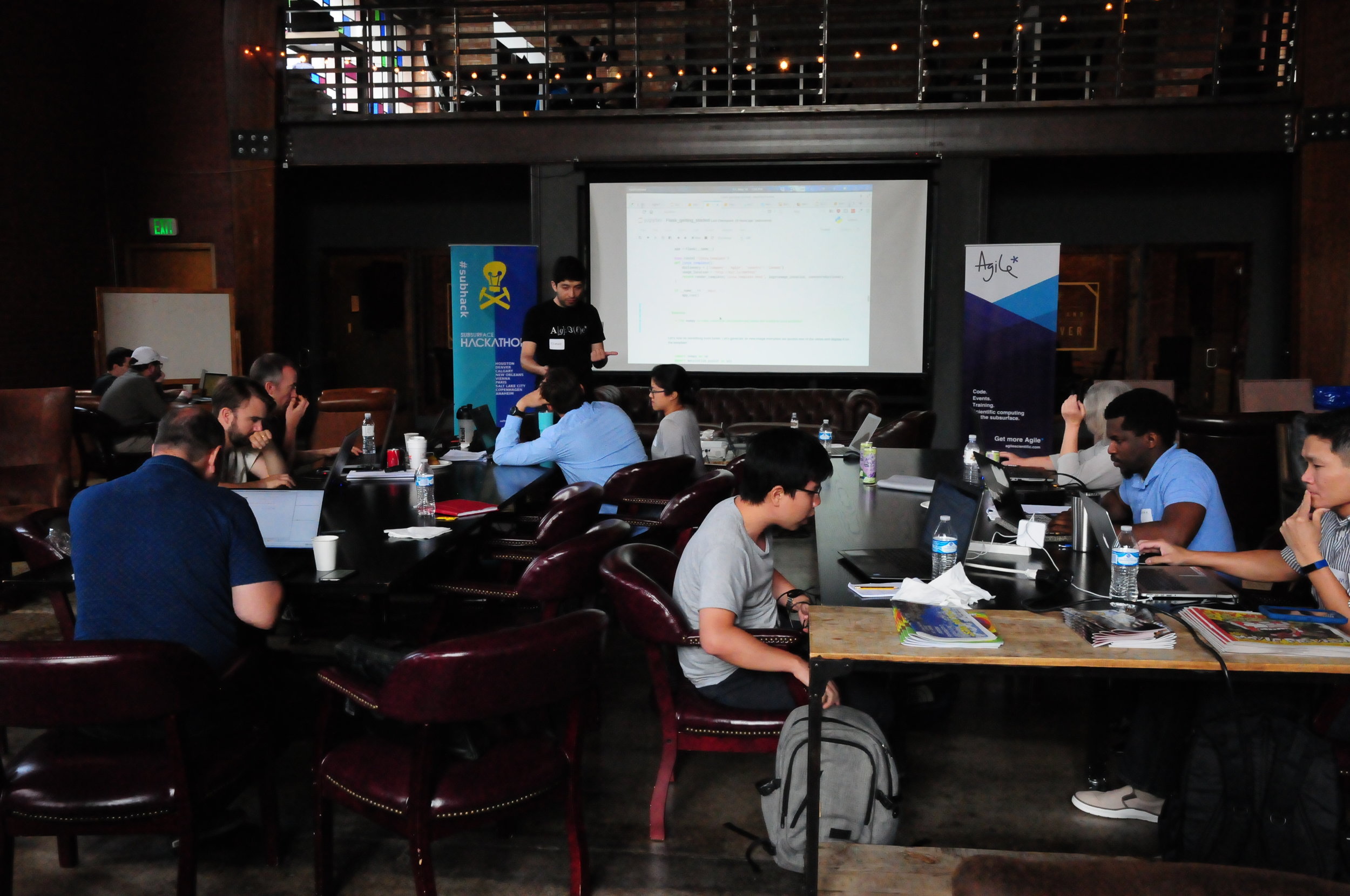
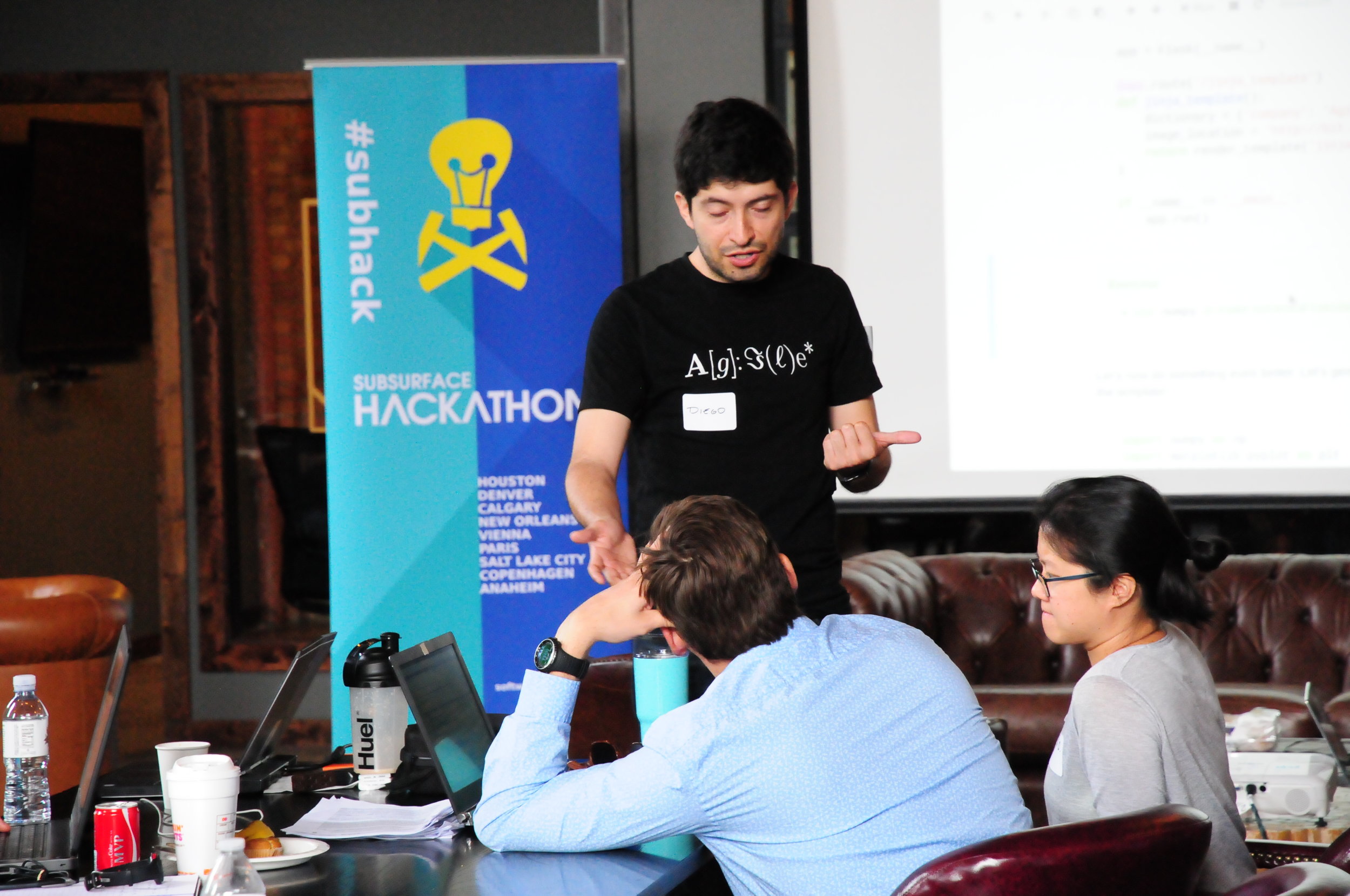



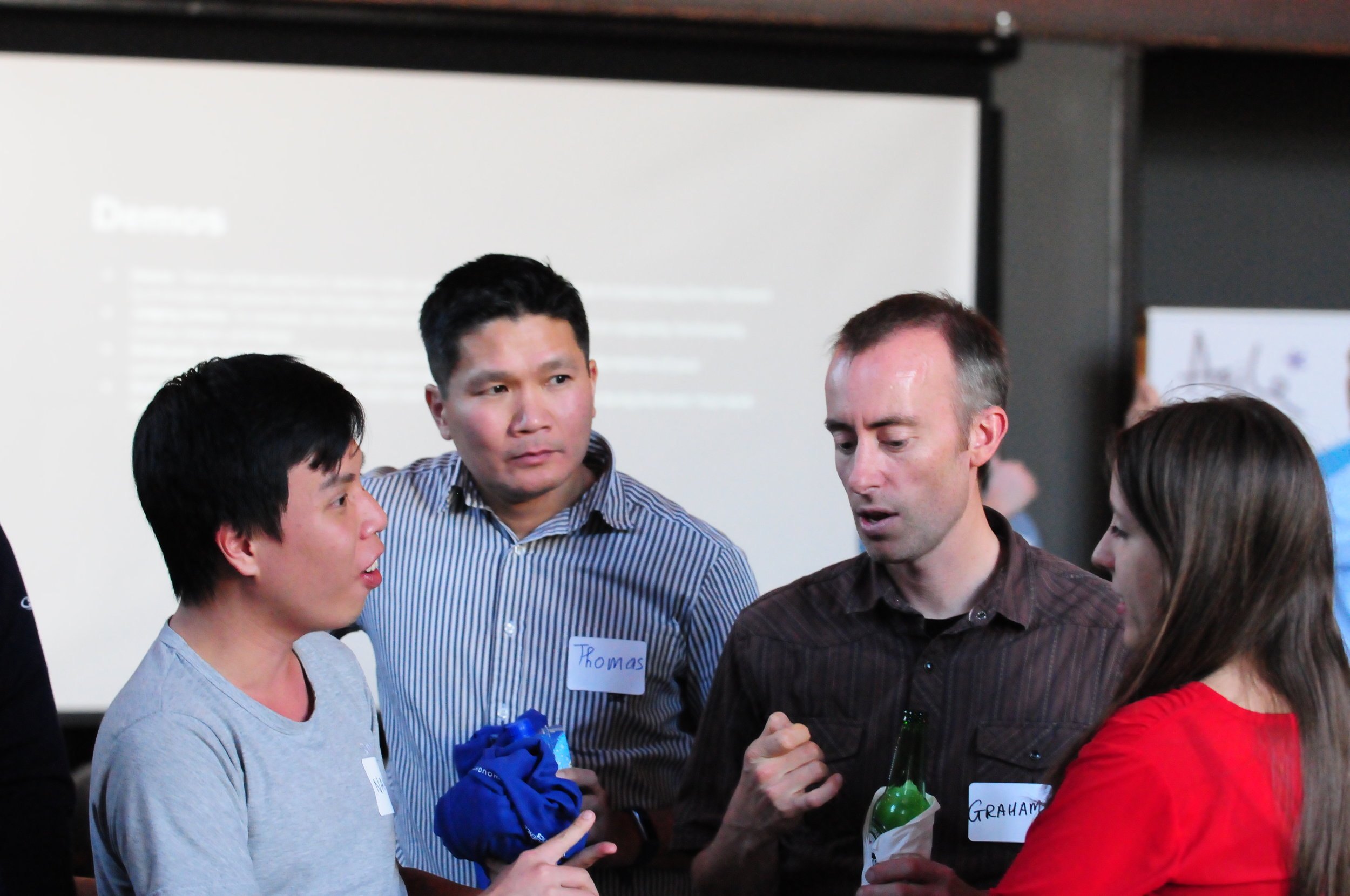

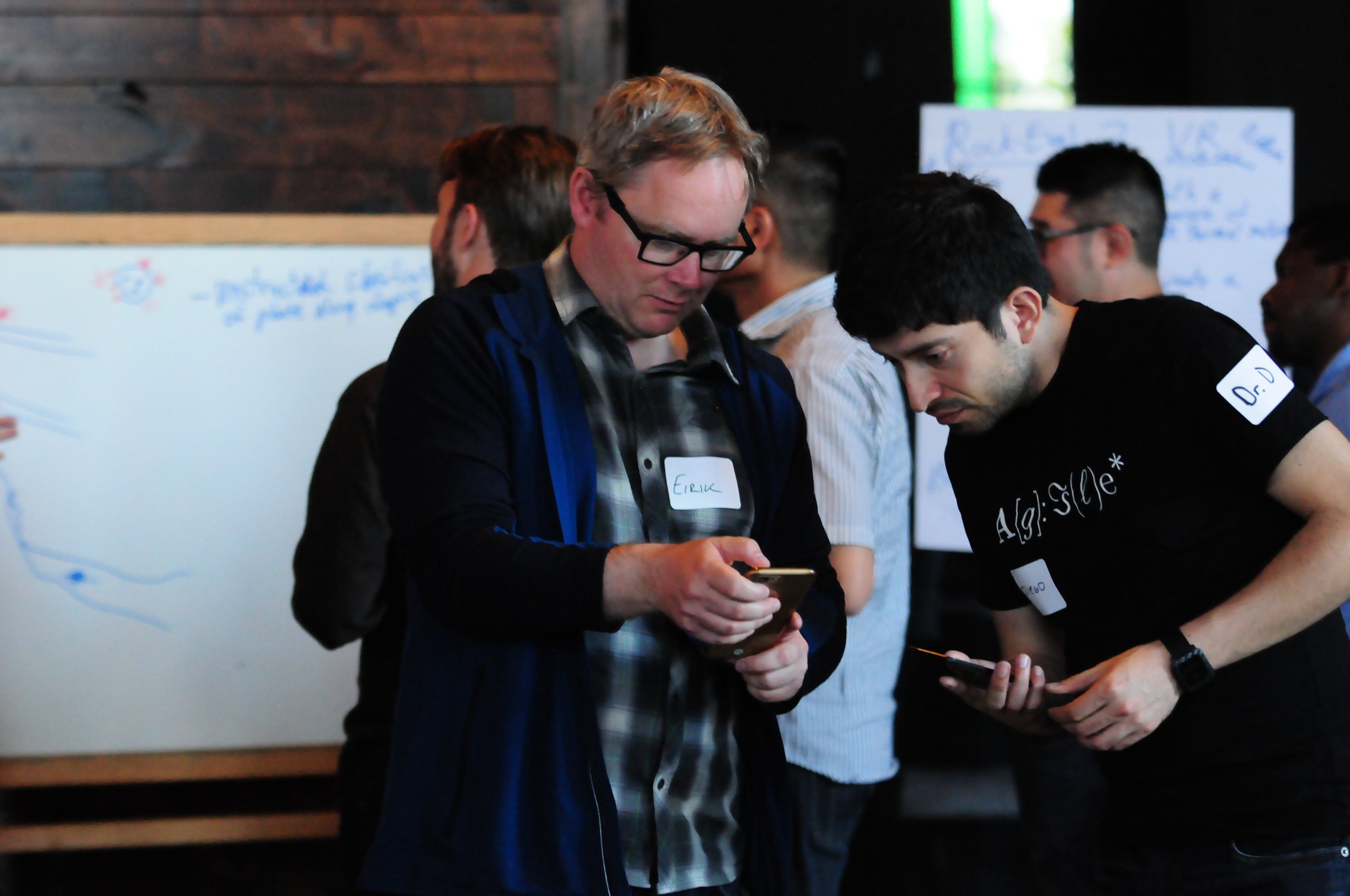

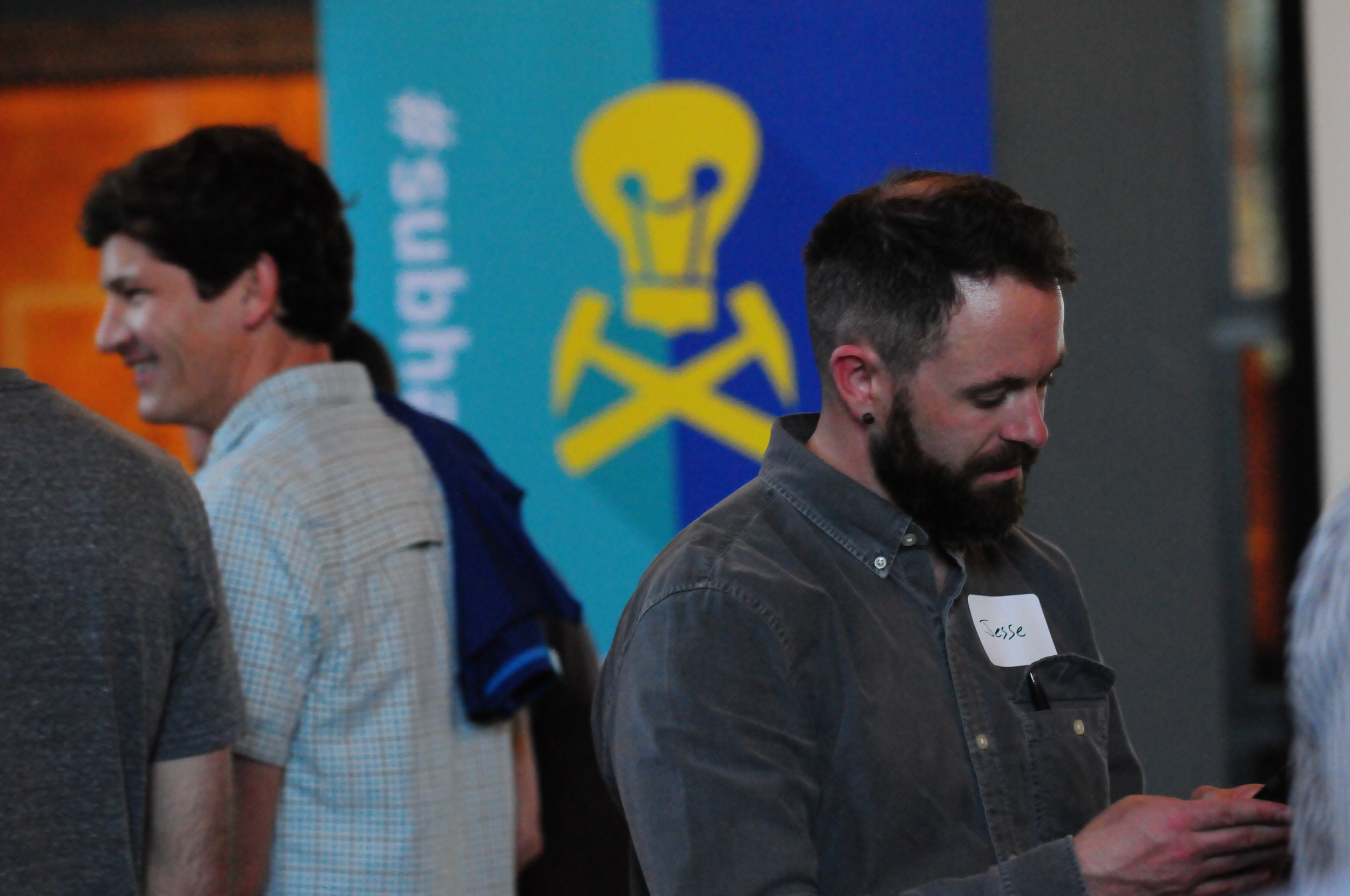
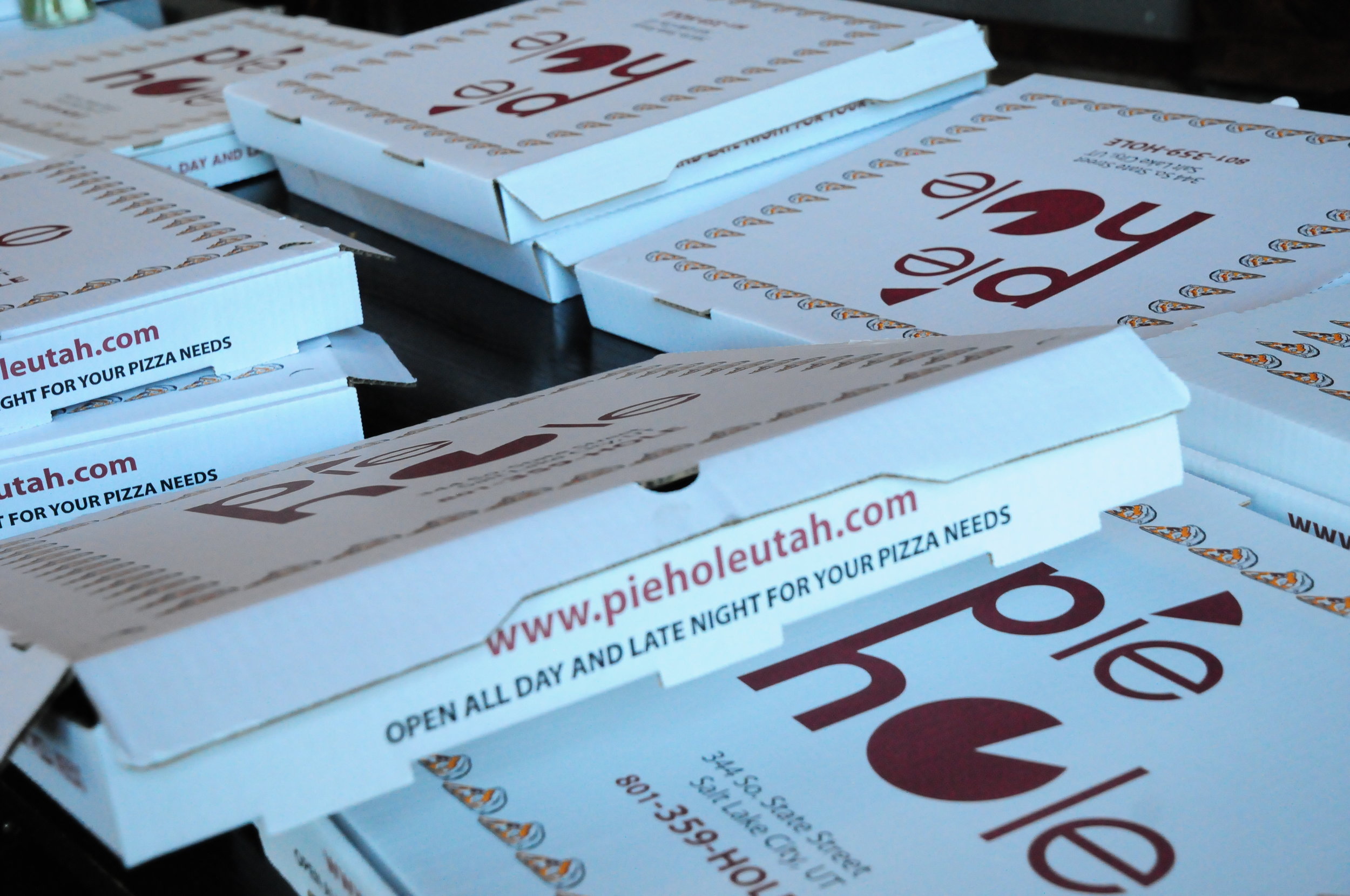
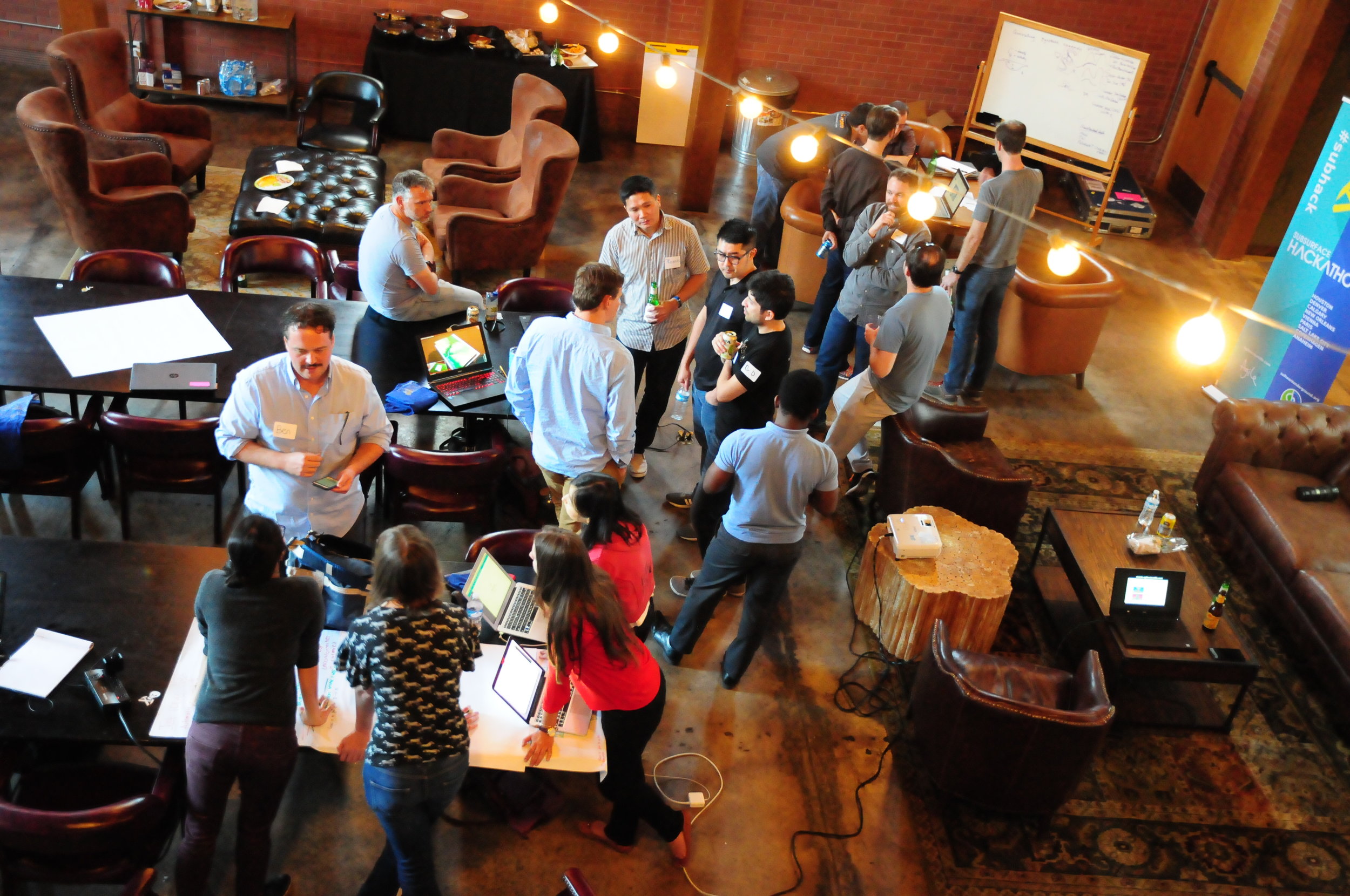


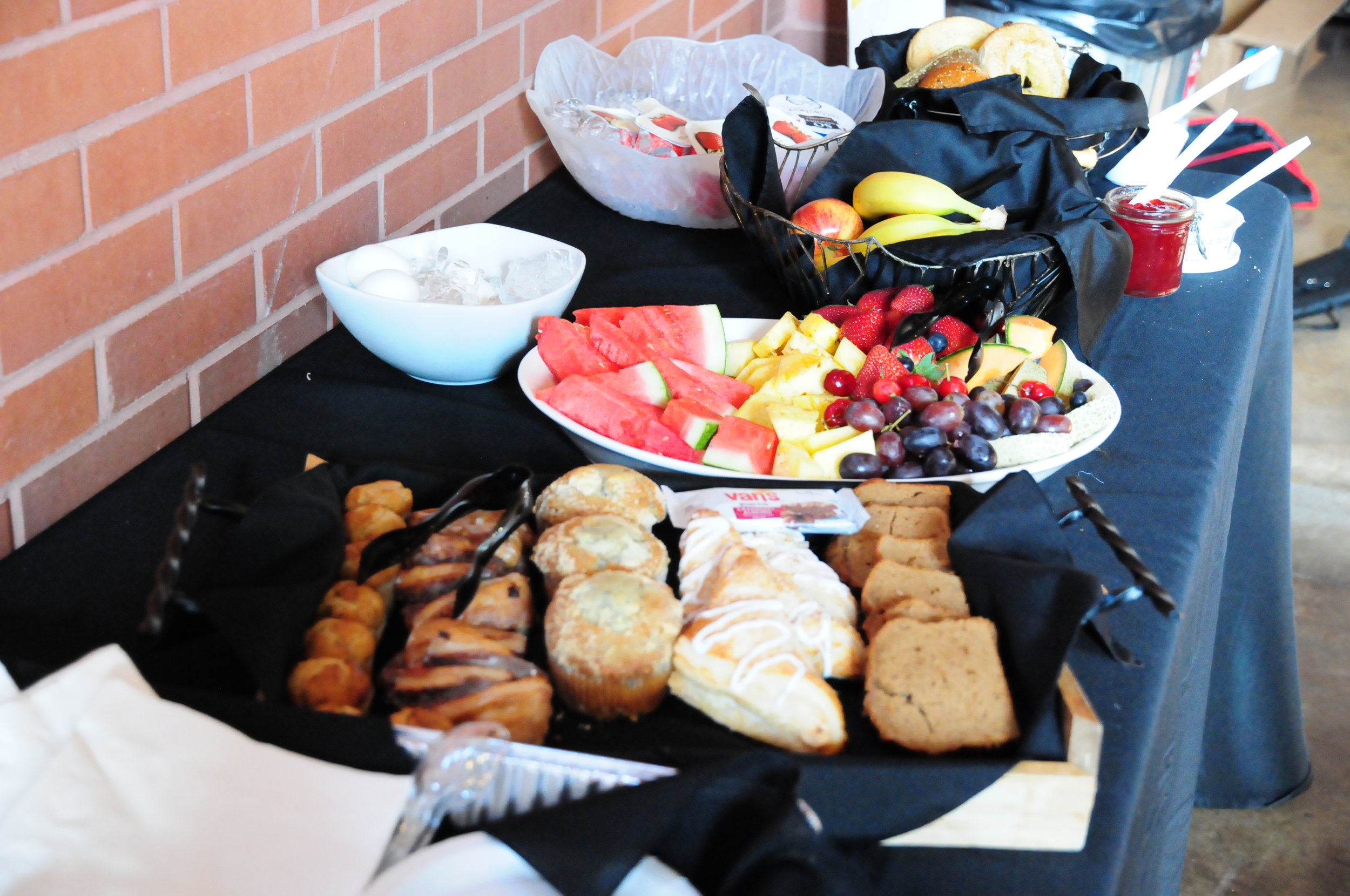

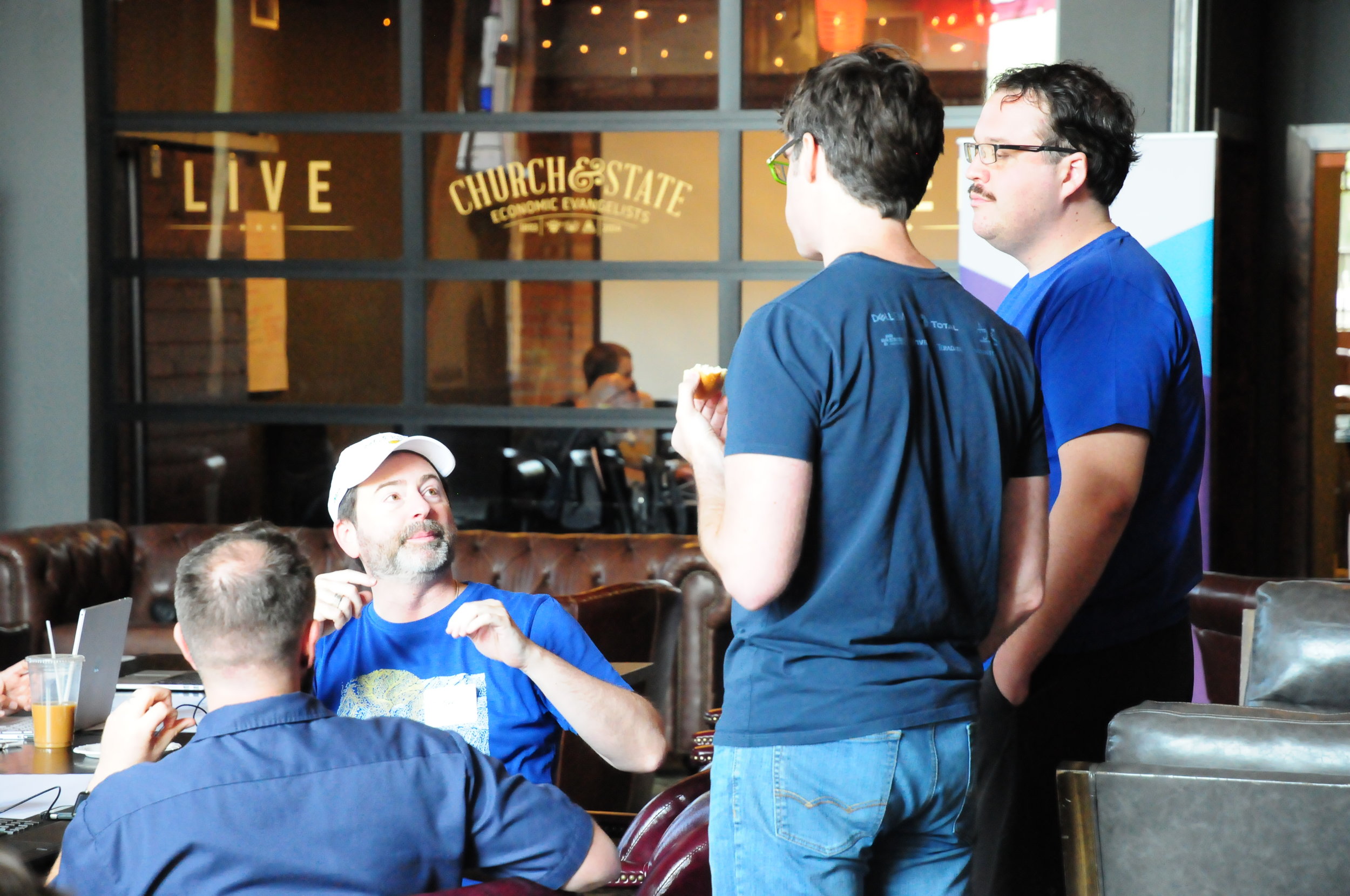

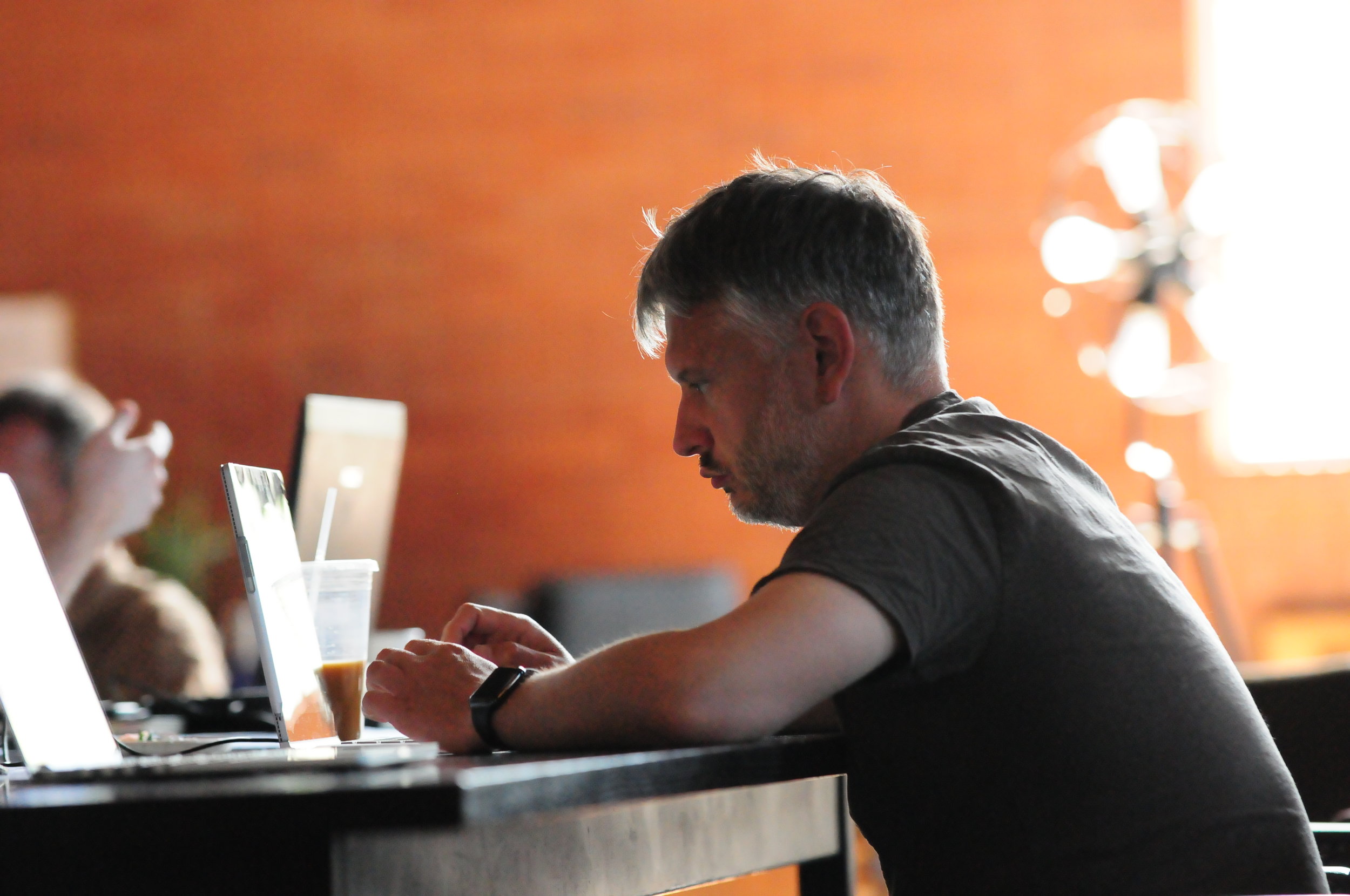
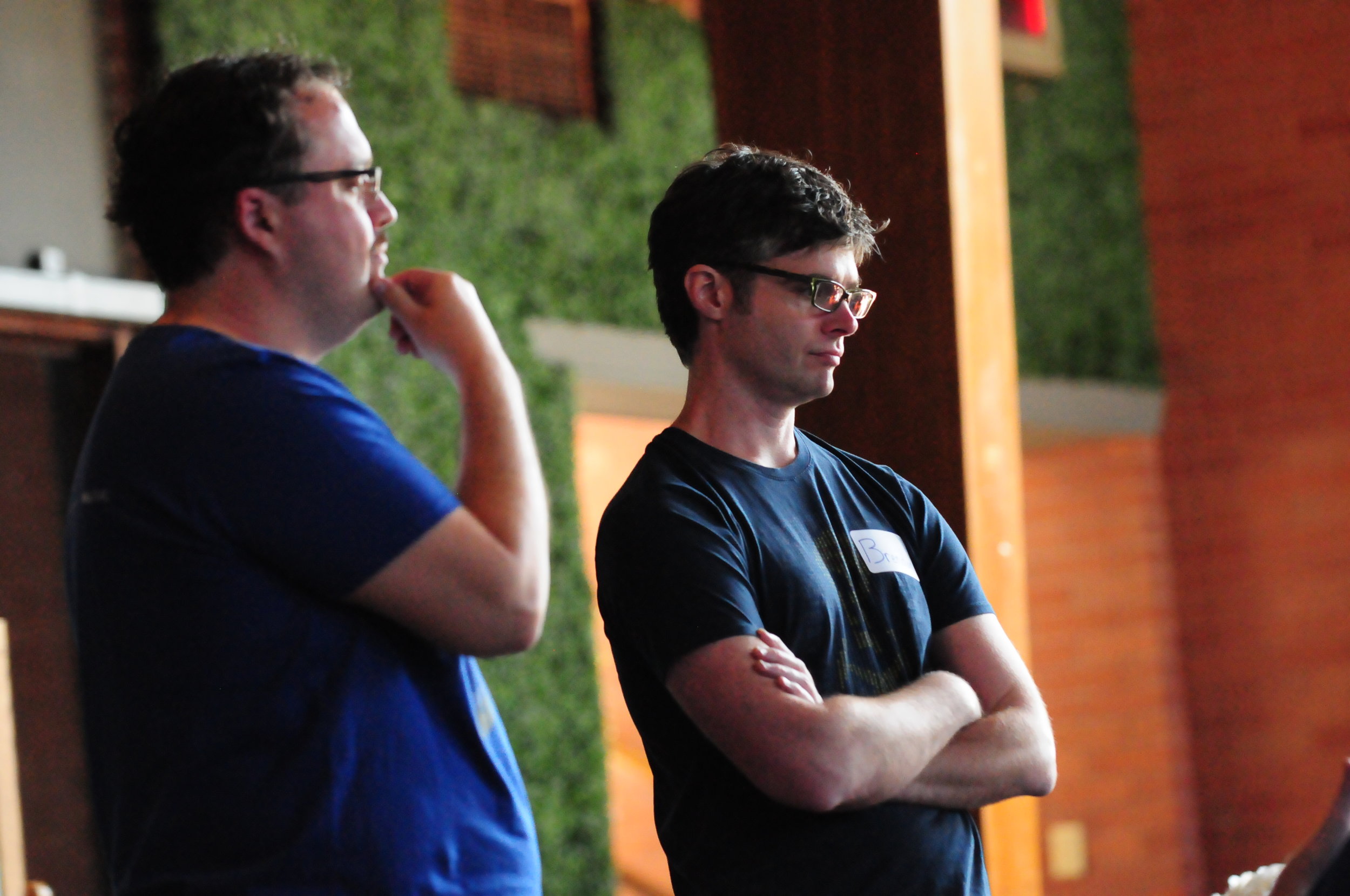

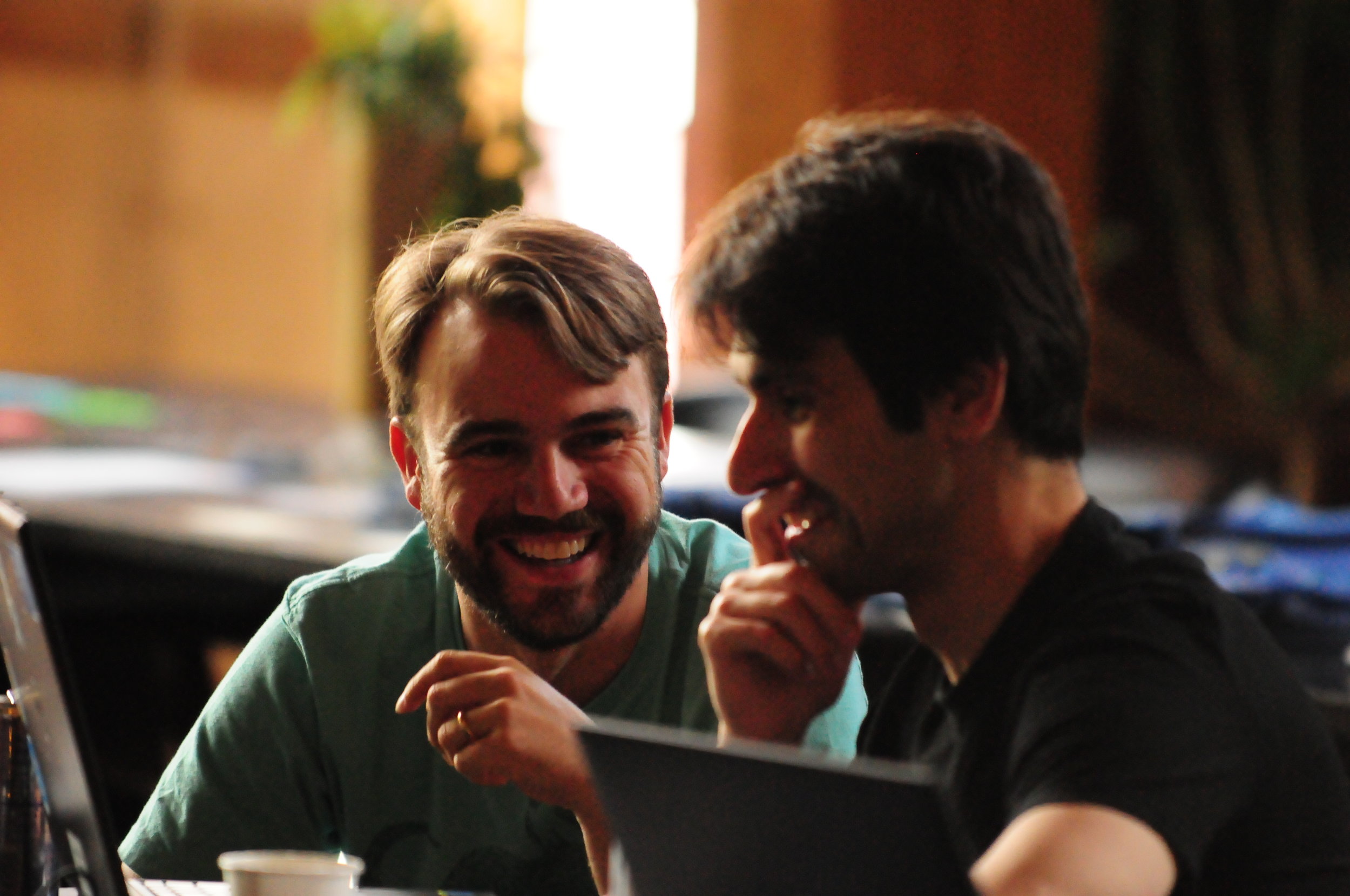
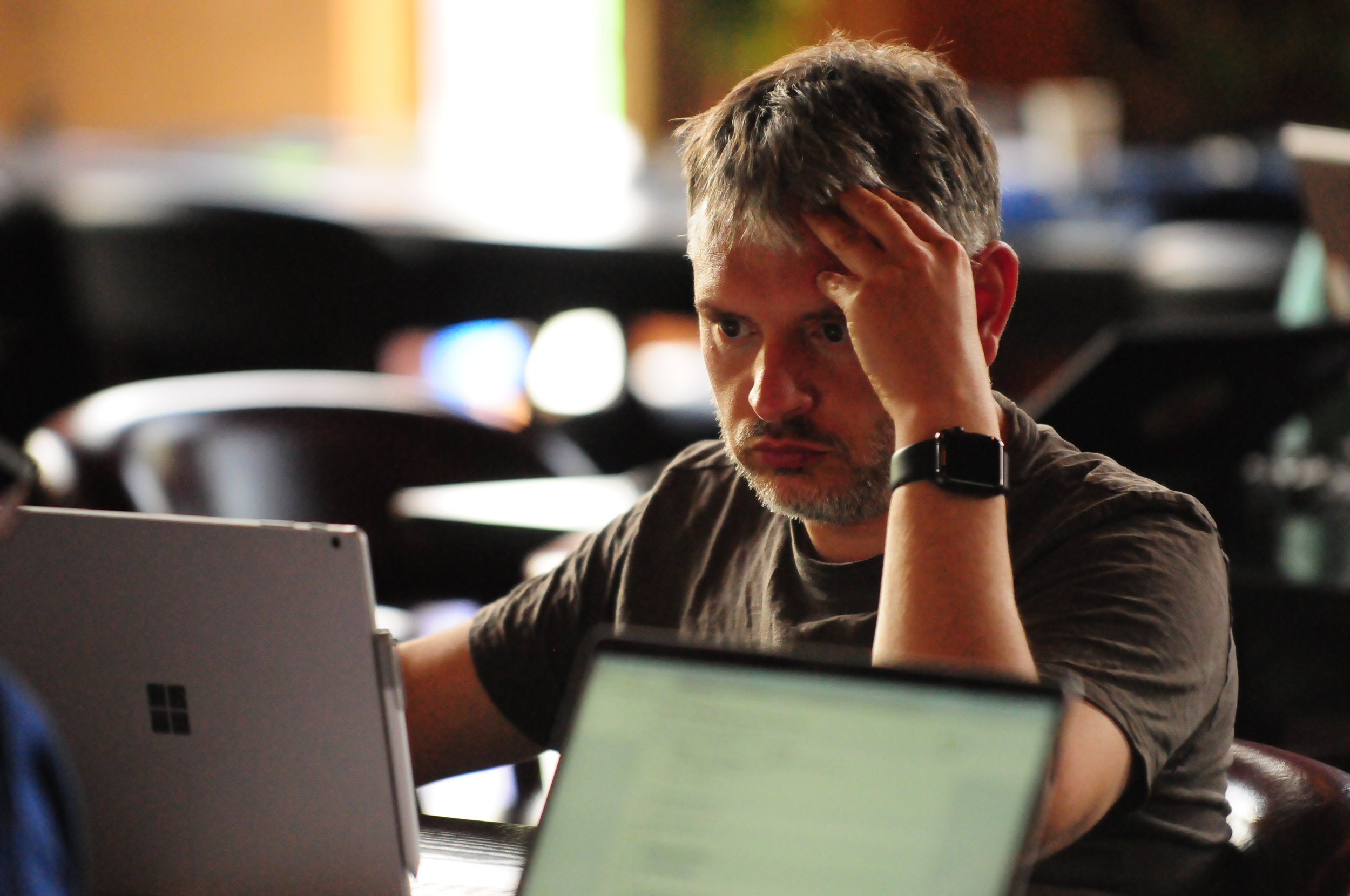


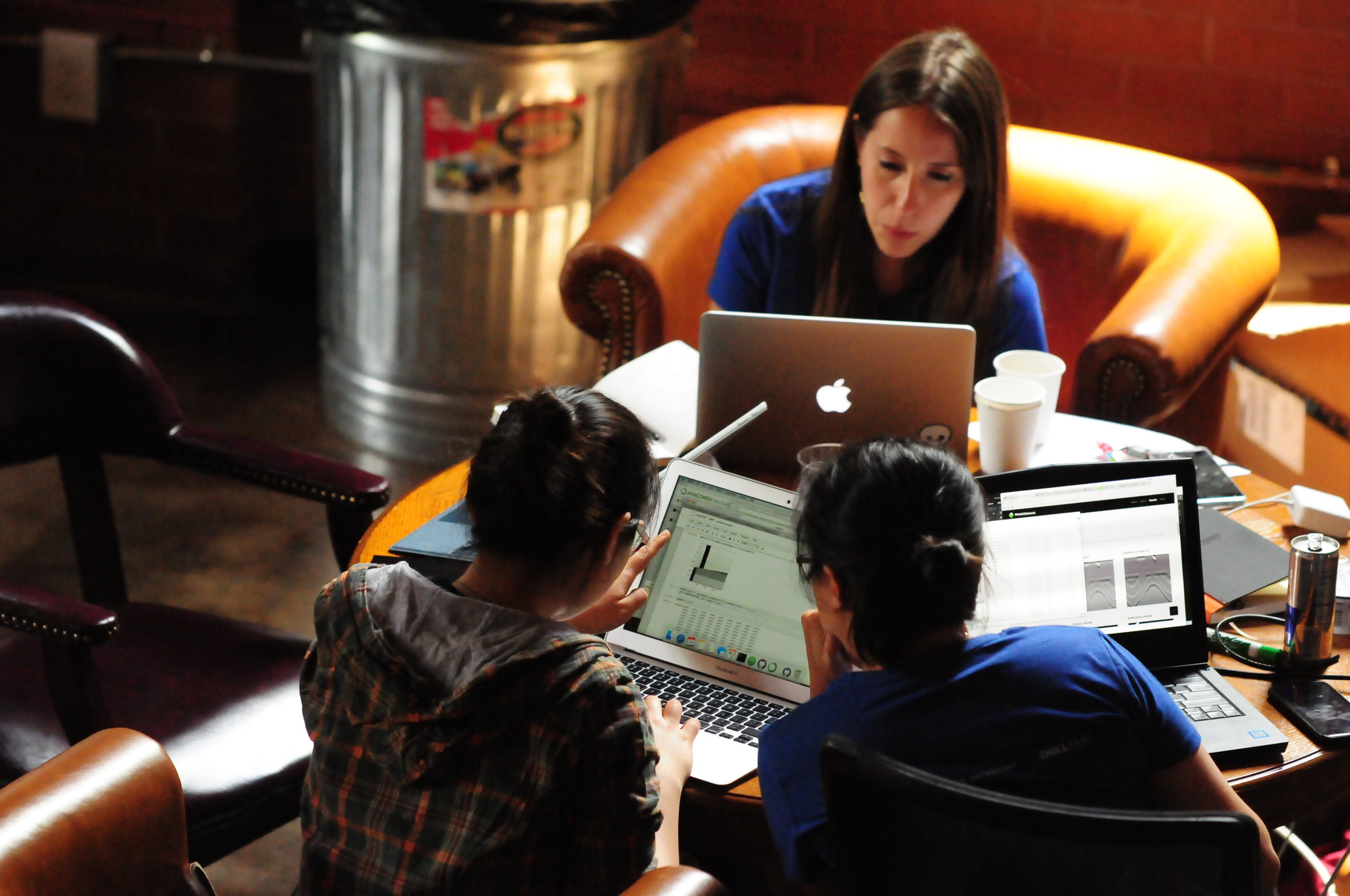


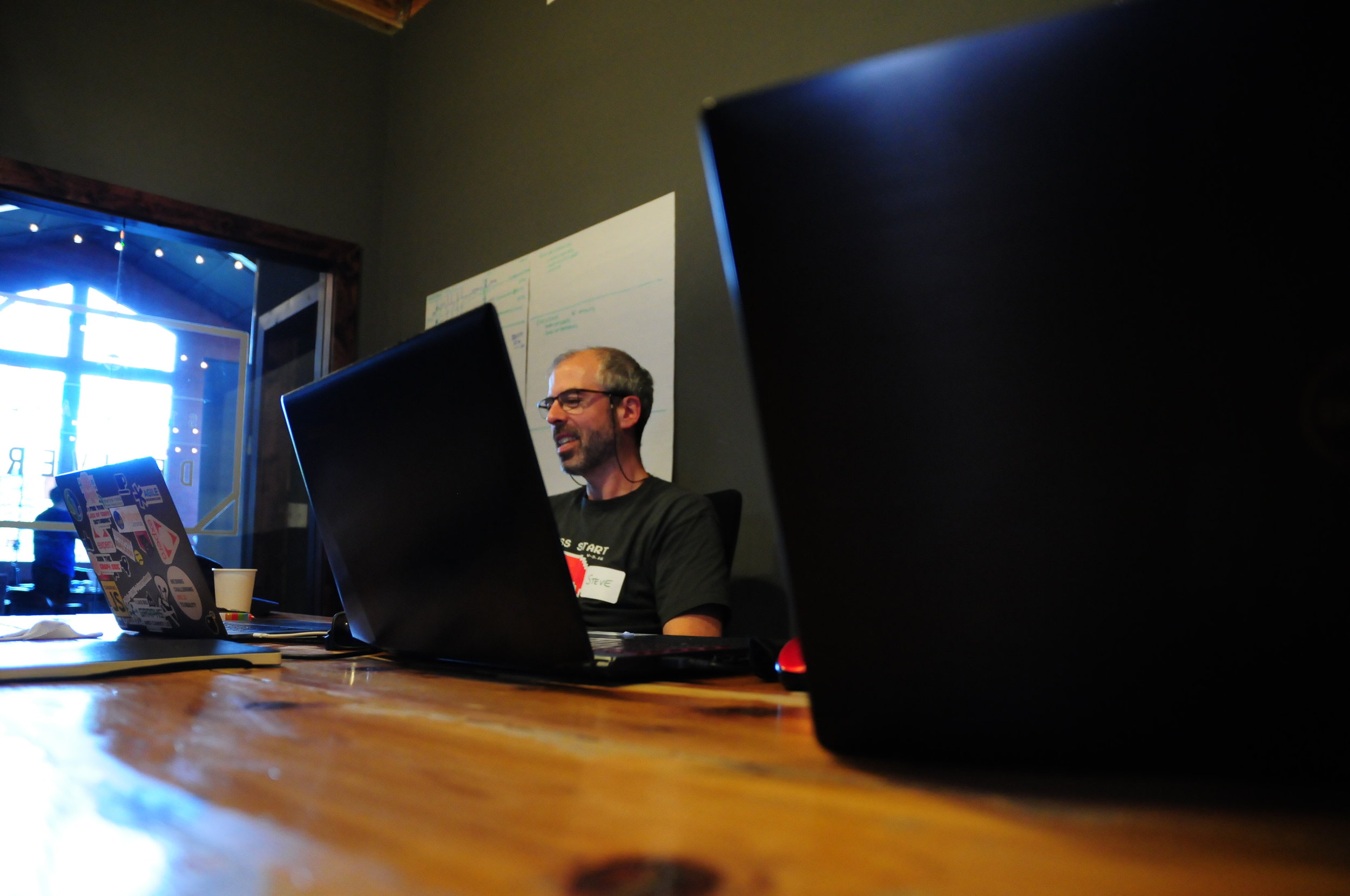


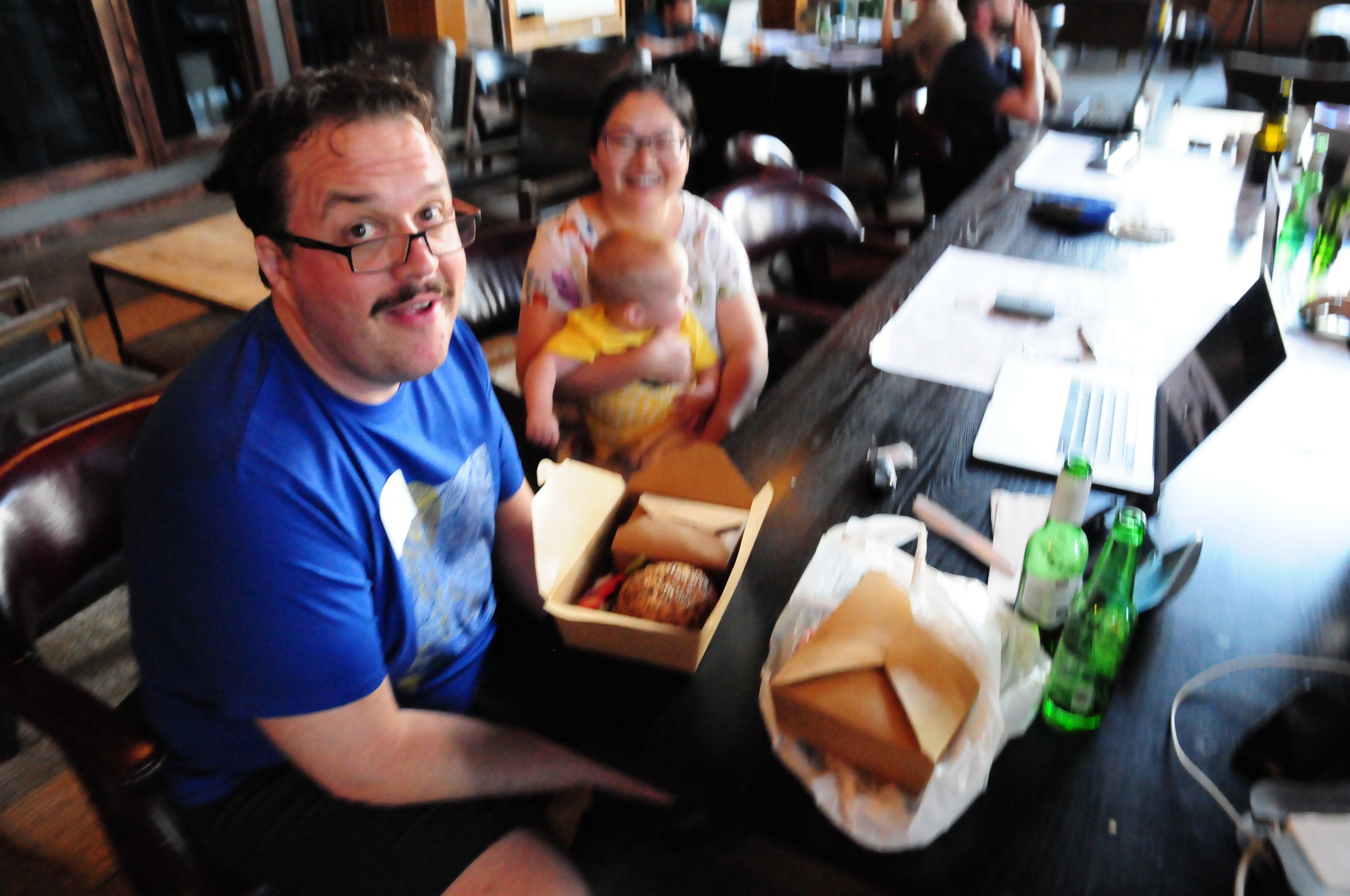


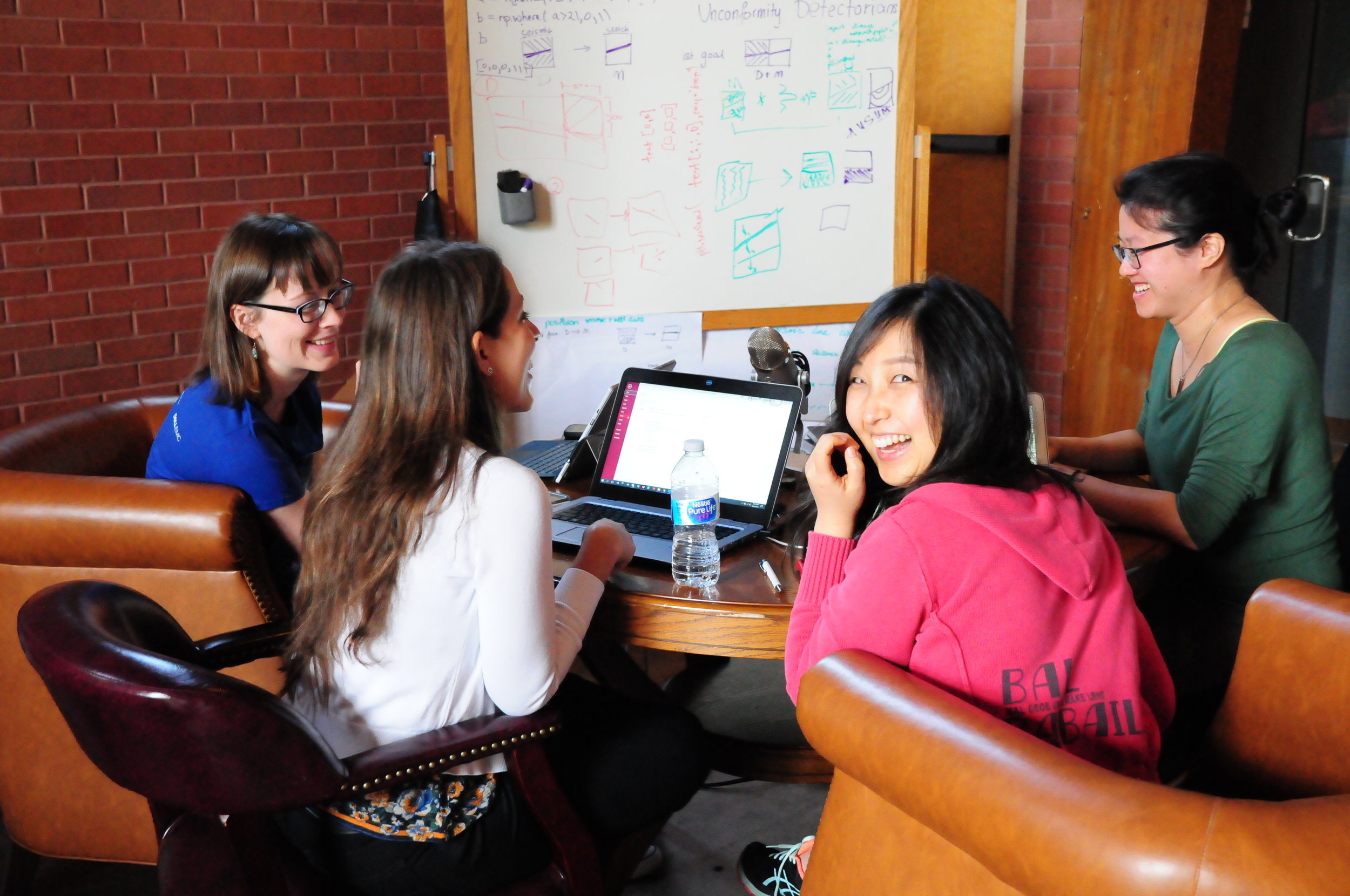




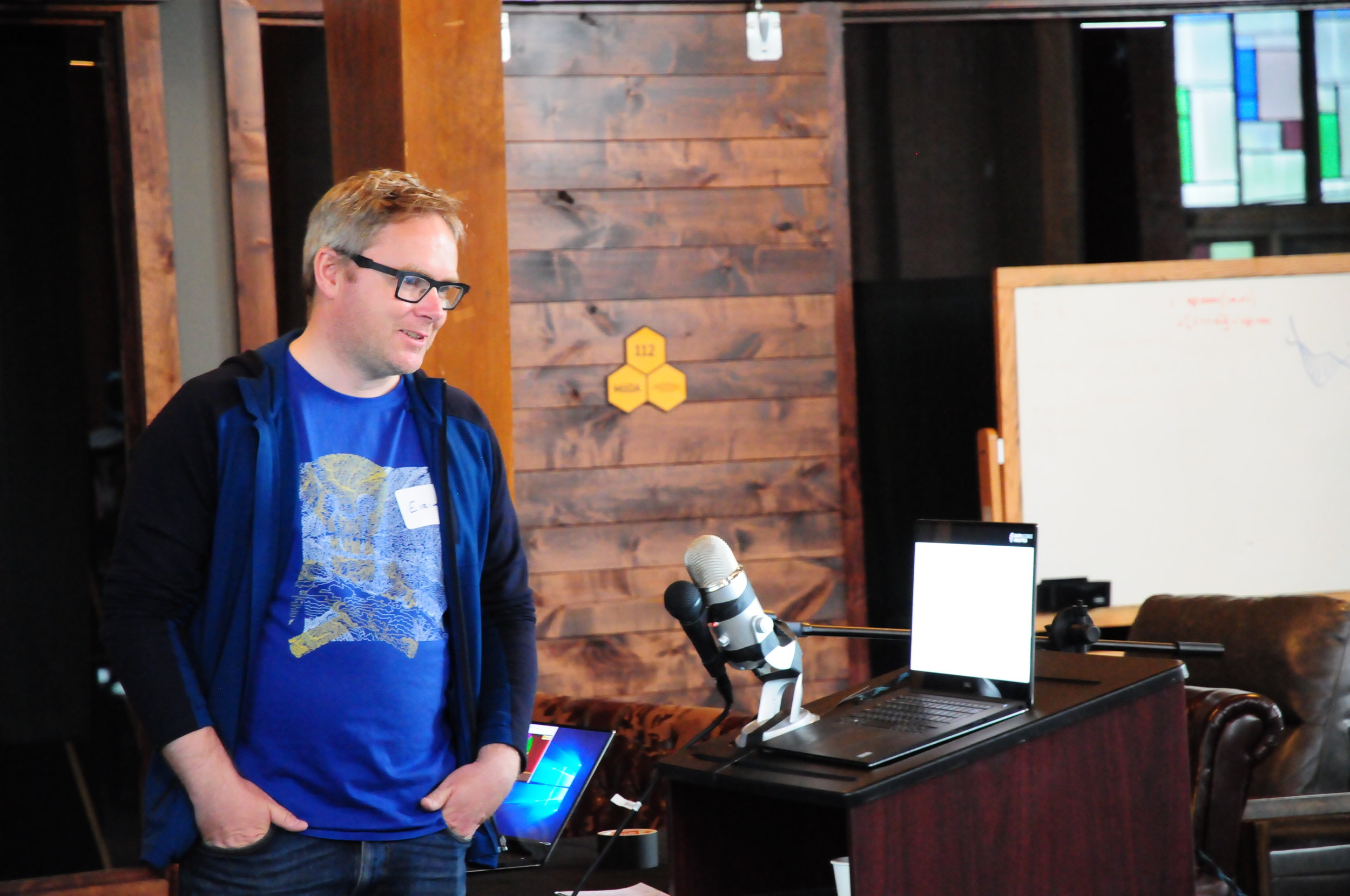

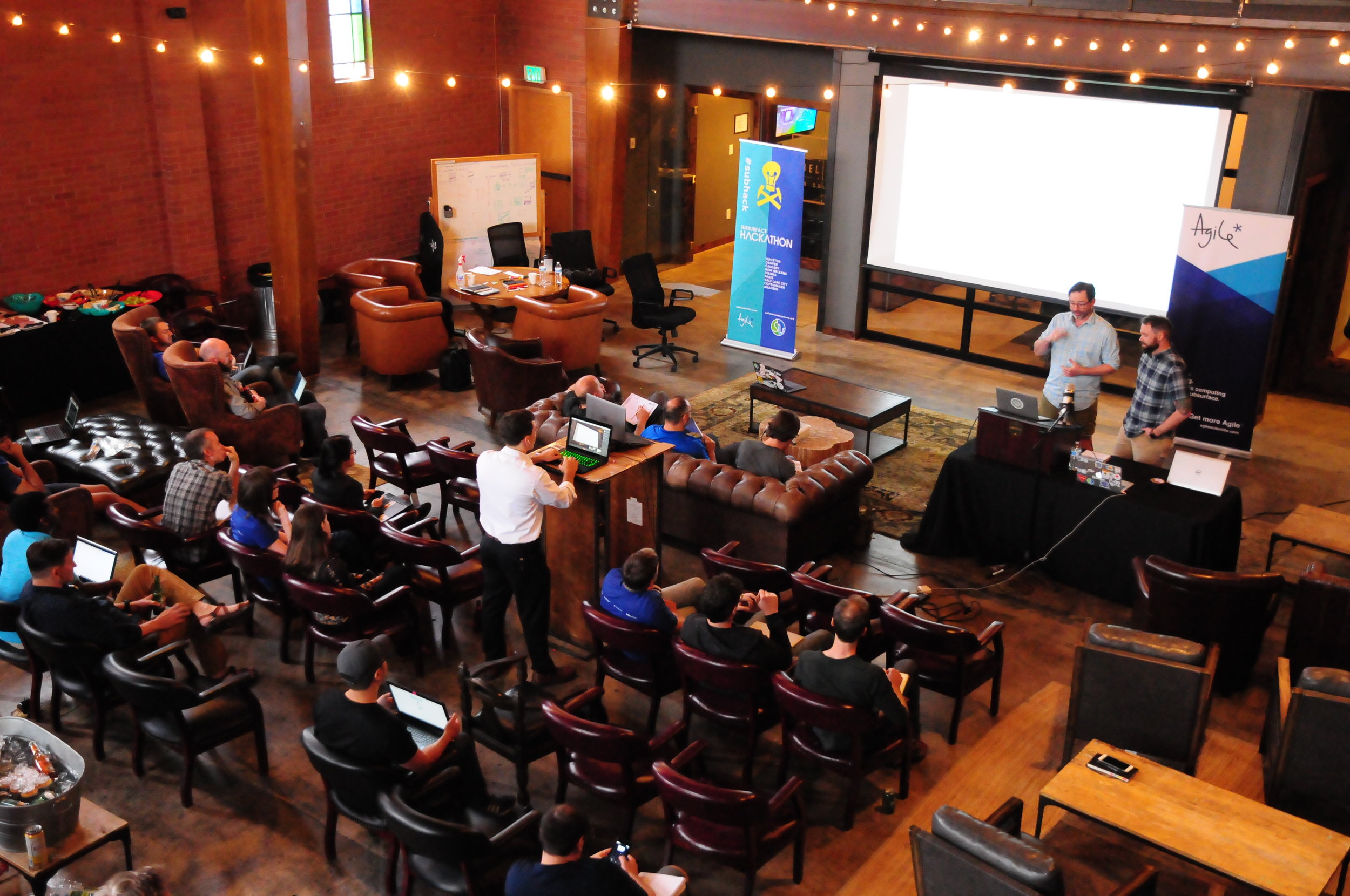

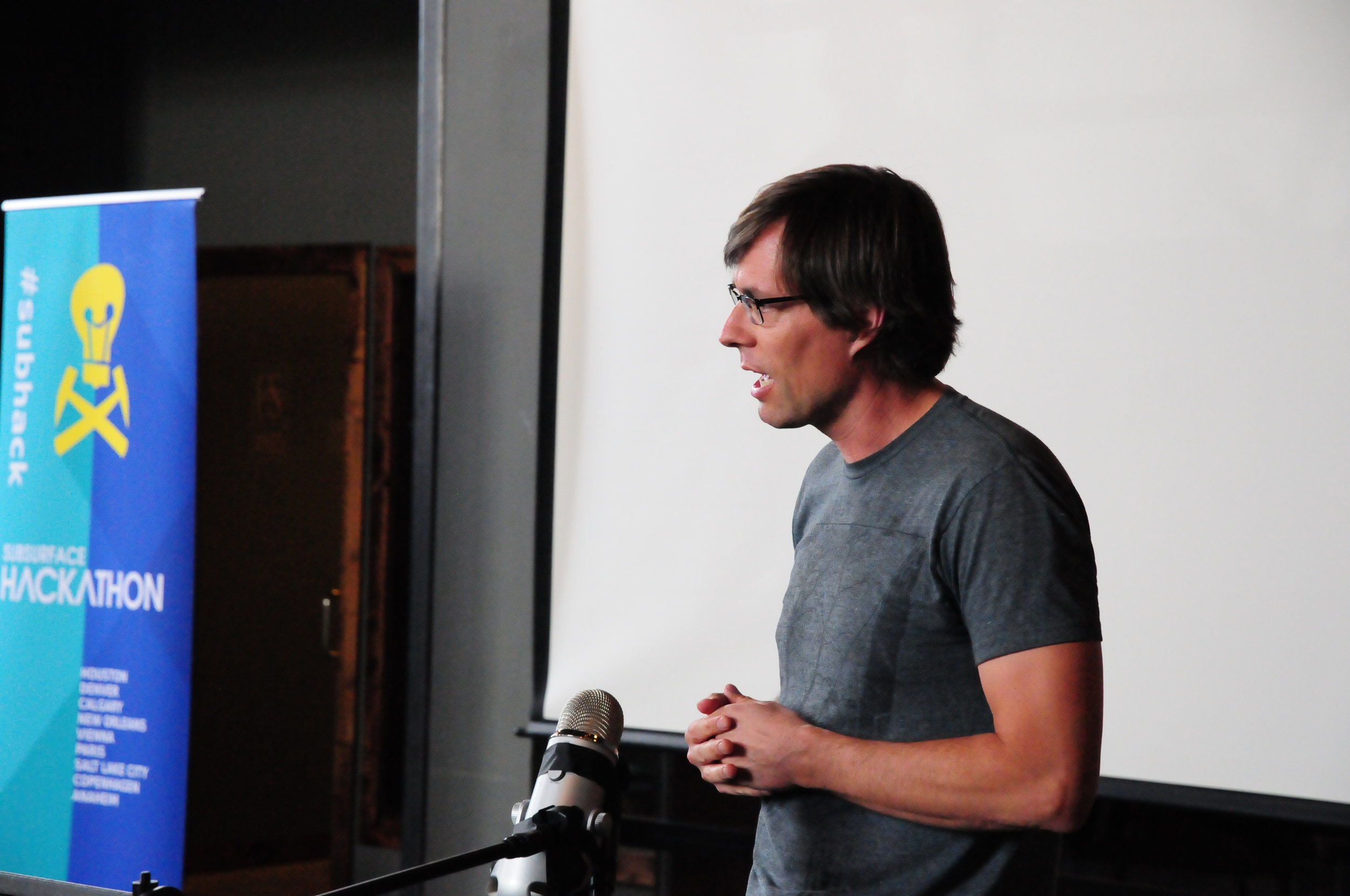

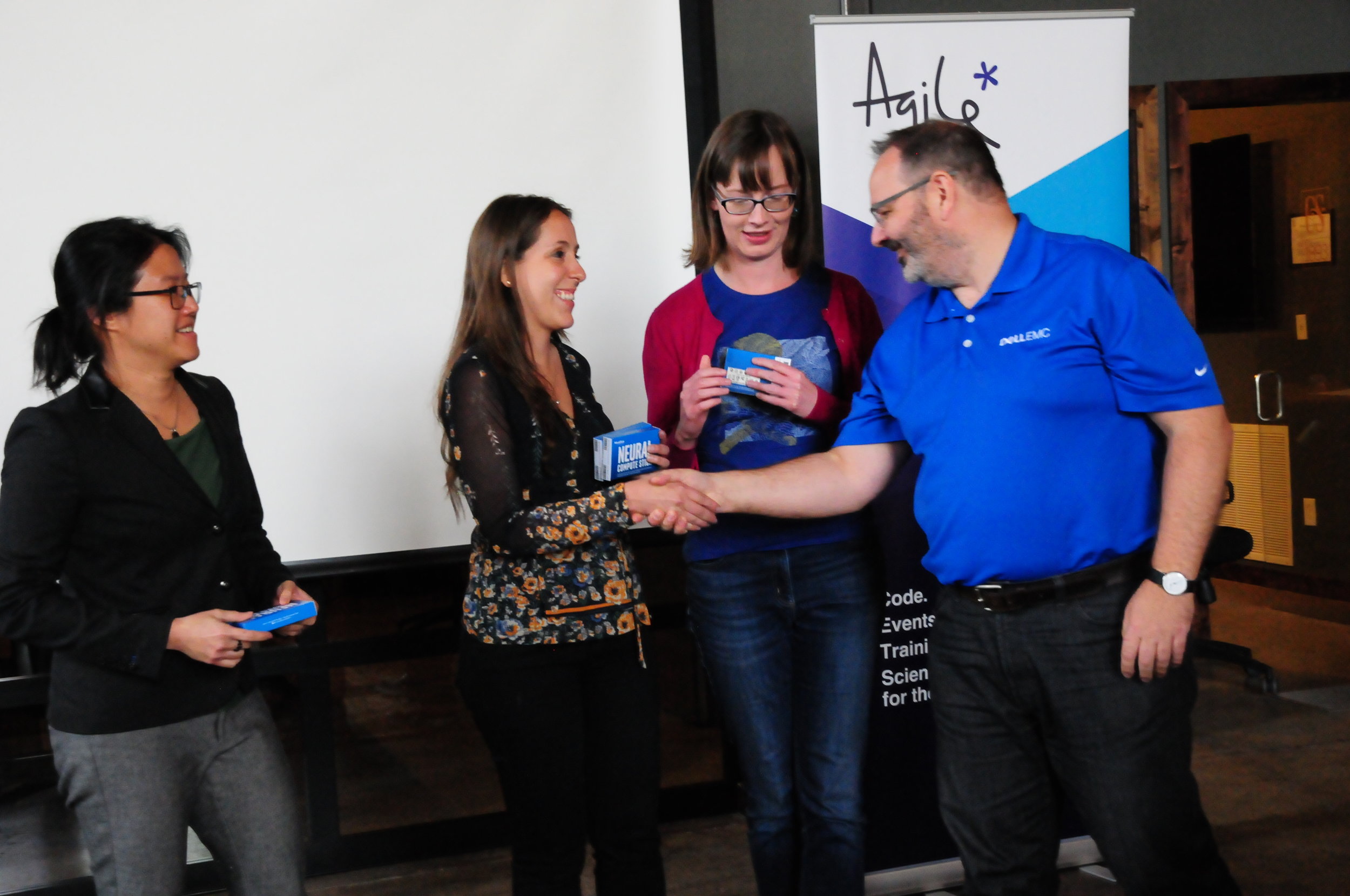


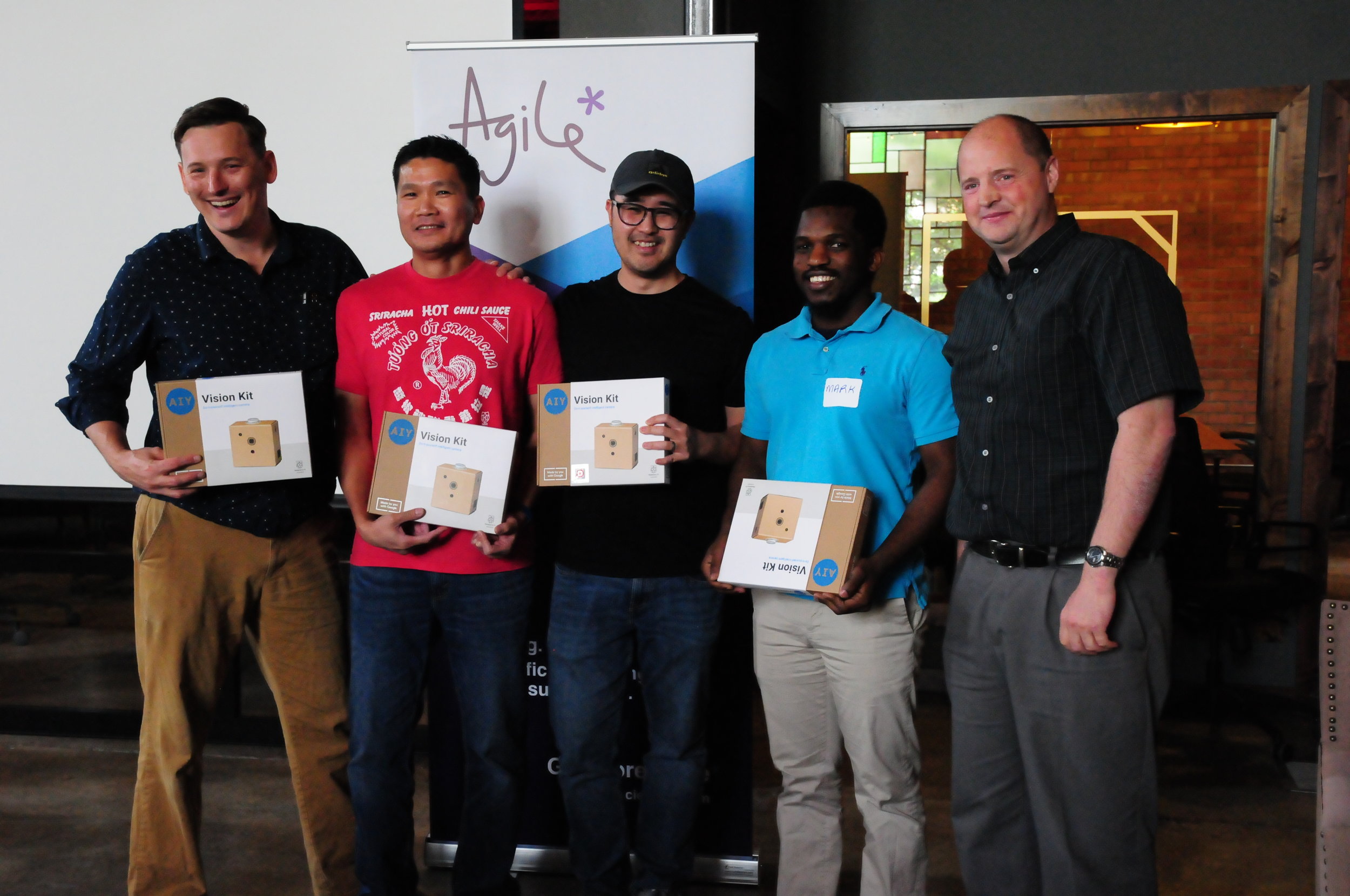
Pictures can say a lot but a few simple words, chosen at the right time, can speak volumes too. Shortly before we launched the demos, we asked the participants to choose words that best described how they were feeling. Here's what we got:
Each participant was able to submit three responses, and although we aren't able to tell who said what, we were able to scrape the data and look at each person's chosen triplet of words. A couple of noteworthy ones were: educated, naptime, inspired and the expressive woo, yeah, perfect. But my personal favorite, by far, has to be the combination of: dead, defeated, inspired.
The creative process can be a rollercoaster of emotions. It's not easy. It's not always comfortable. Things don't always work out. But that's entirely ok. Indeed, facing up to this discomfort, as individuals and as organizations, is a necesary step in the path to digital transformation.
Enough Zen! To all the participants who put in the hard work this weekend, and to our wonderful sponsors who brought all kinds of support, I thank you and I salute you.






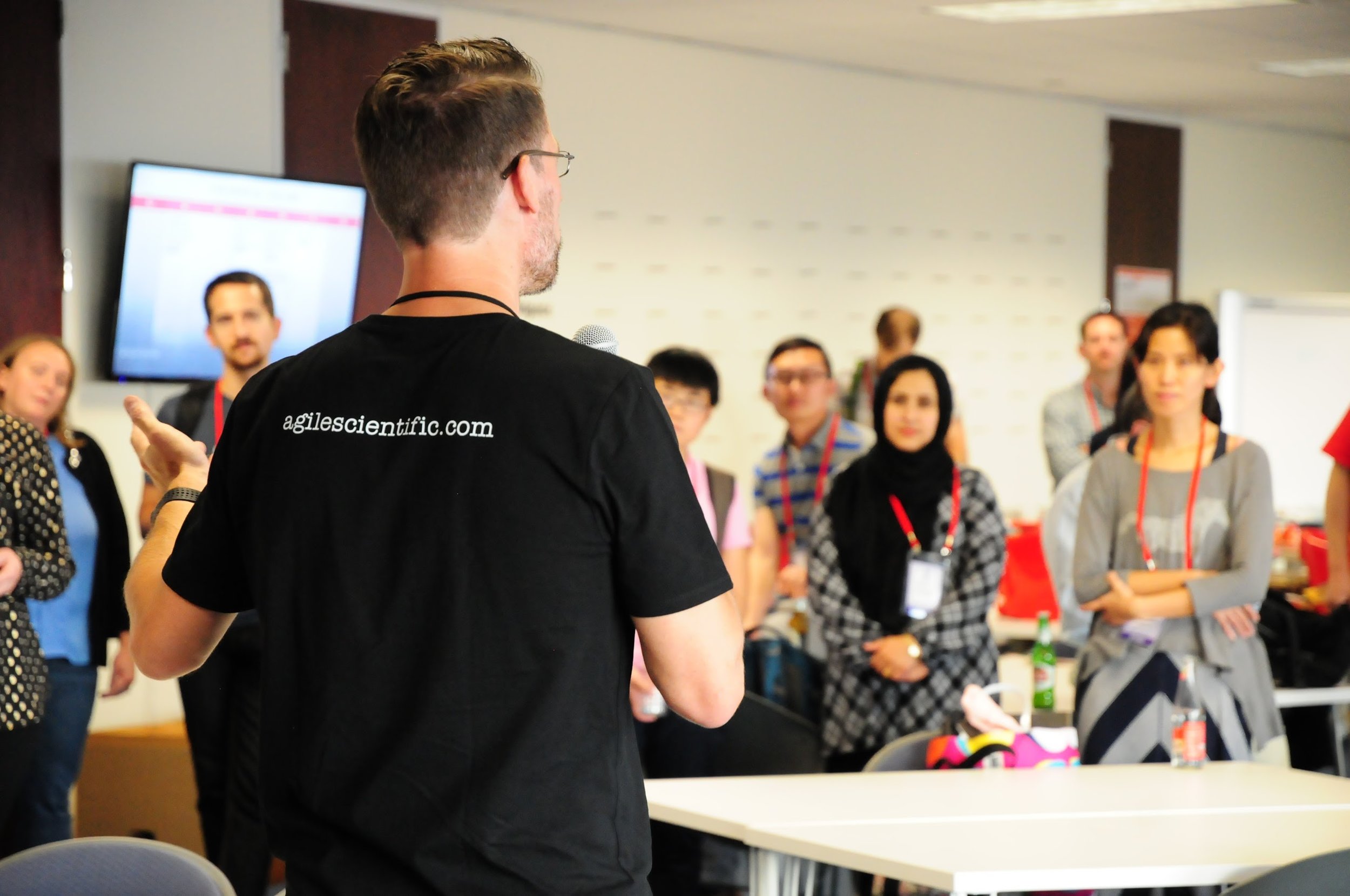
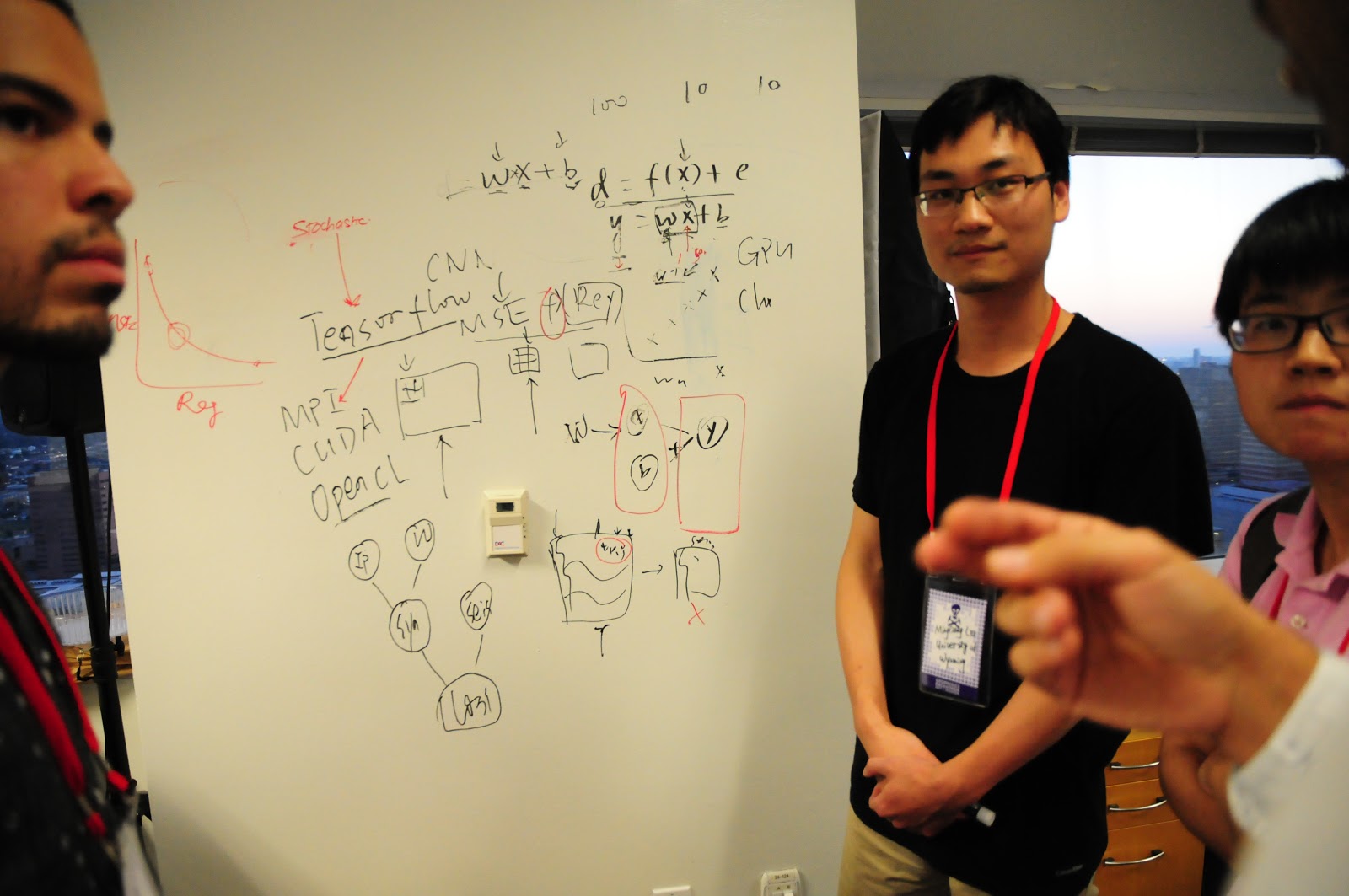

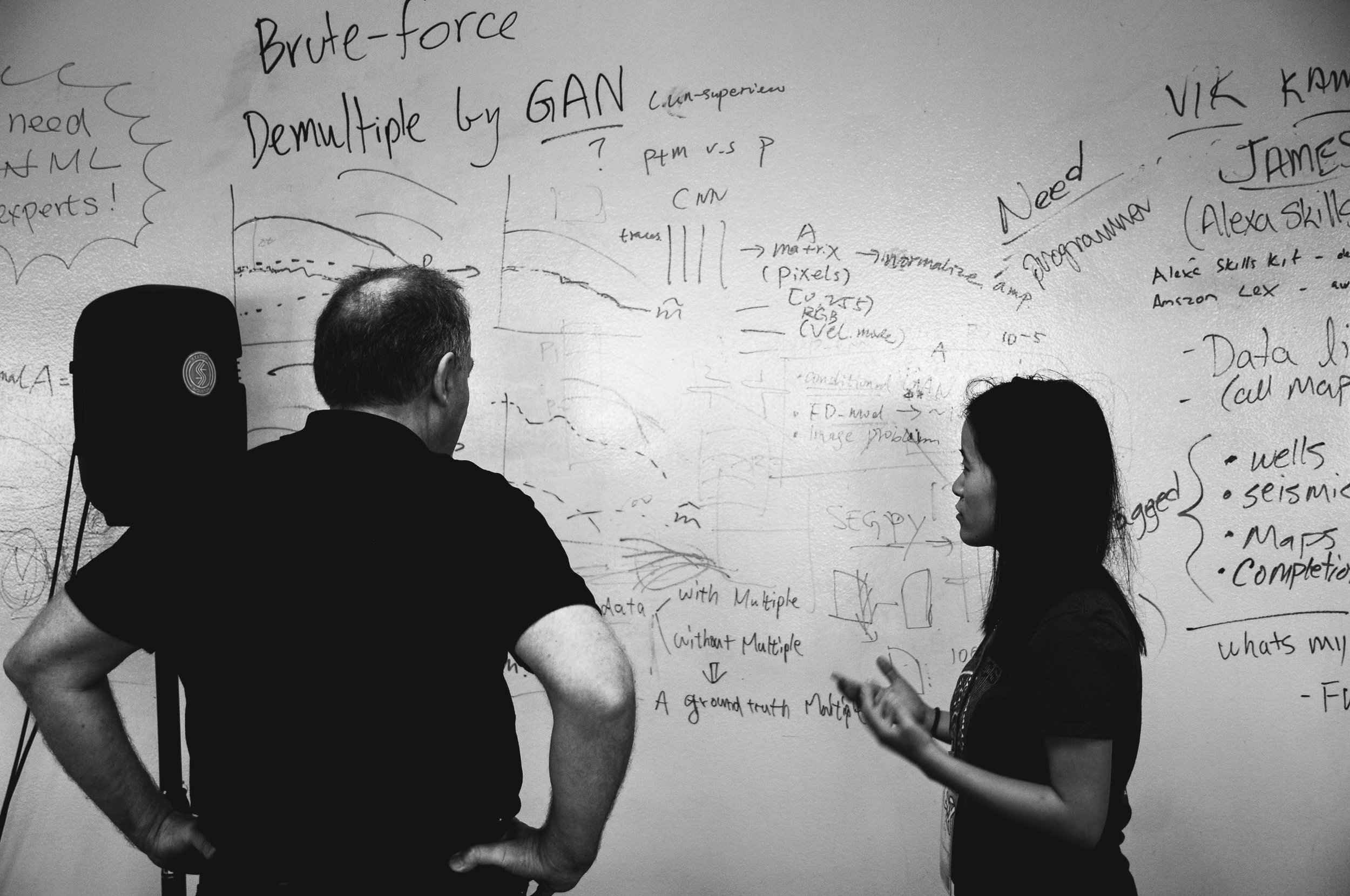
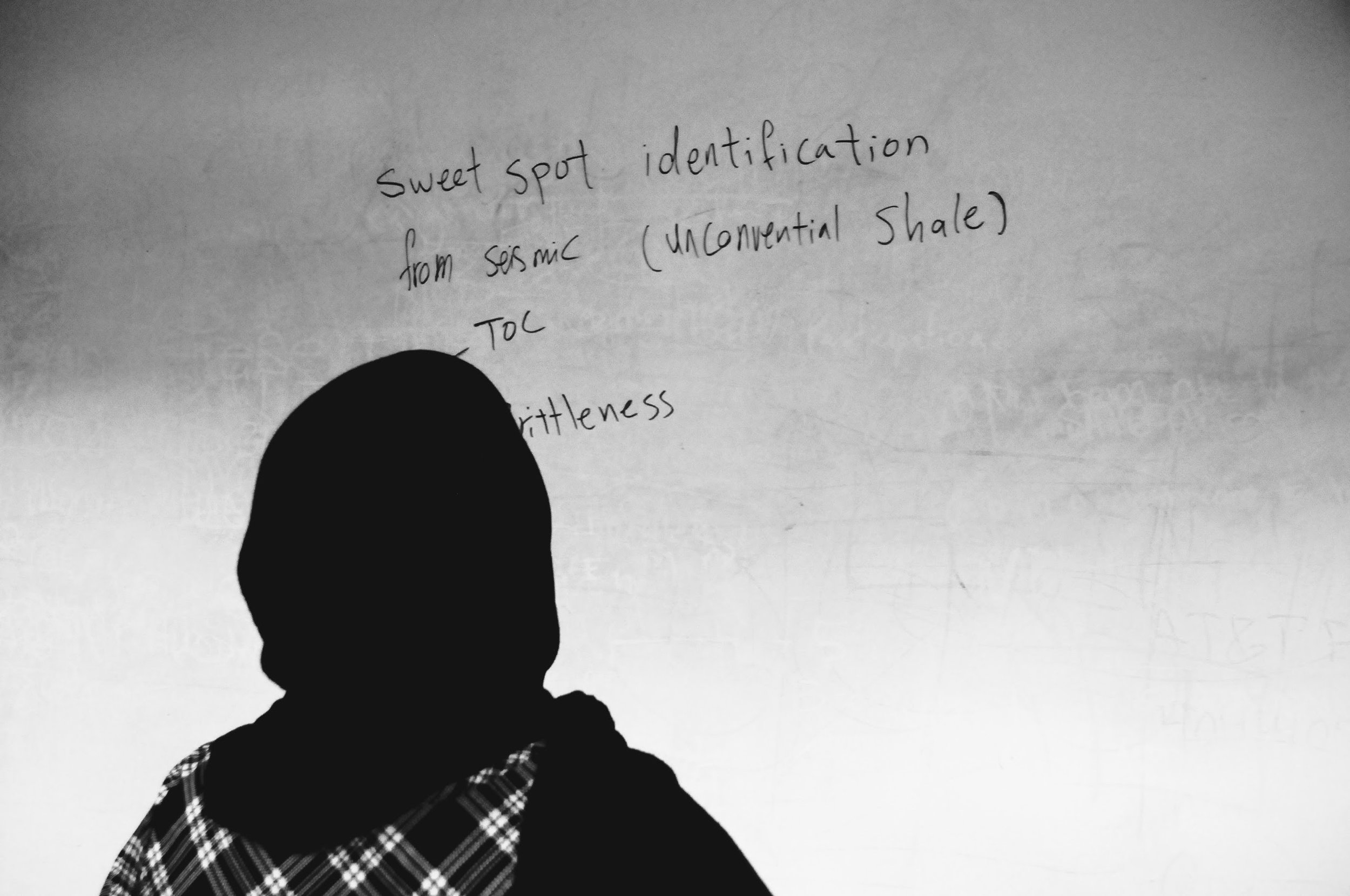
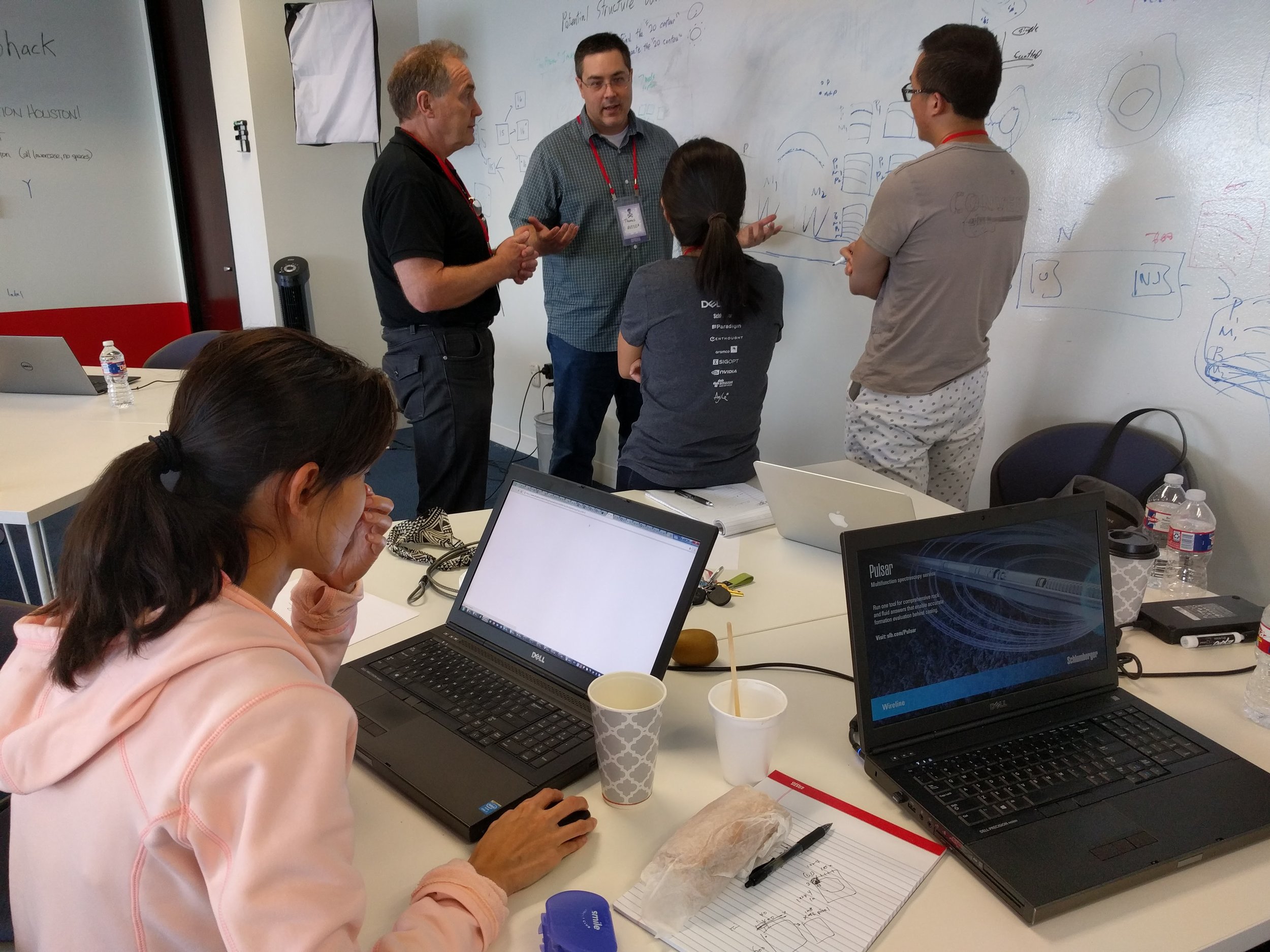
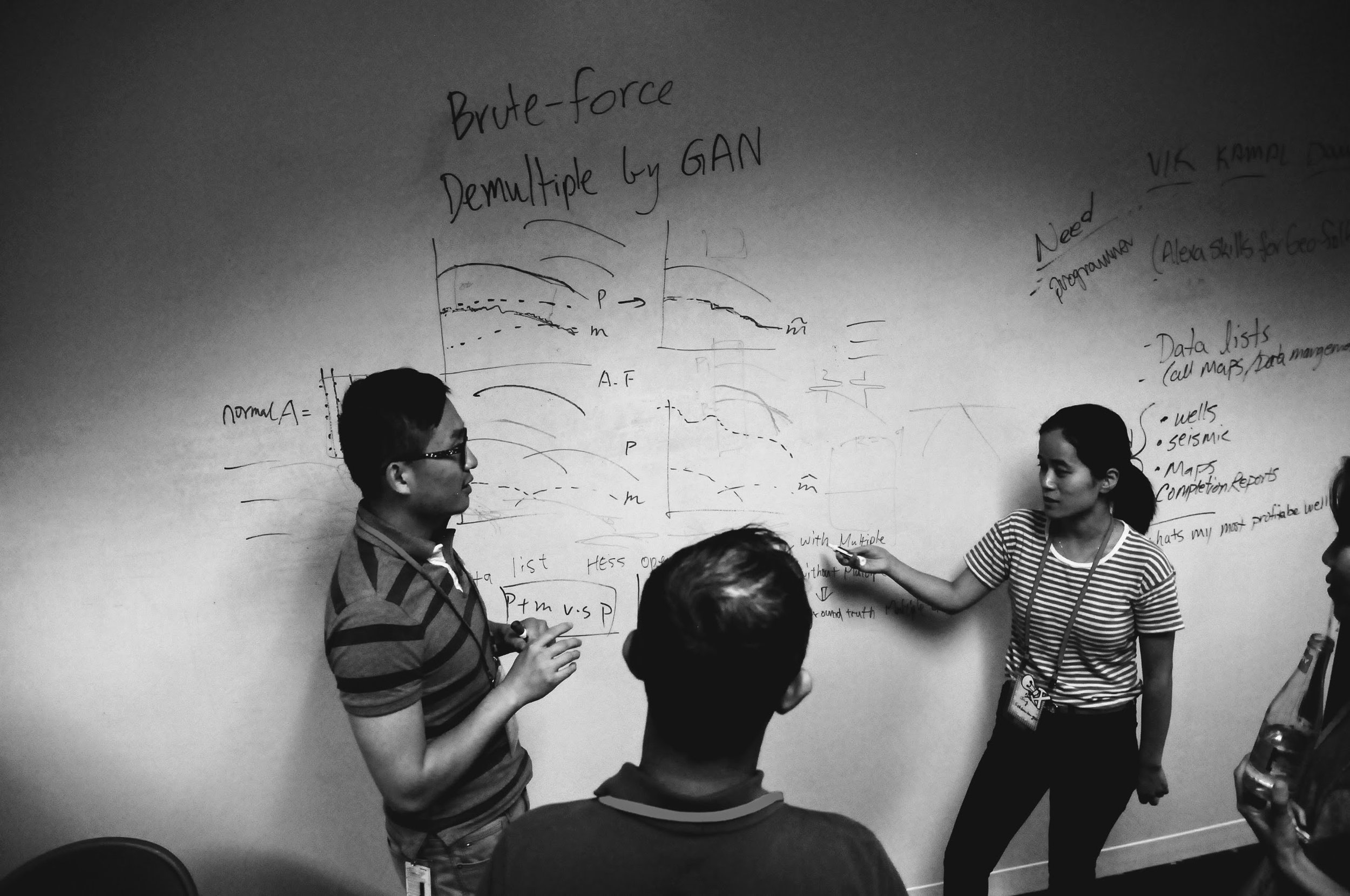
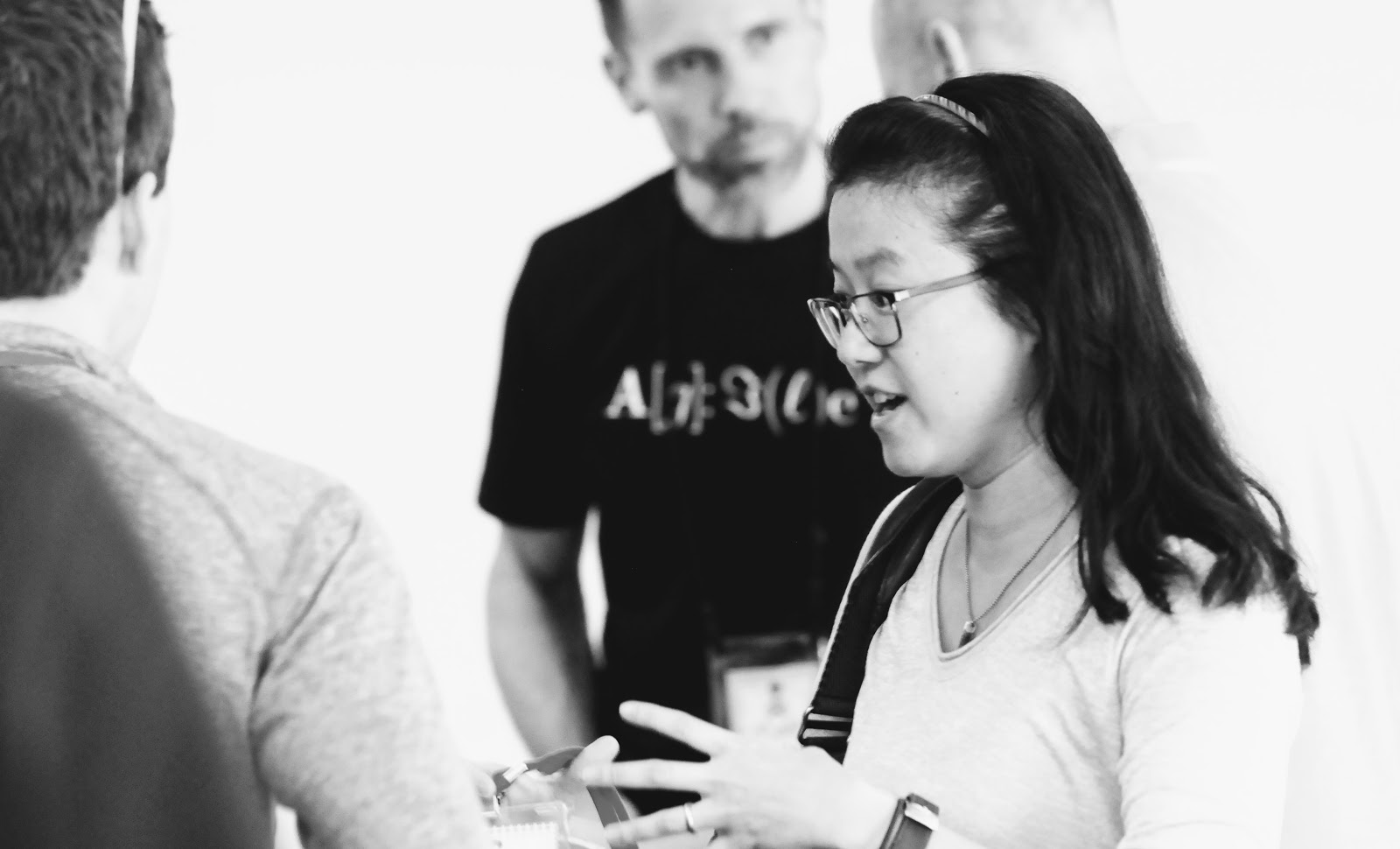
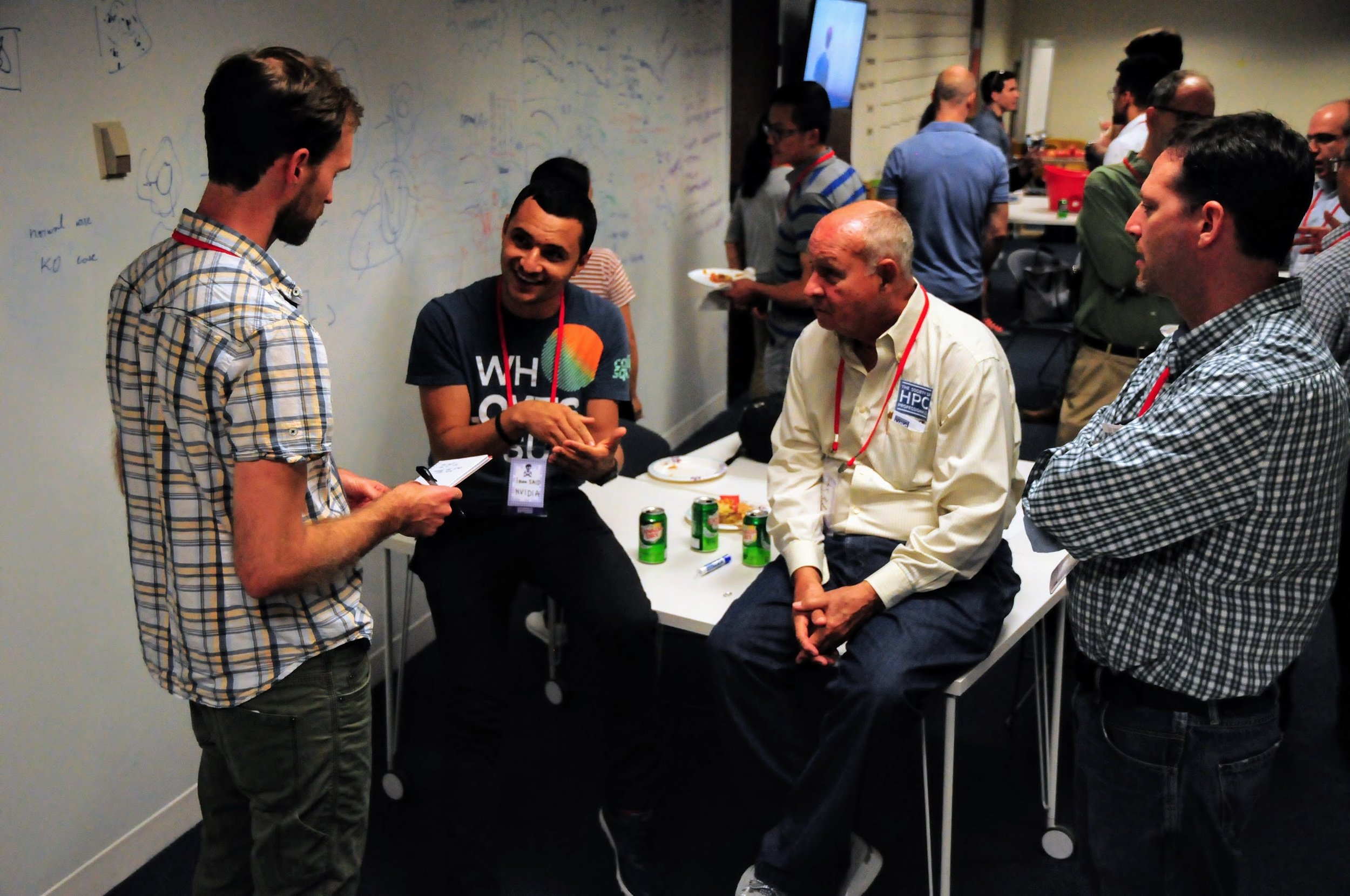
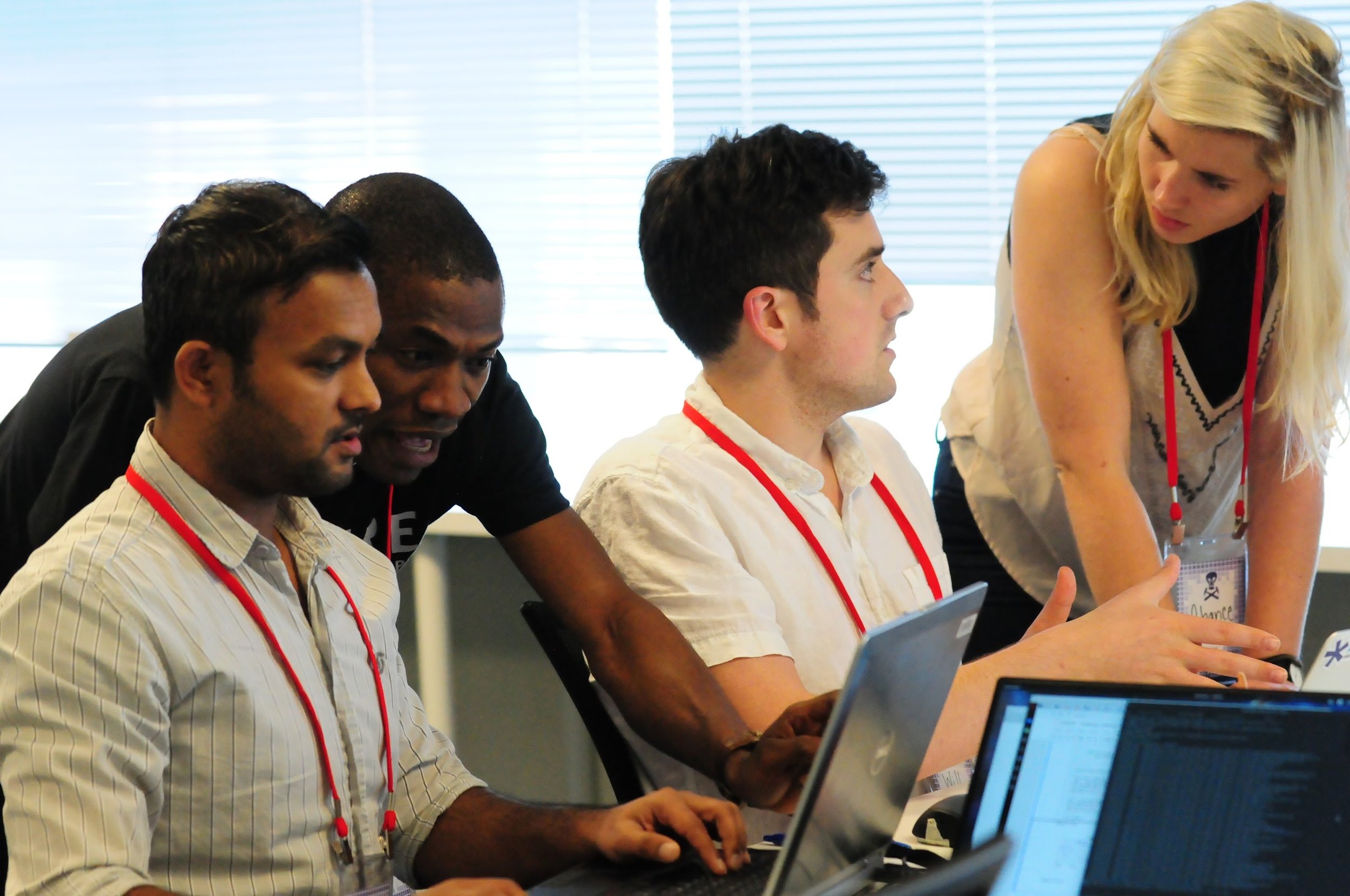
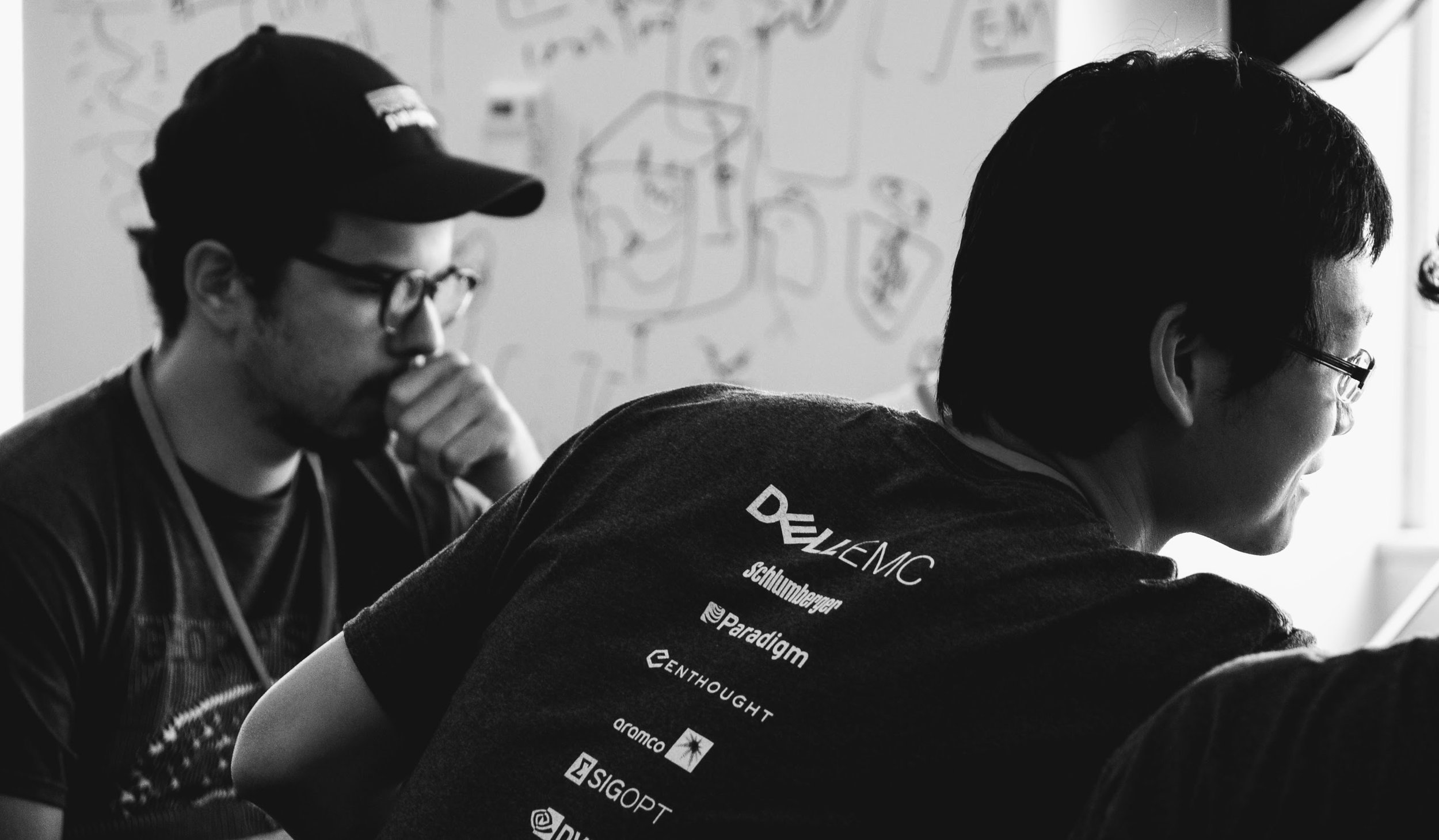
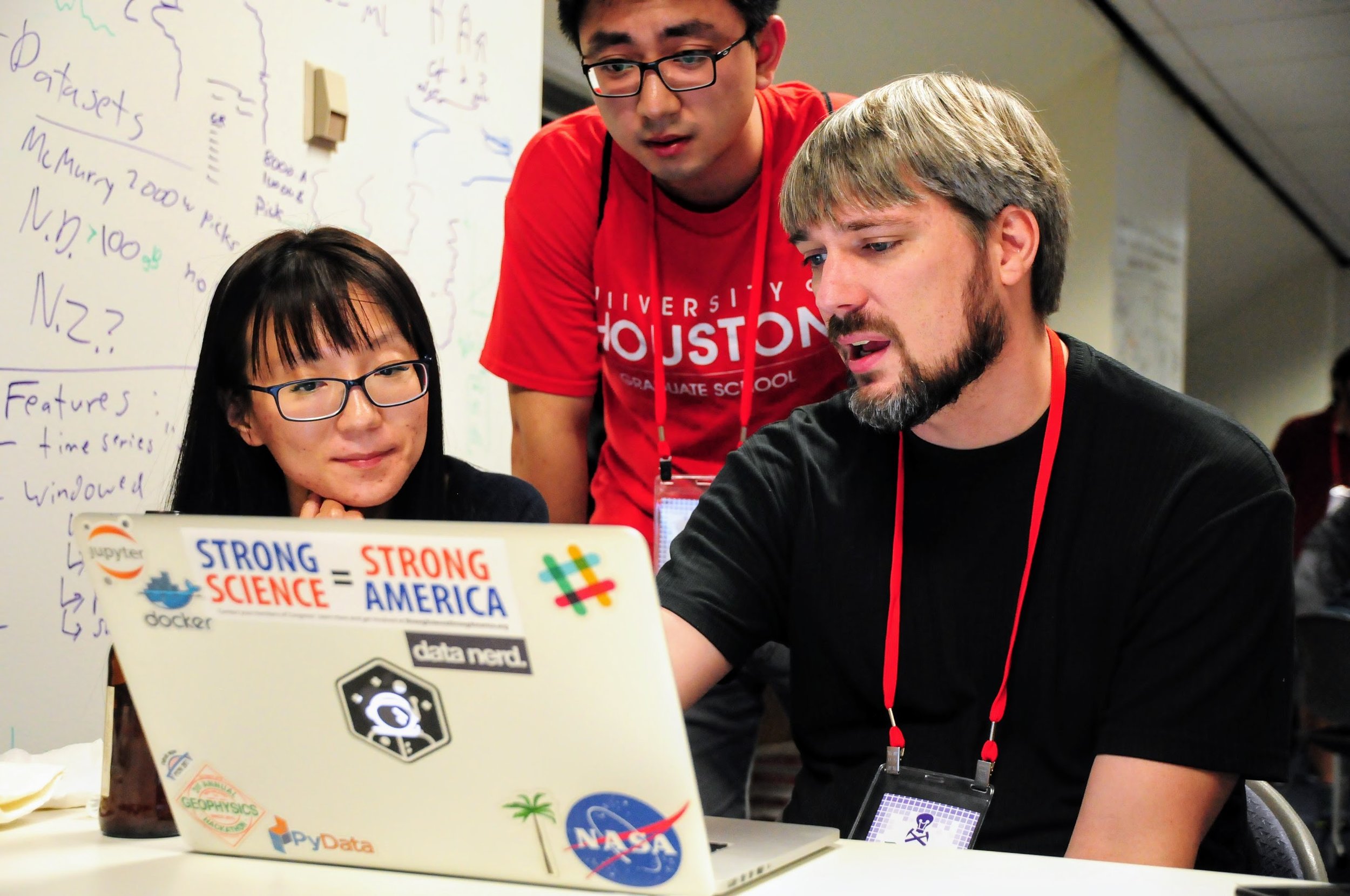
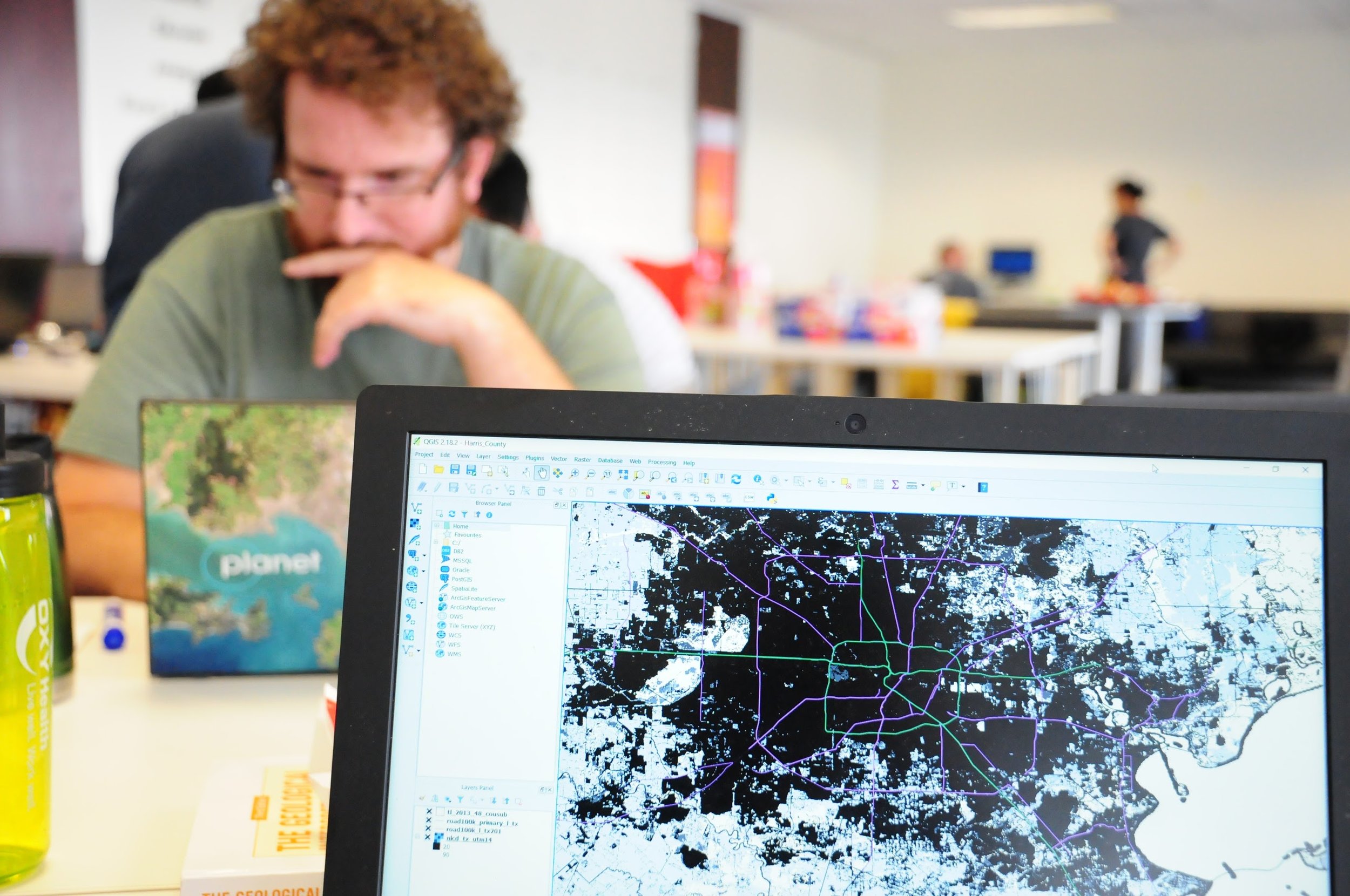
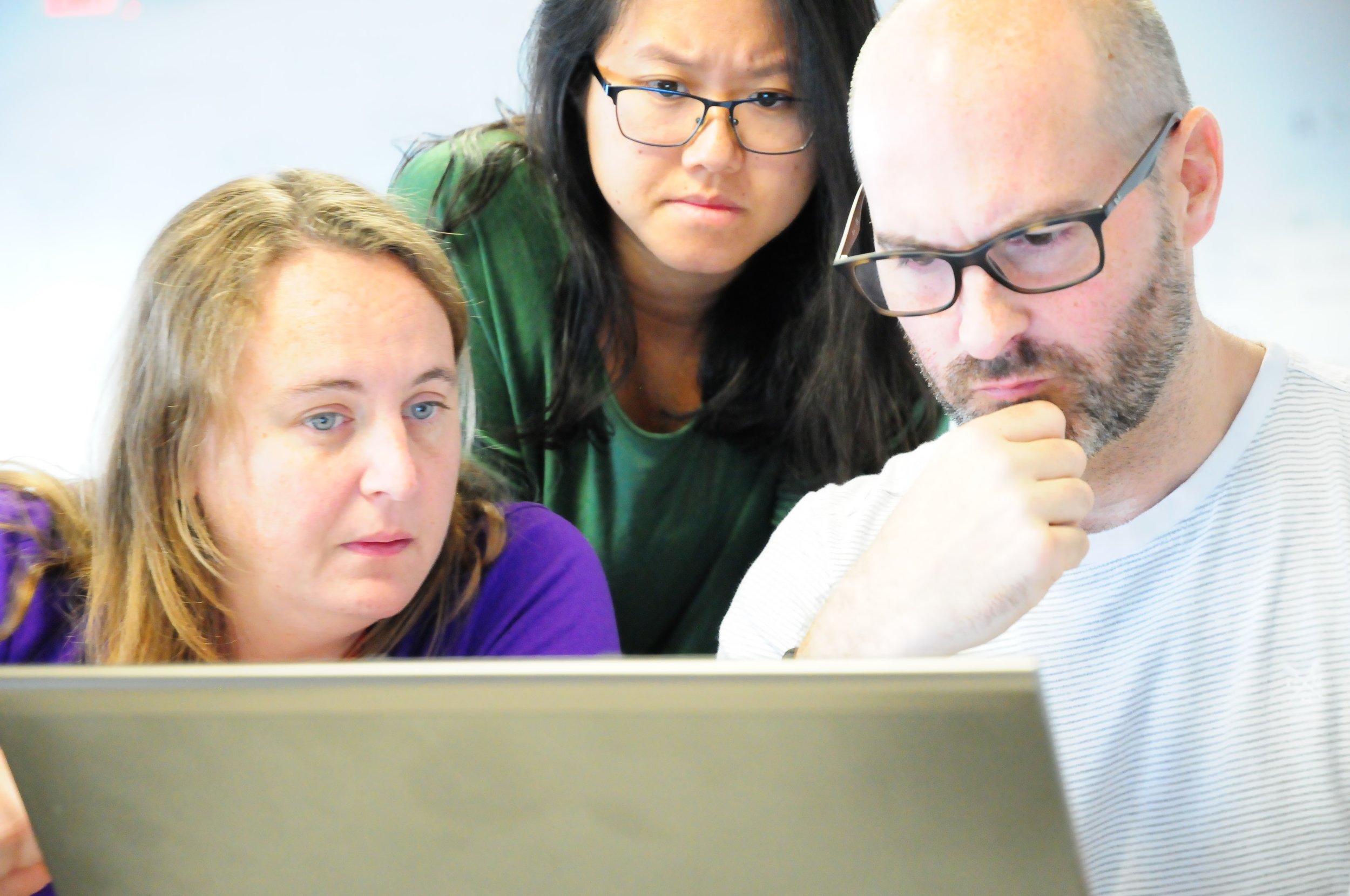
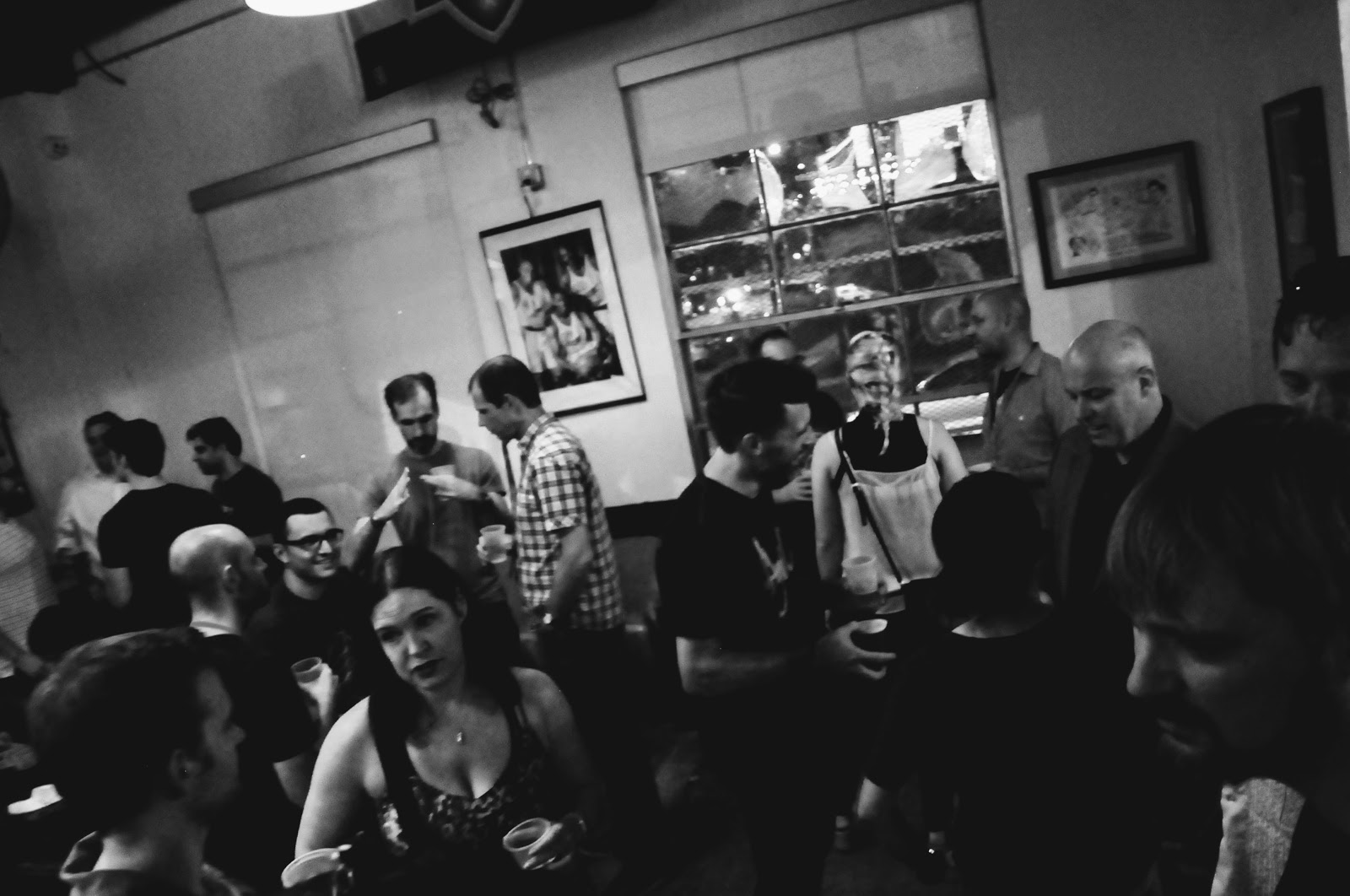
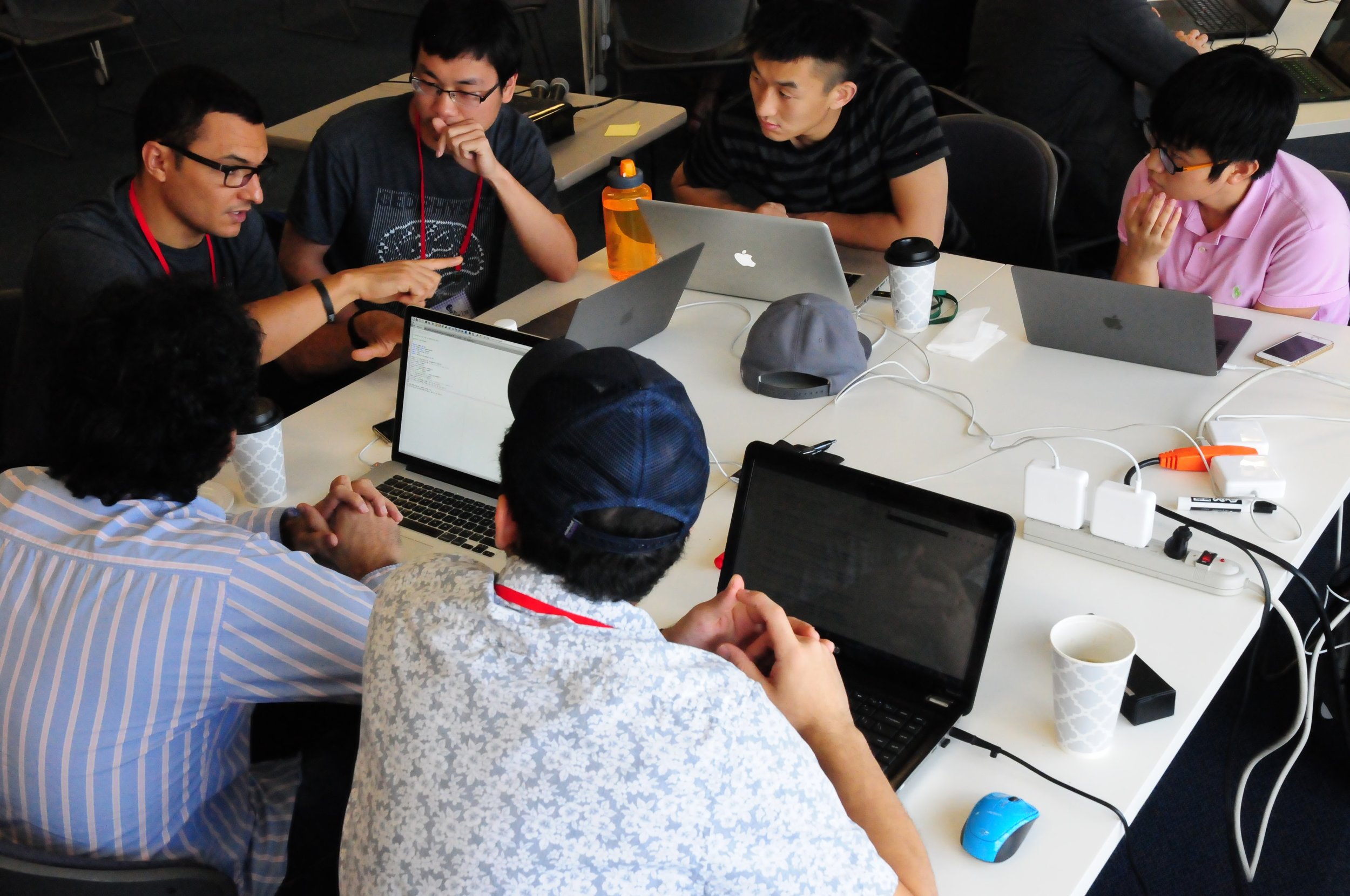
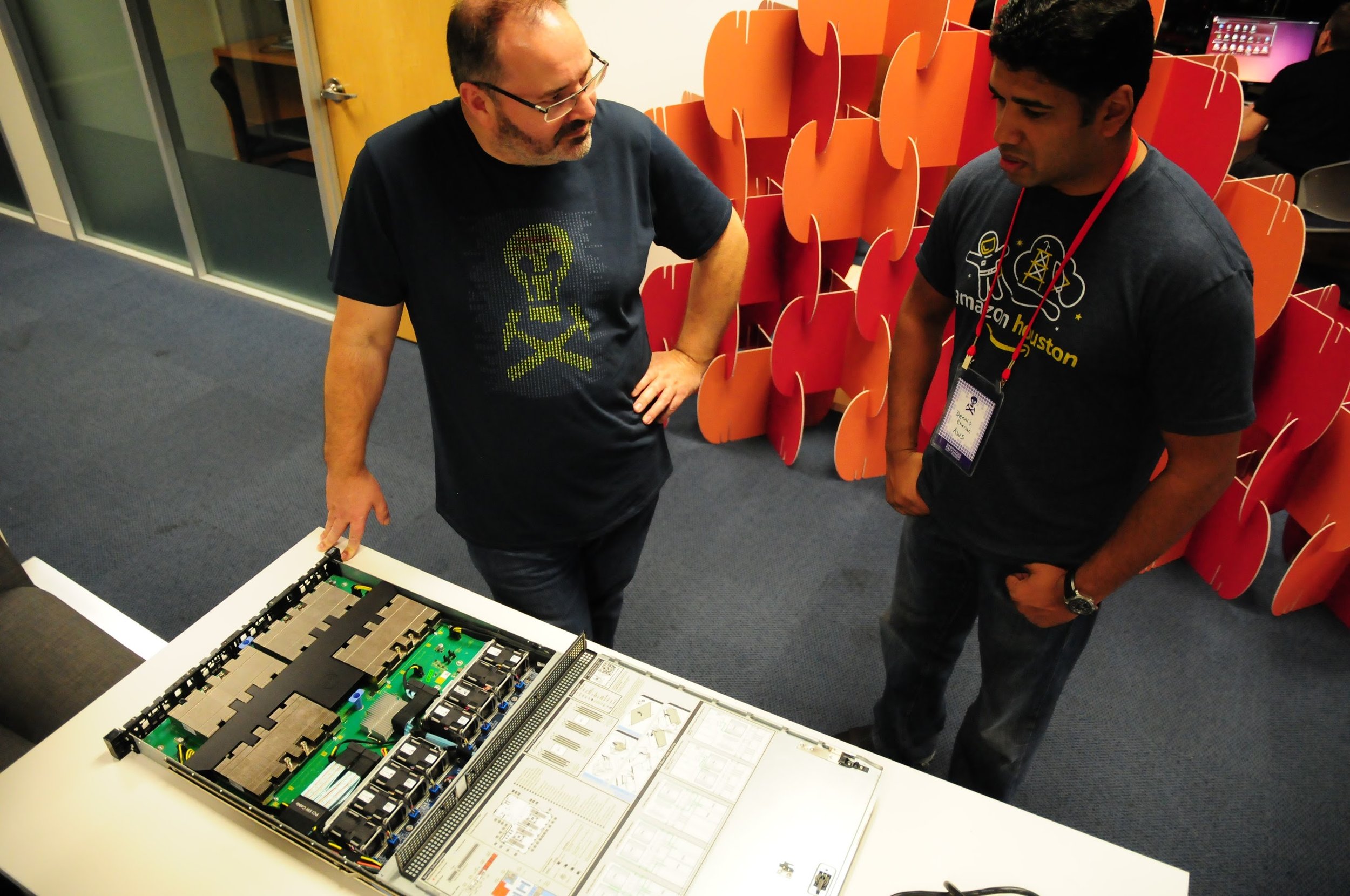
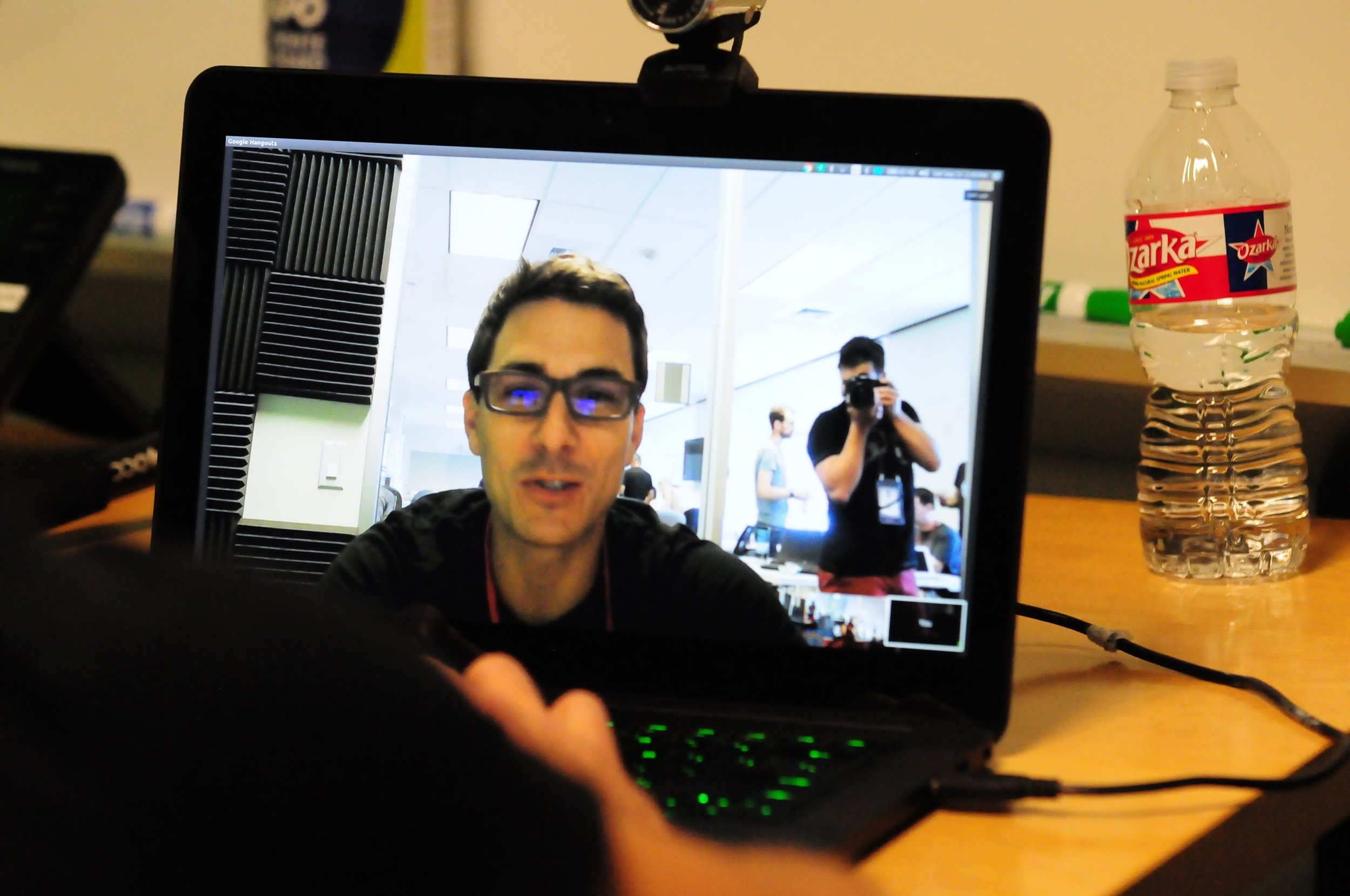
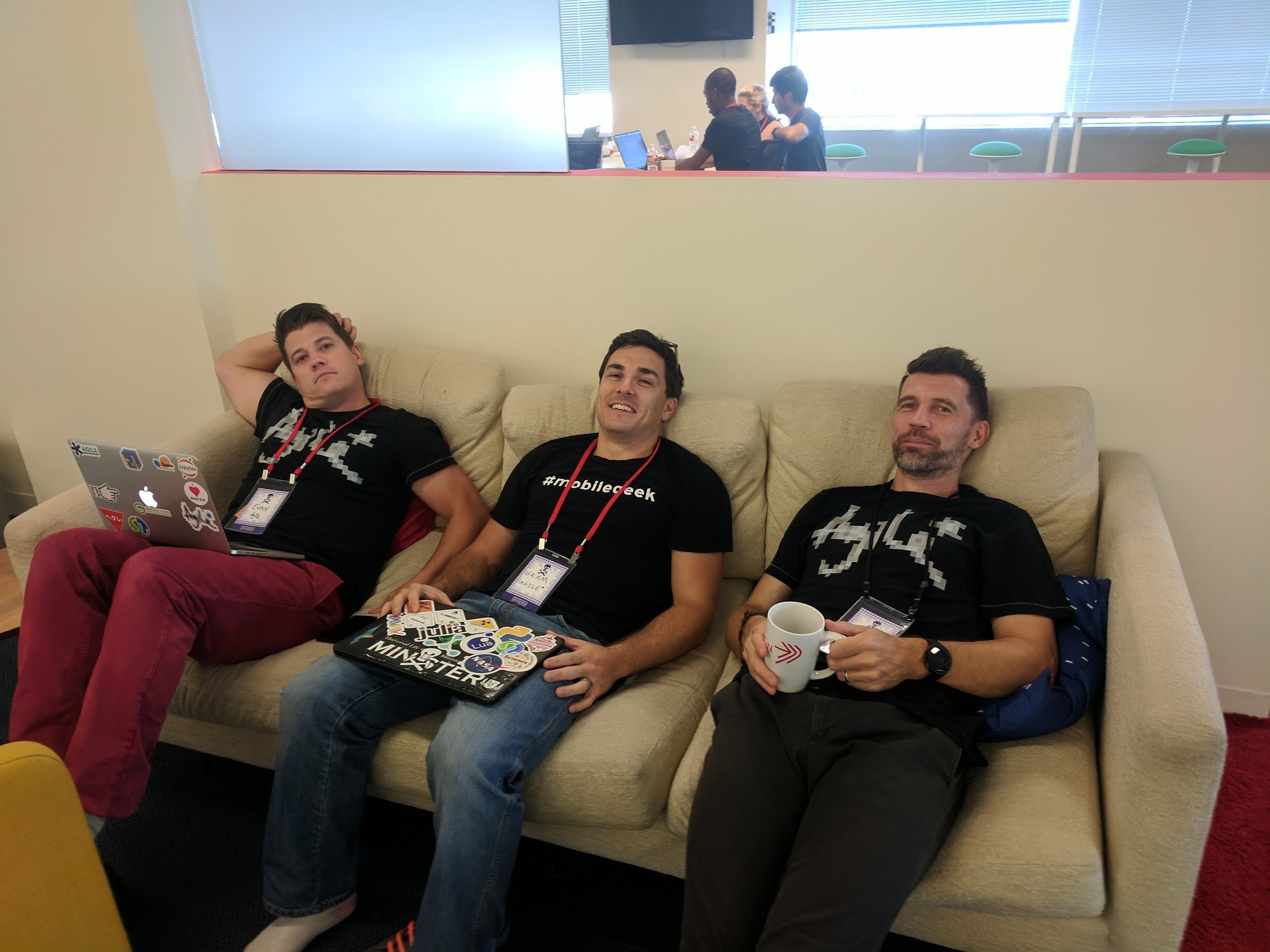
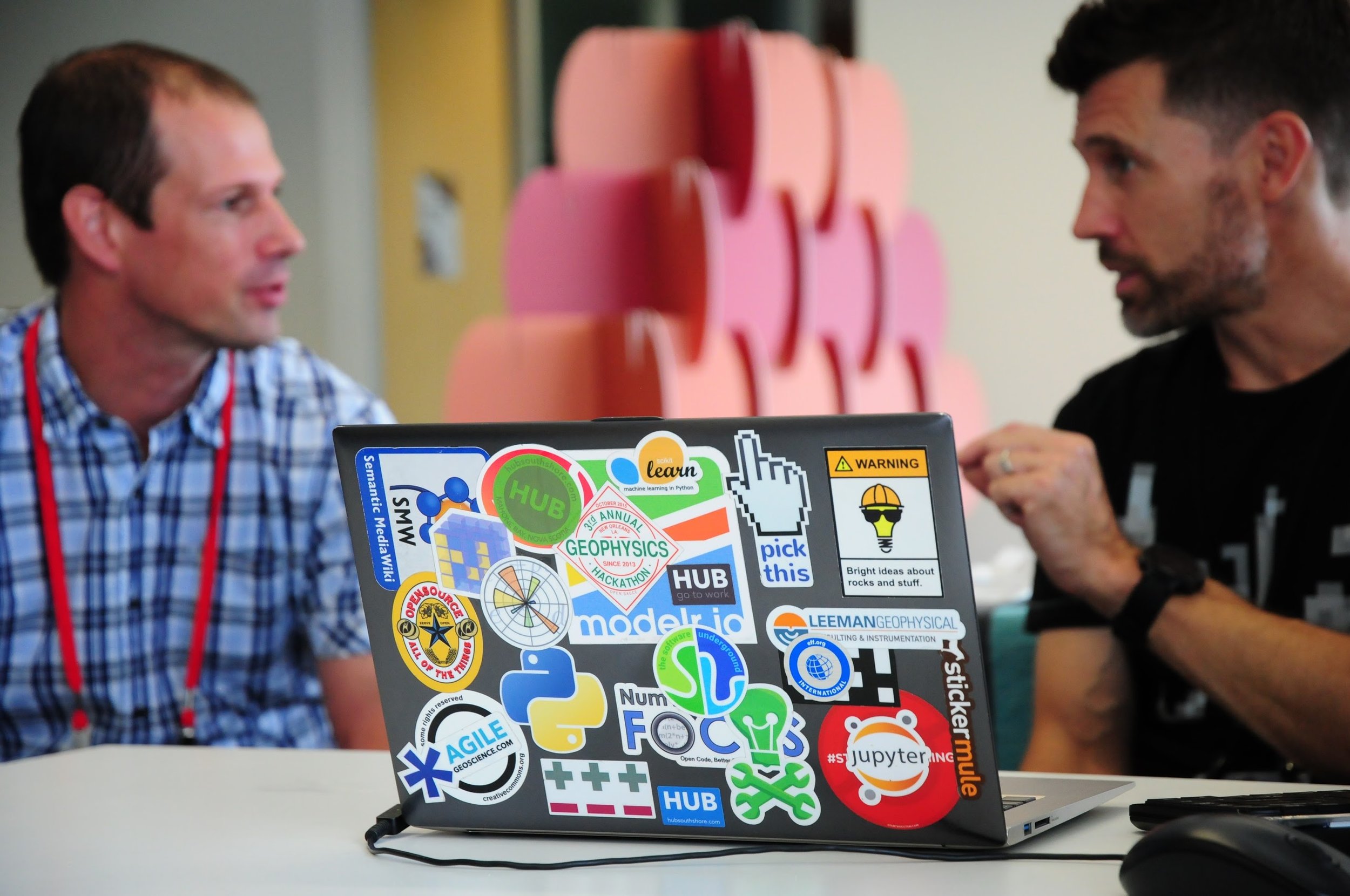
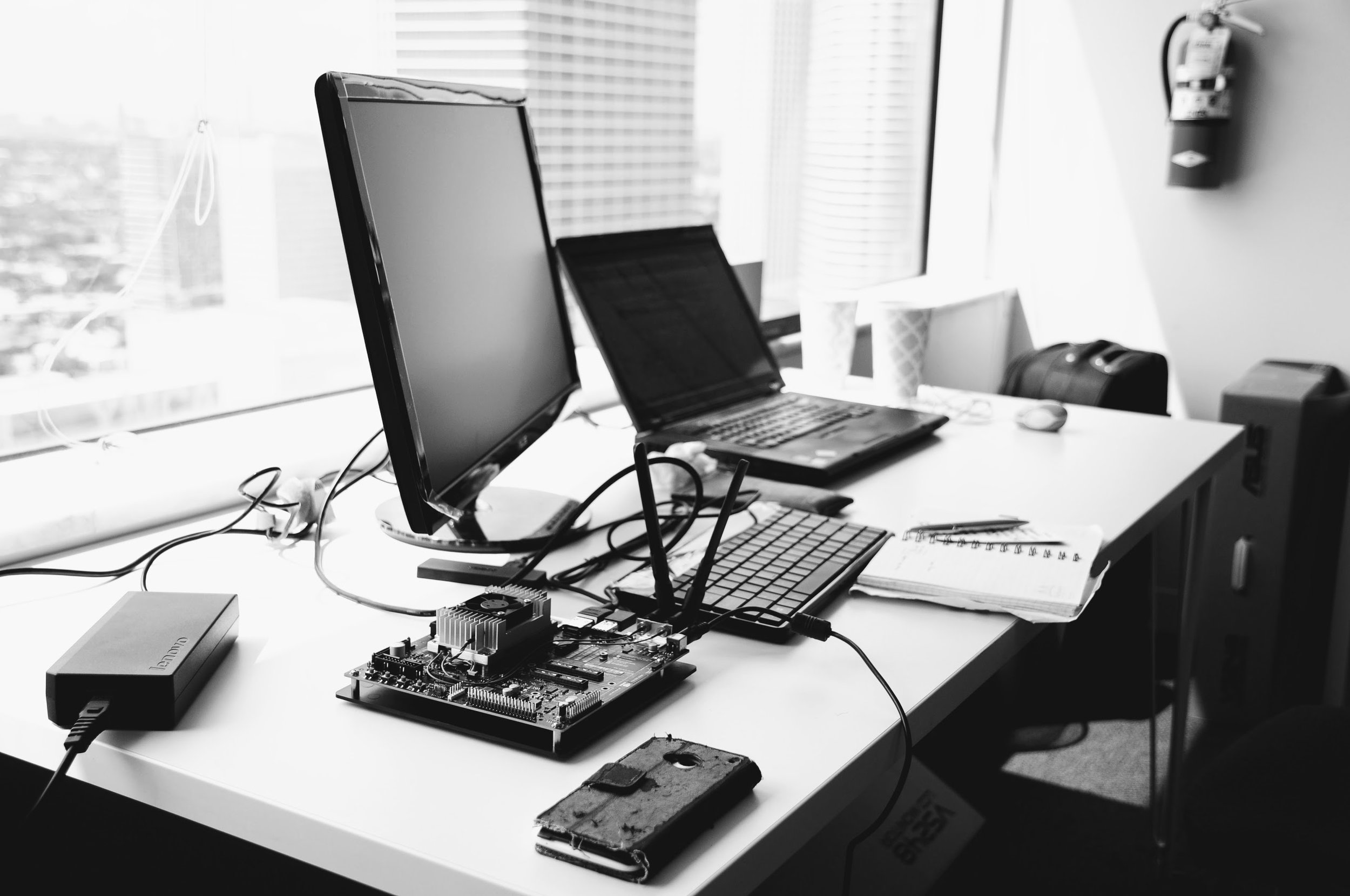
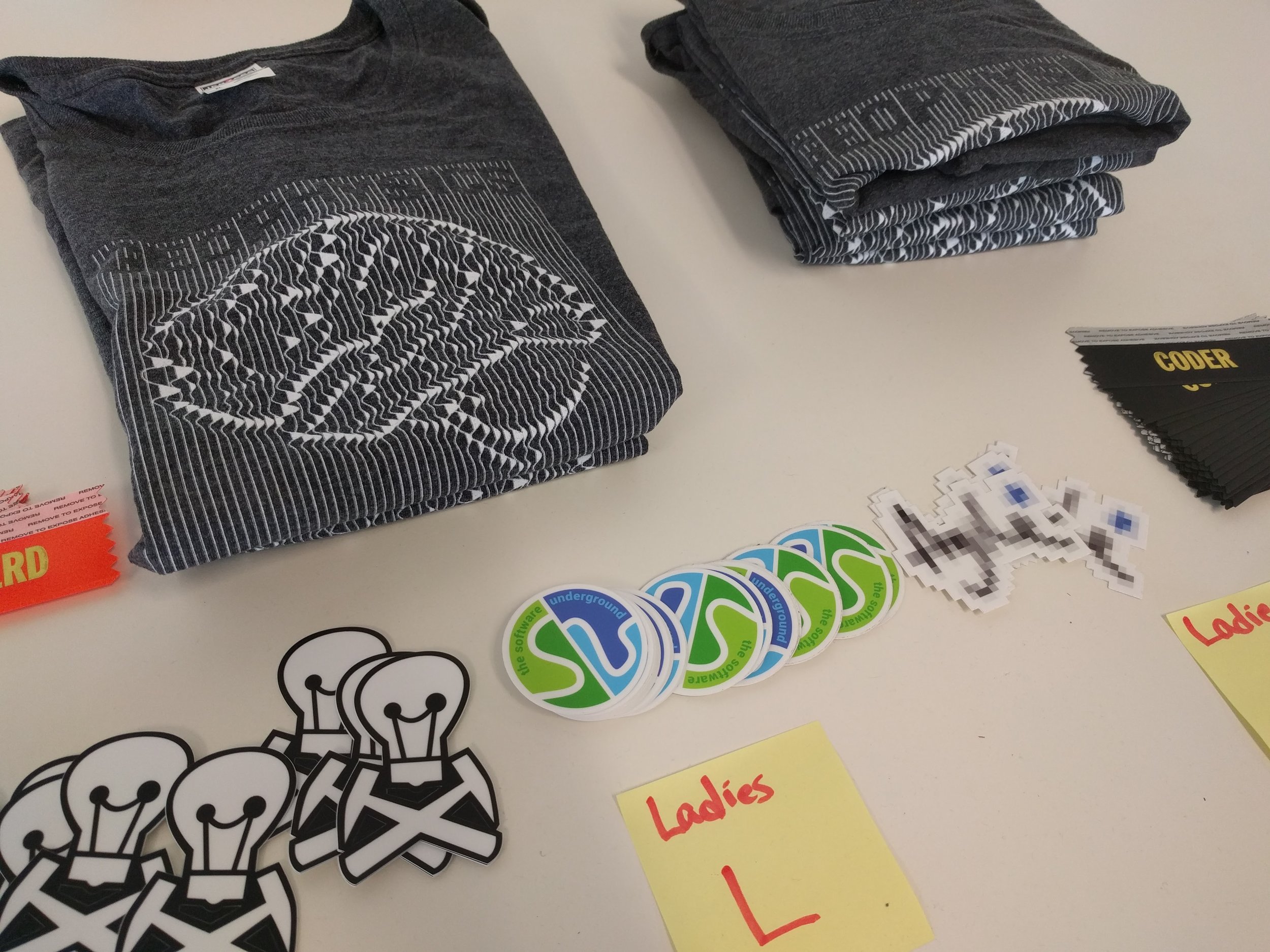
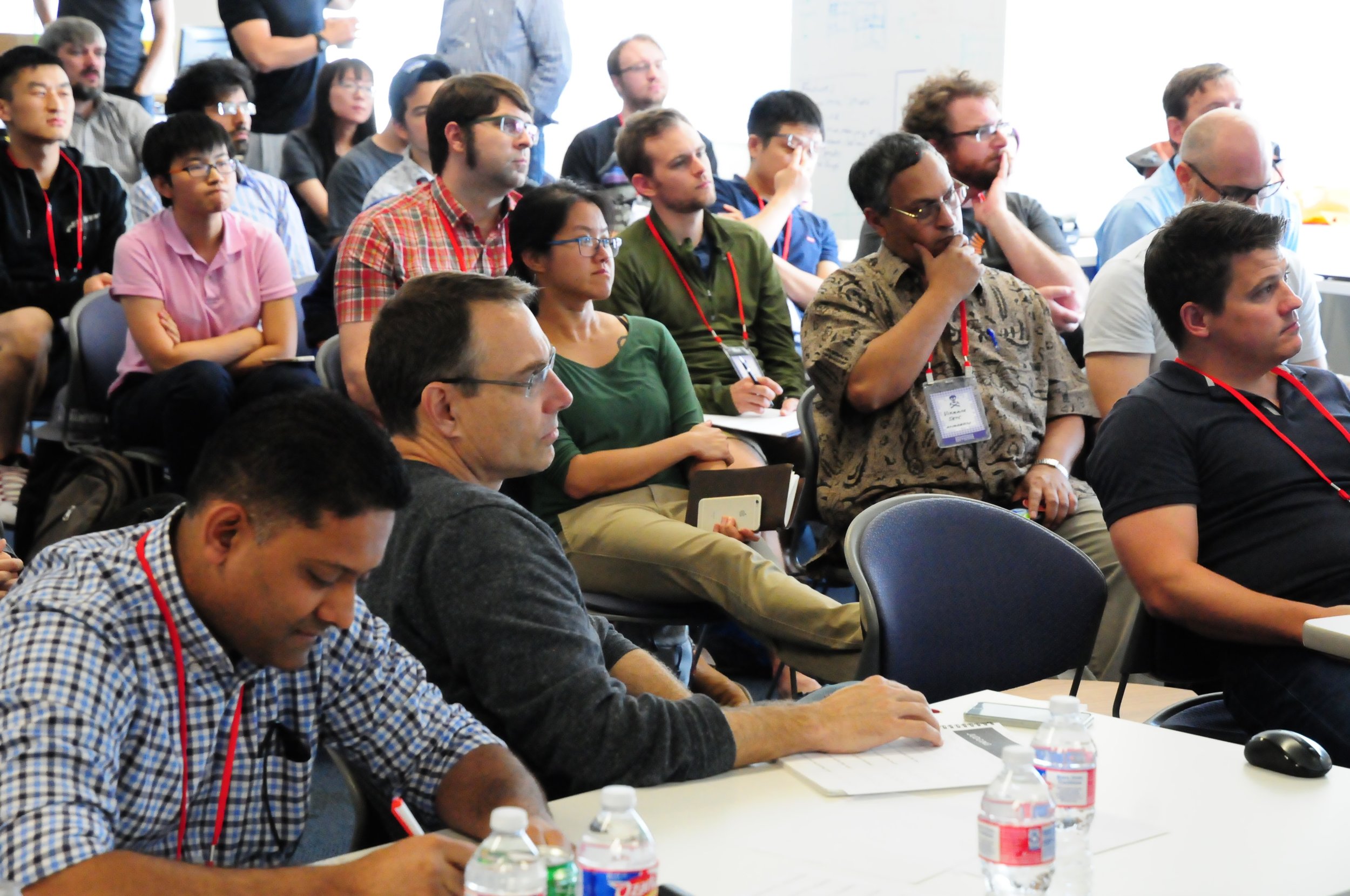
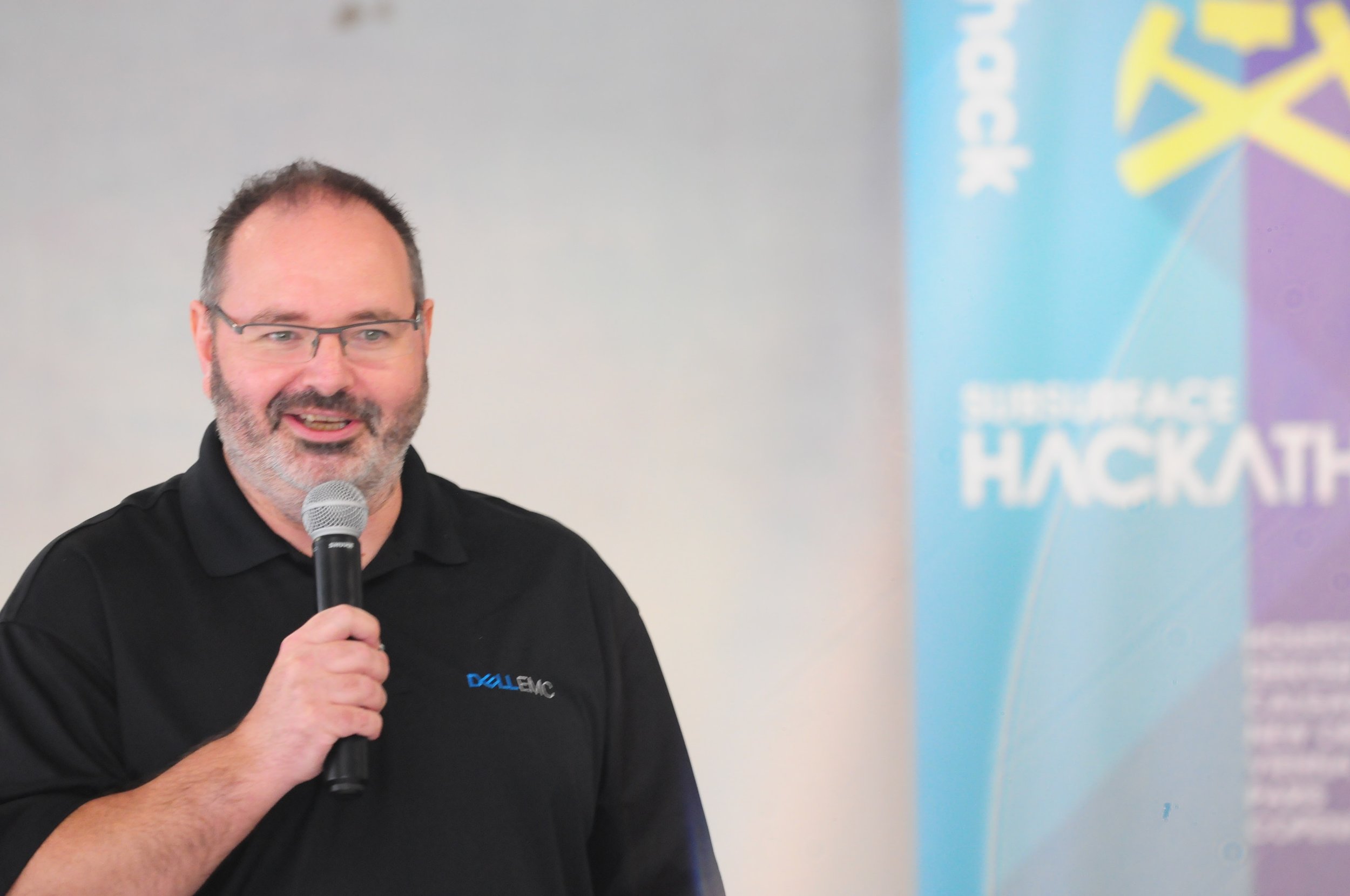
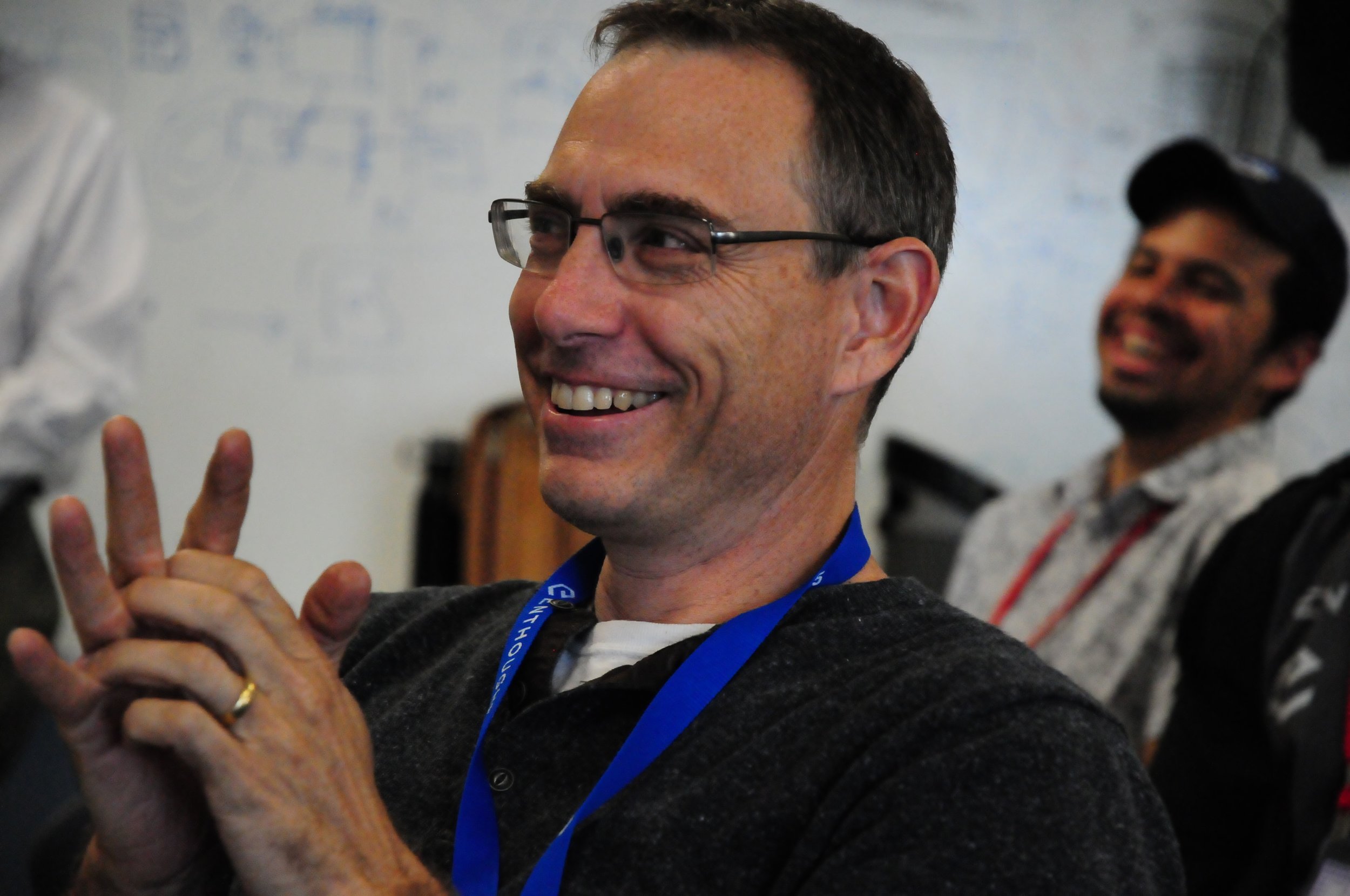
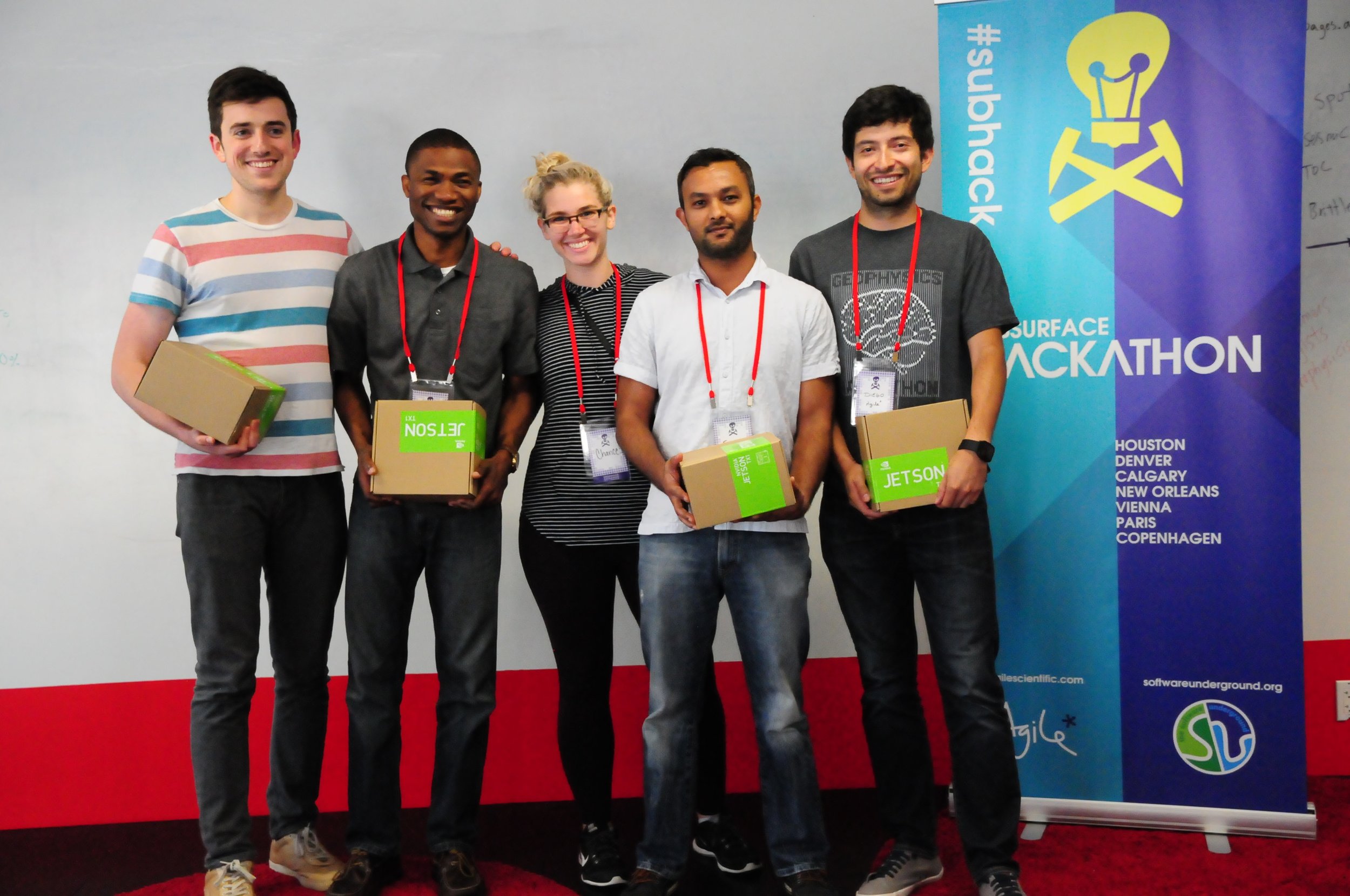
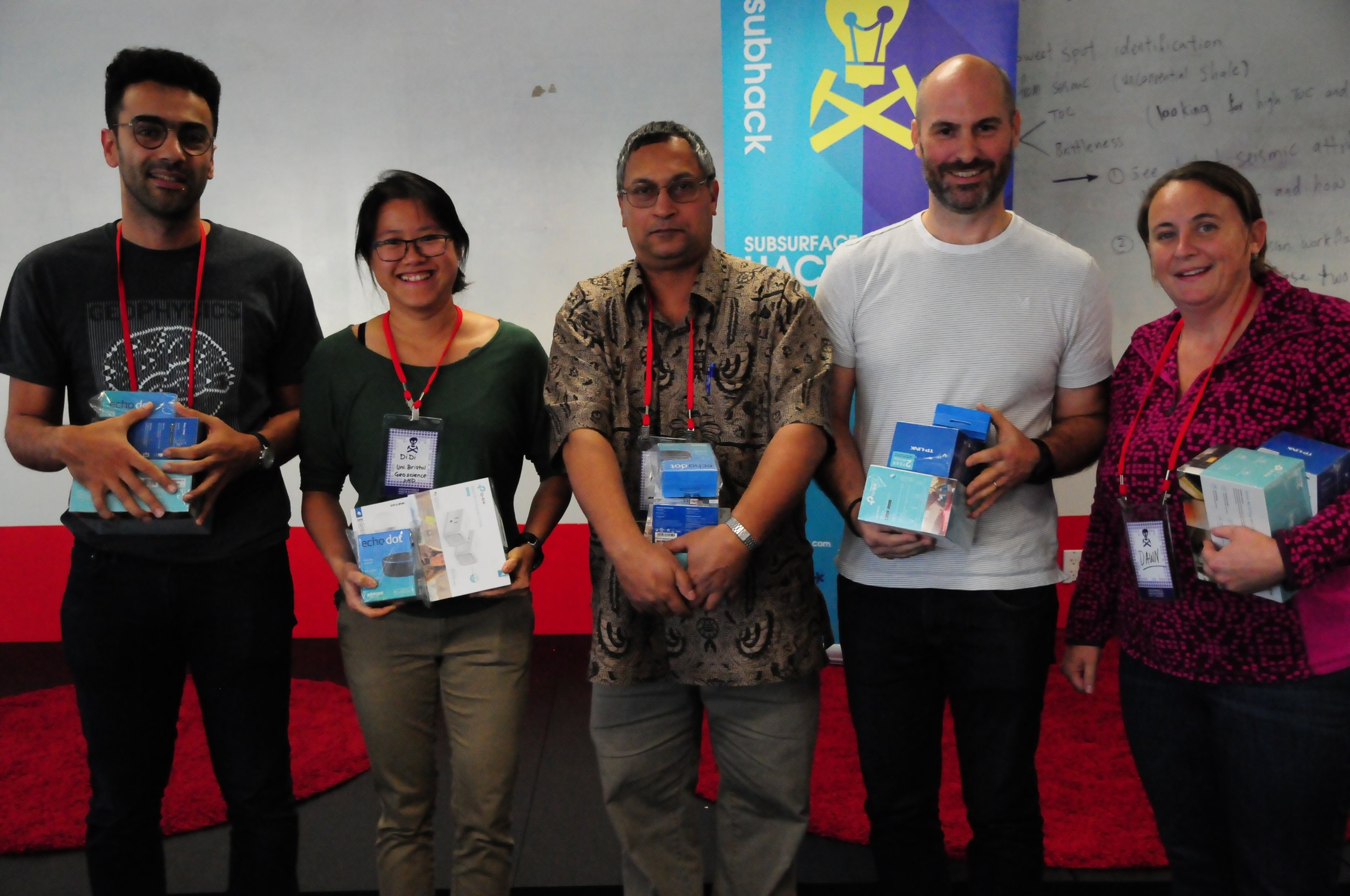































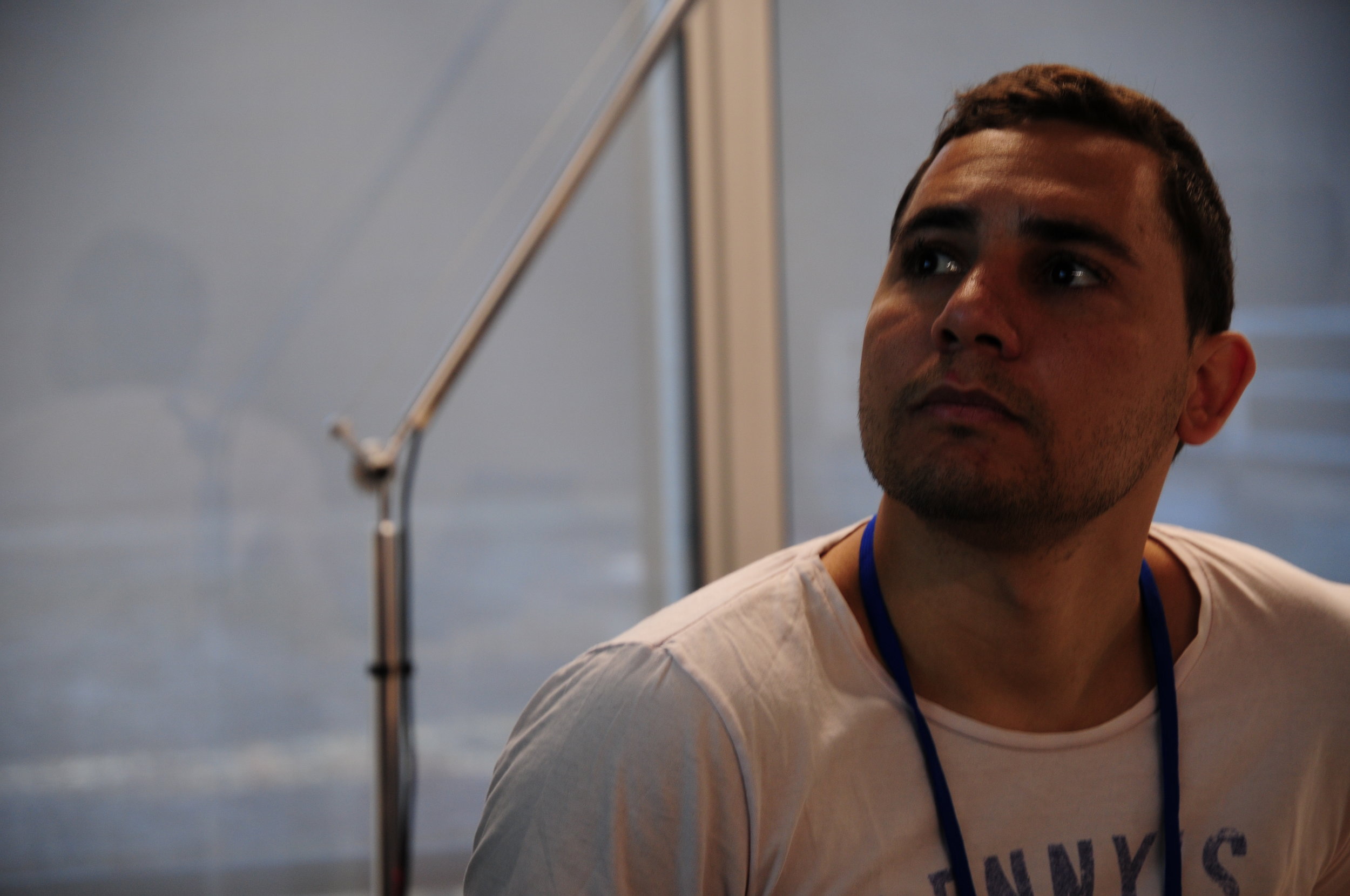
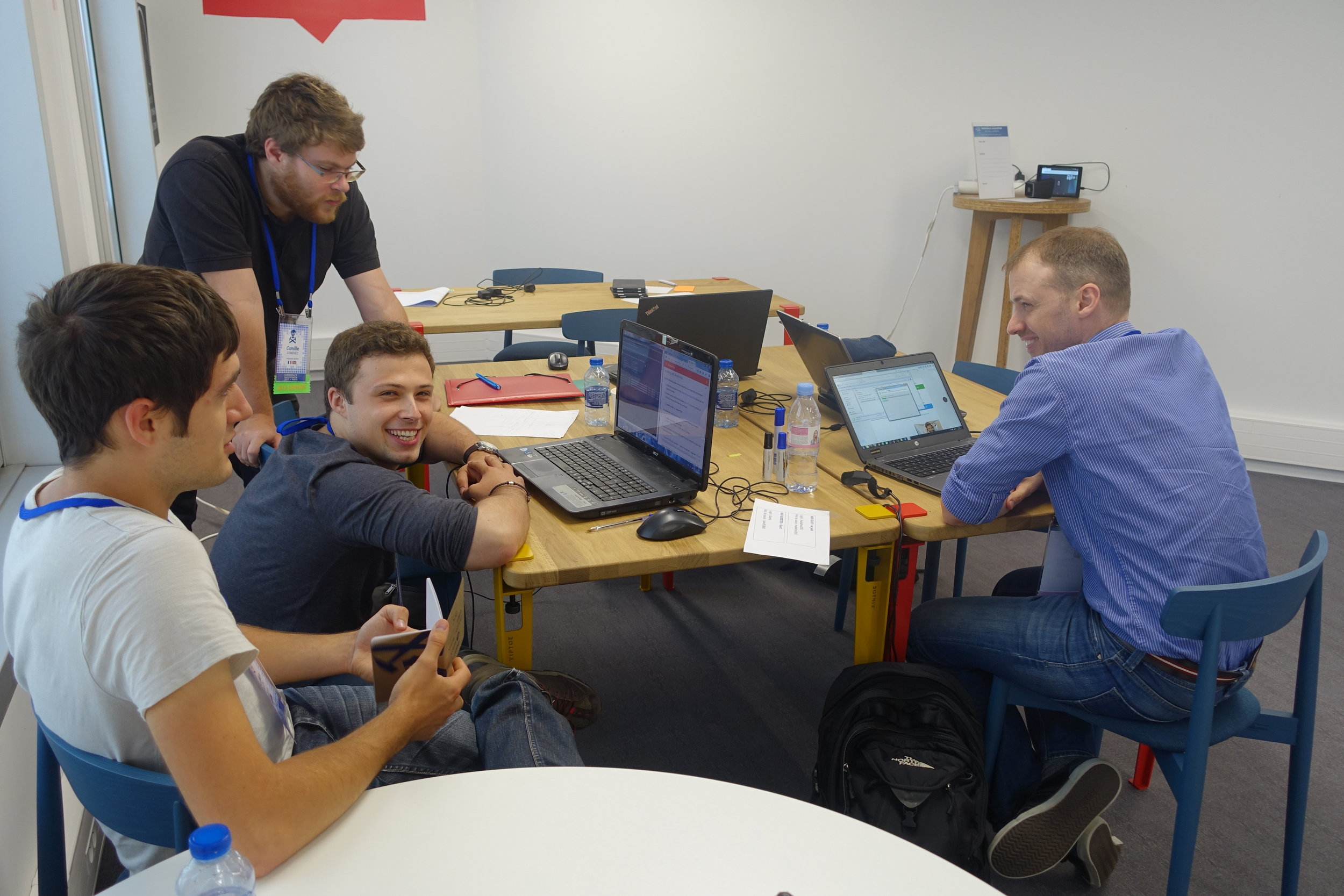


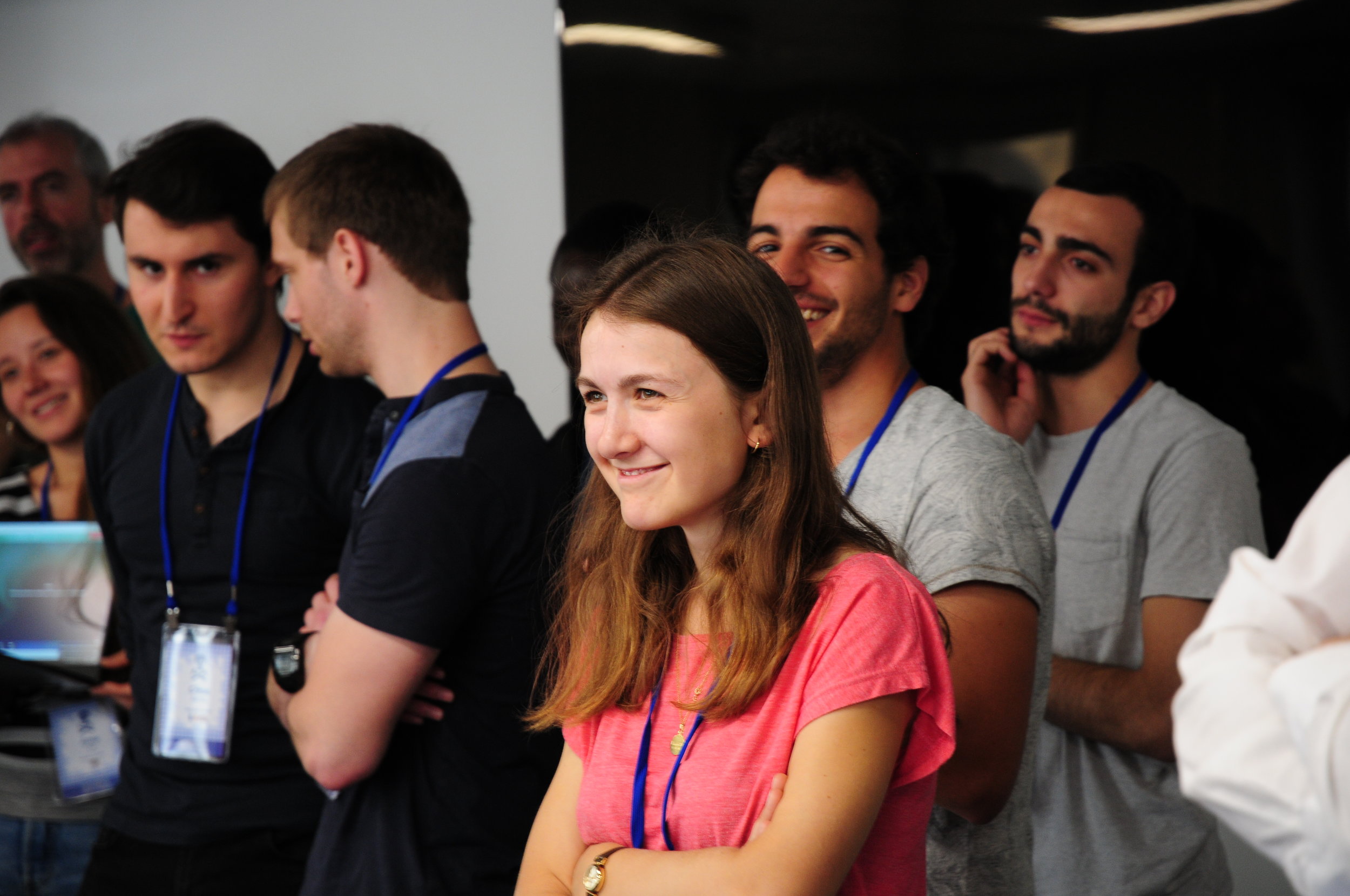
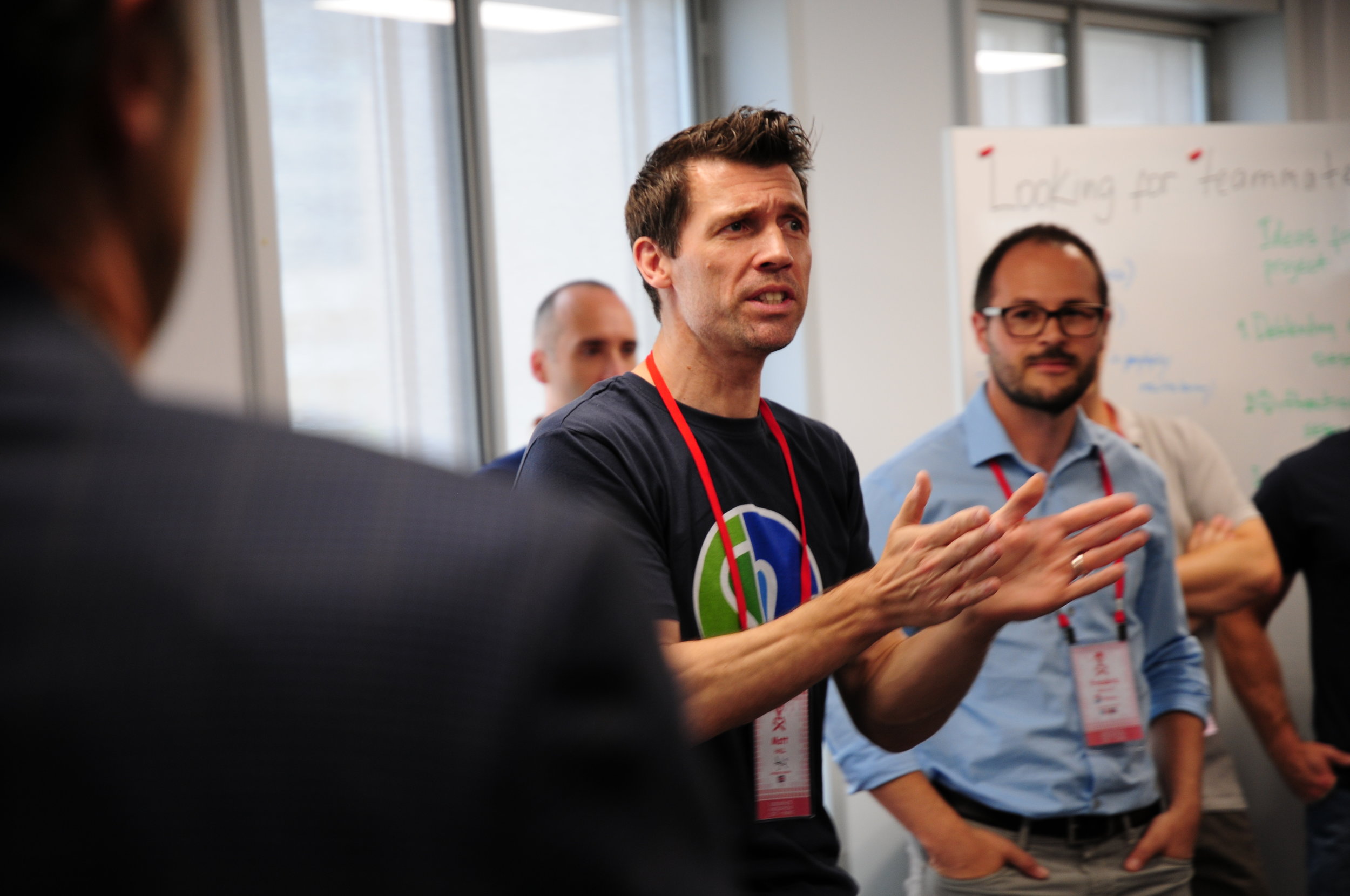
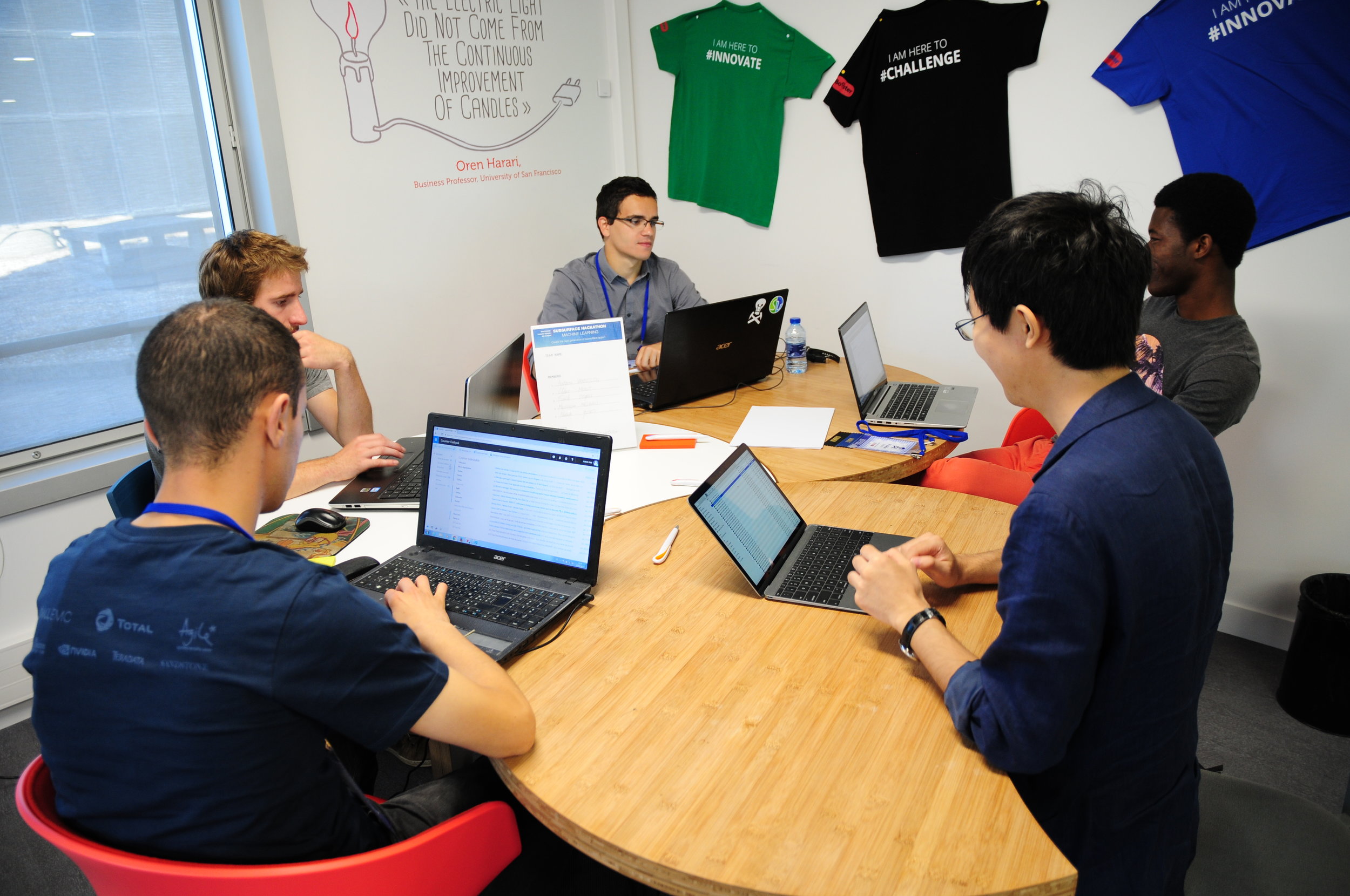


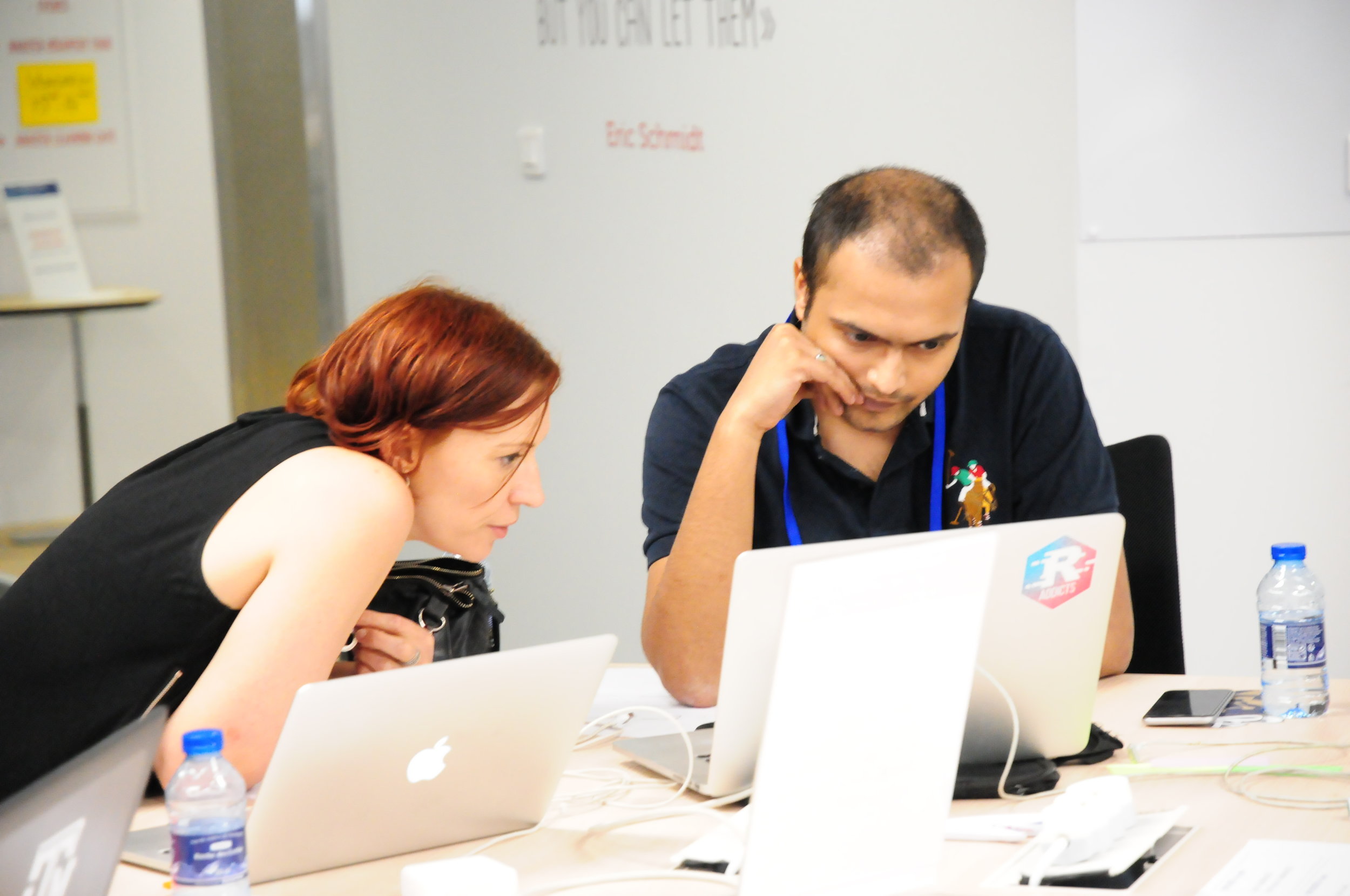
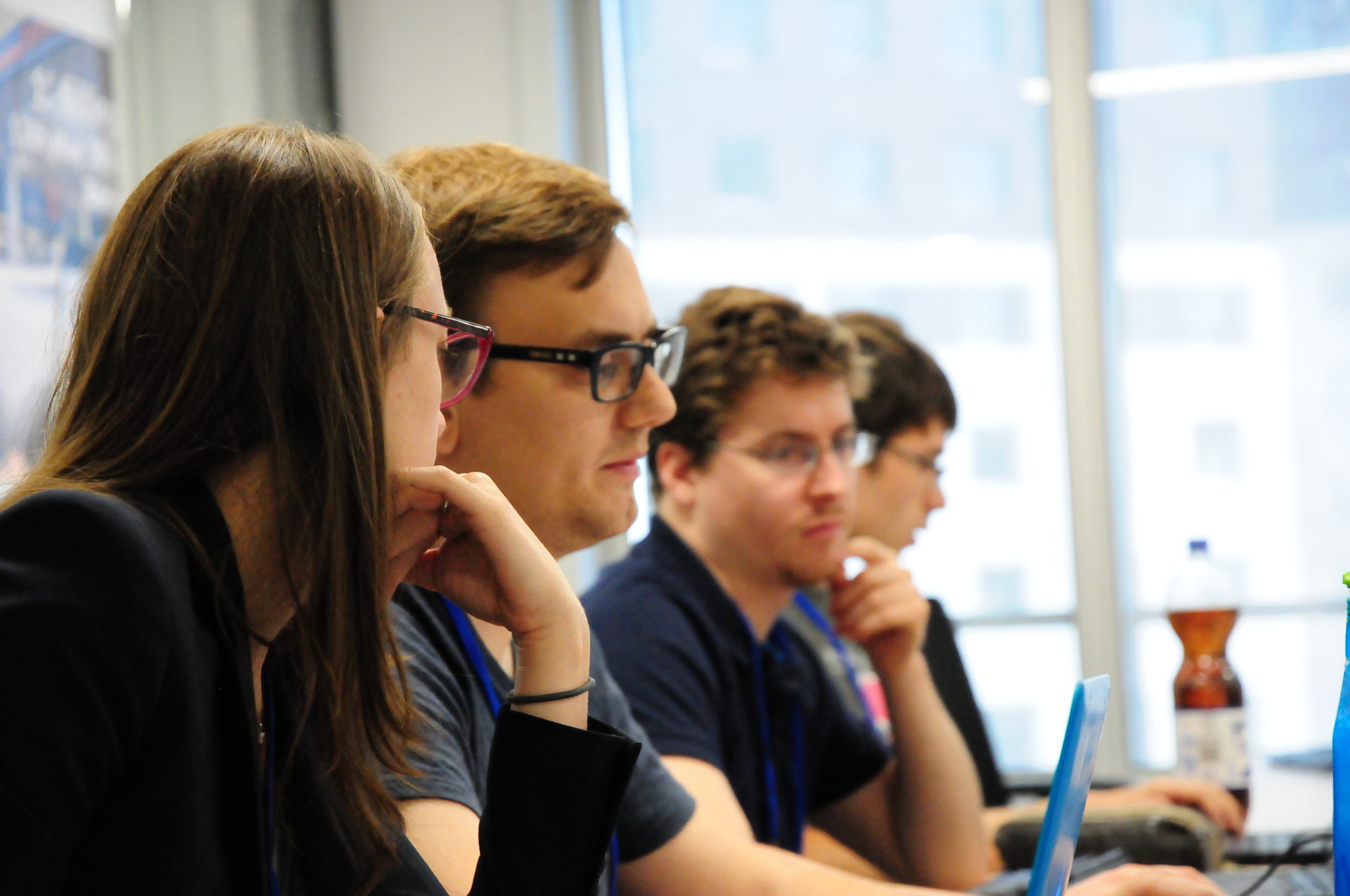
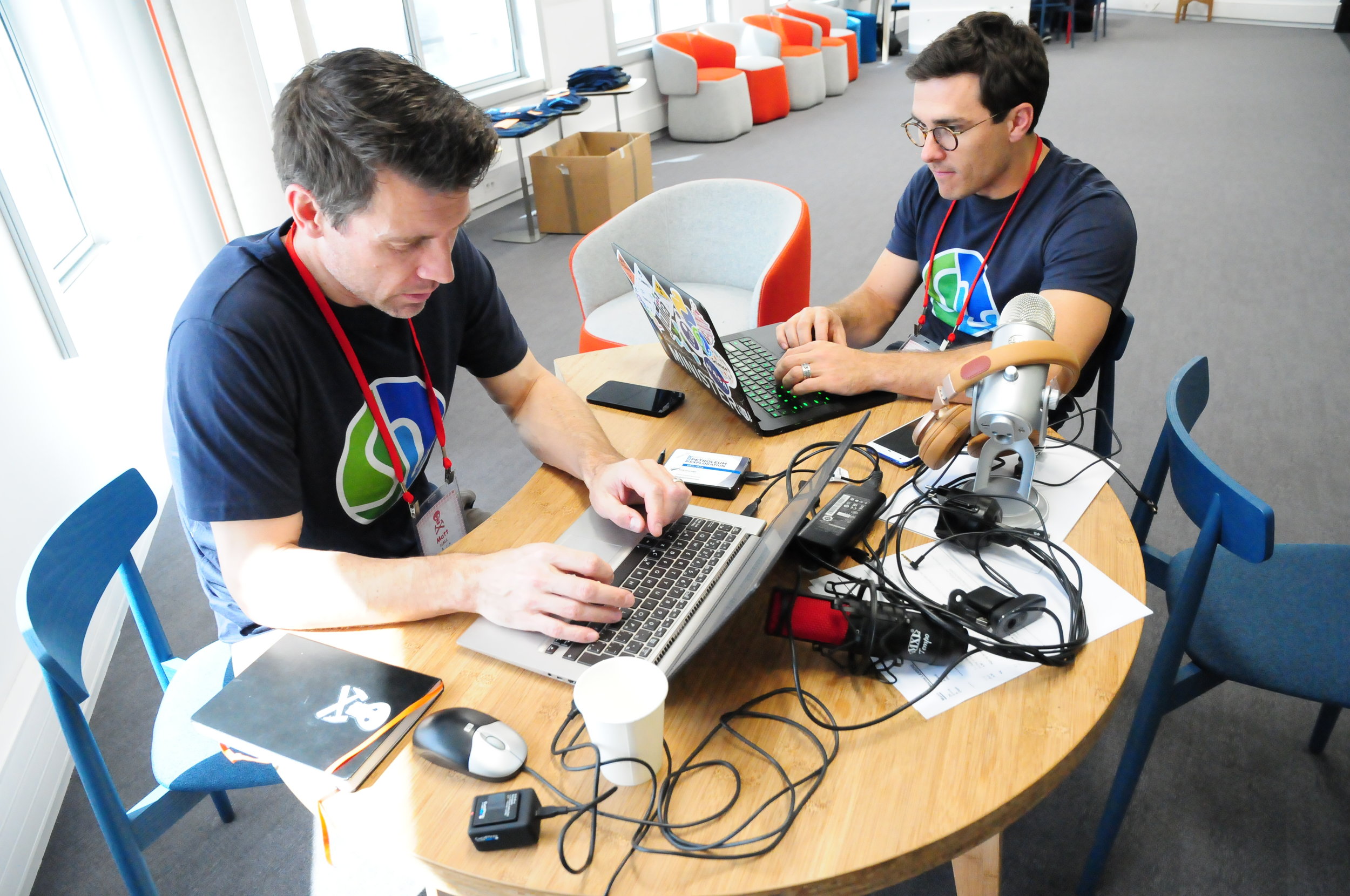
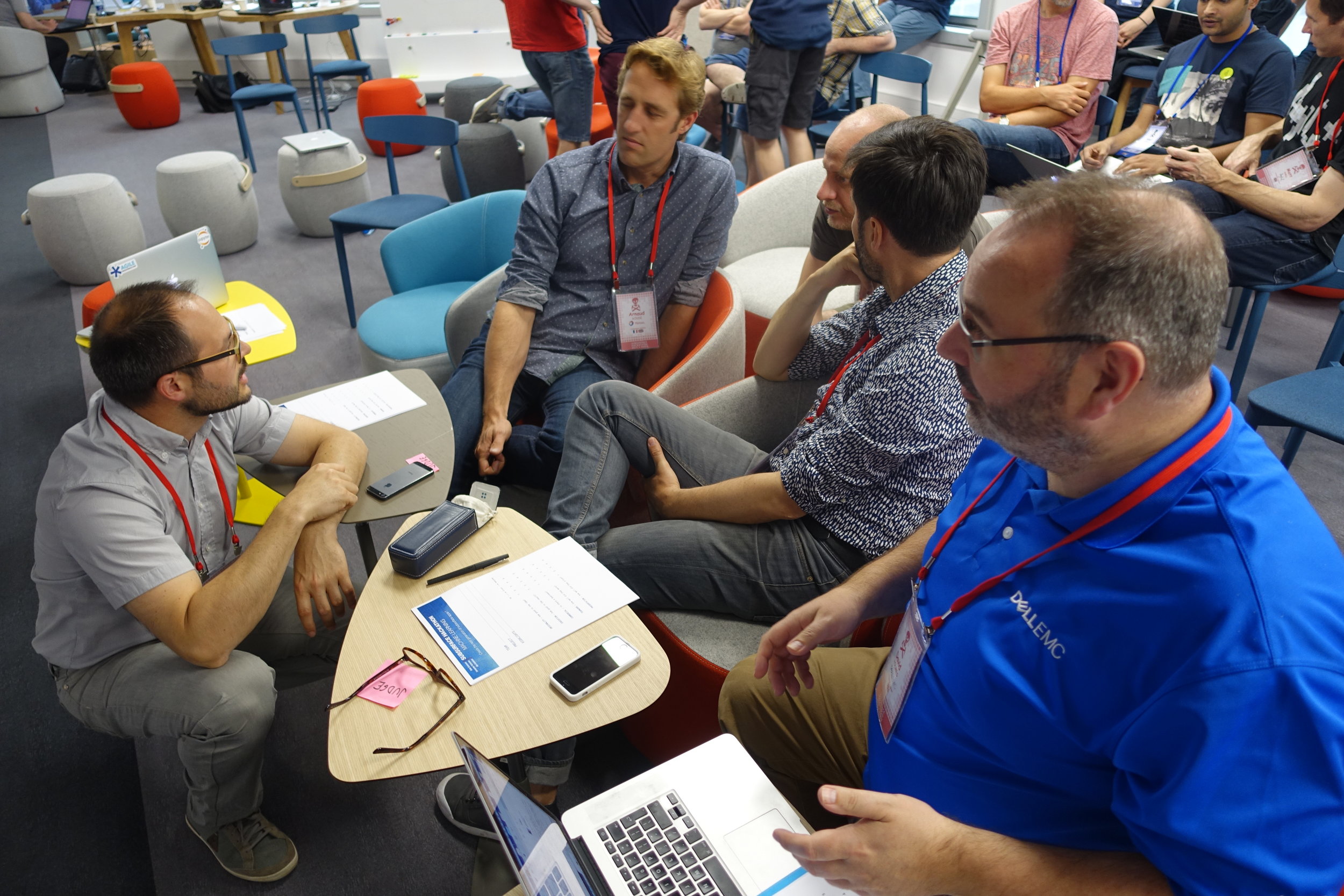
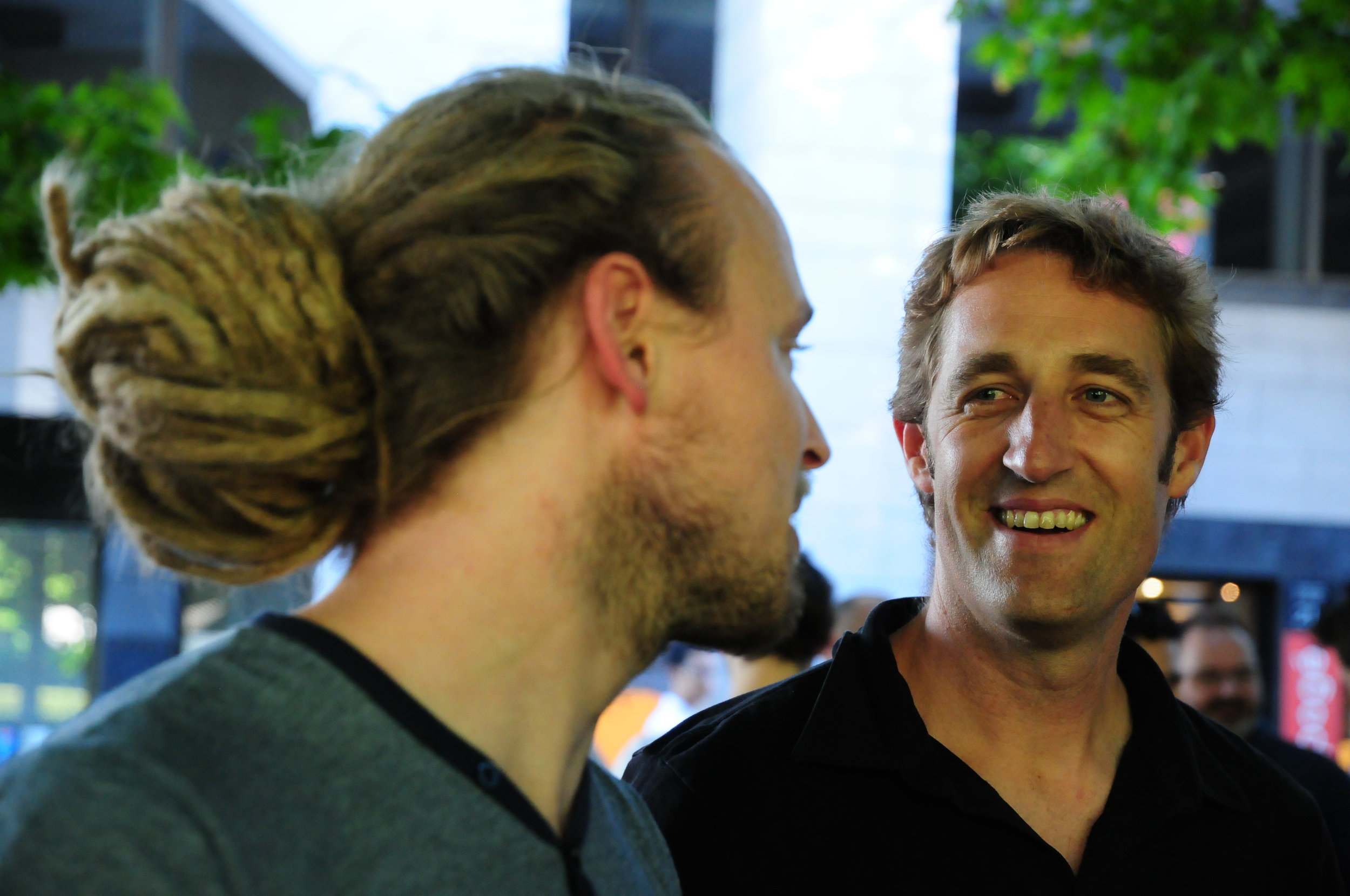
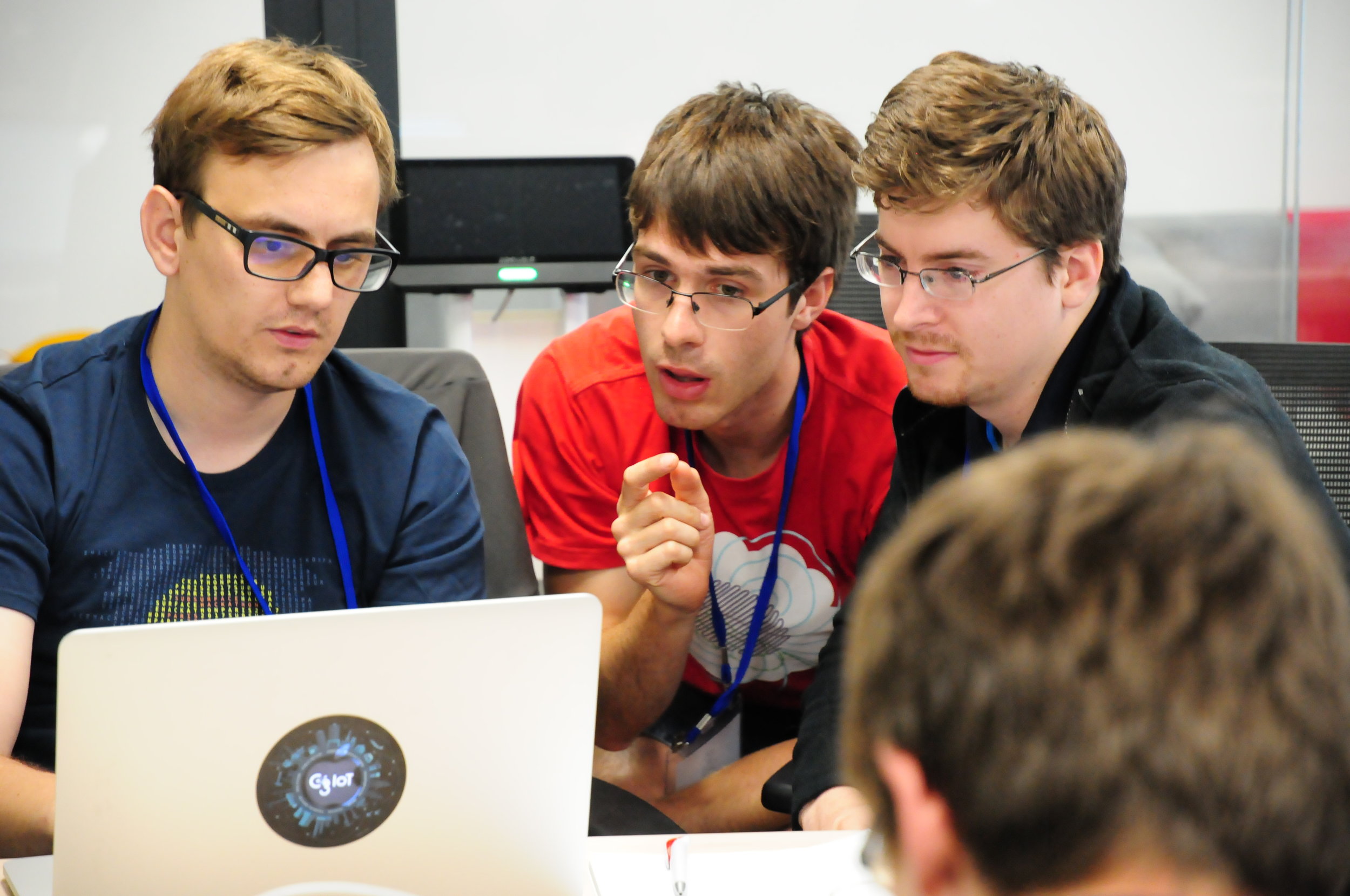
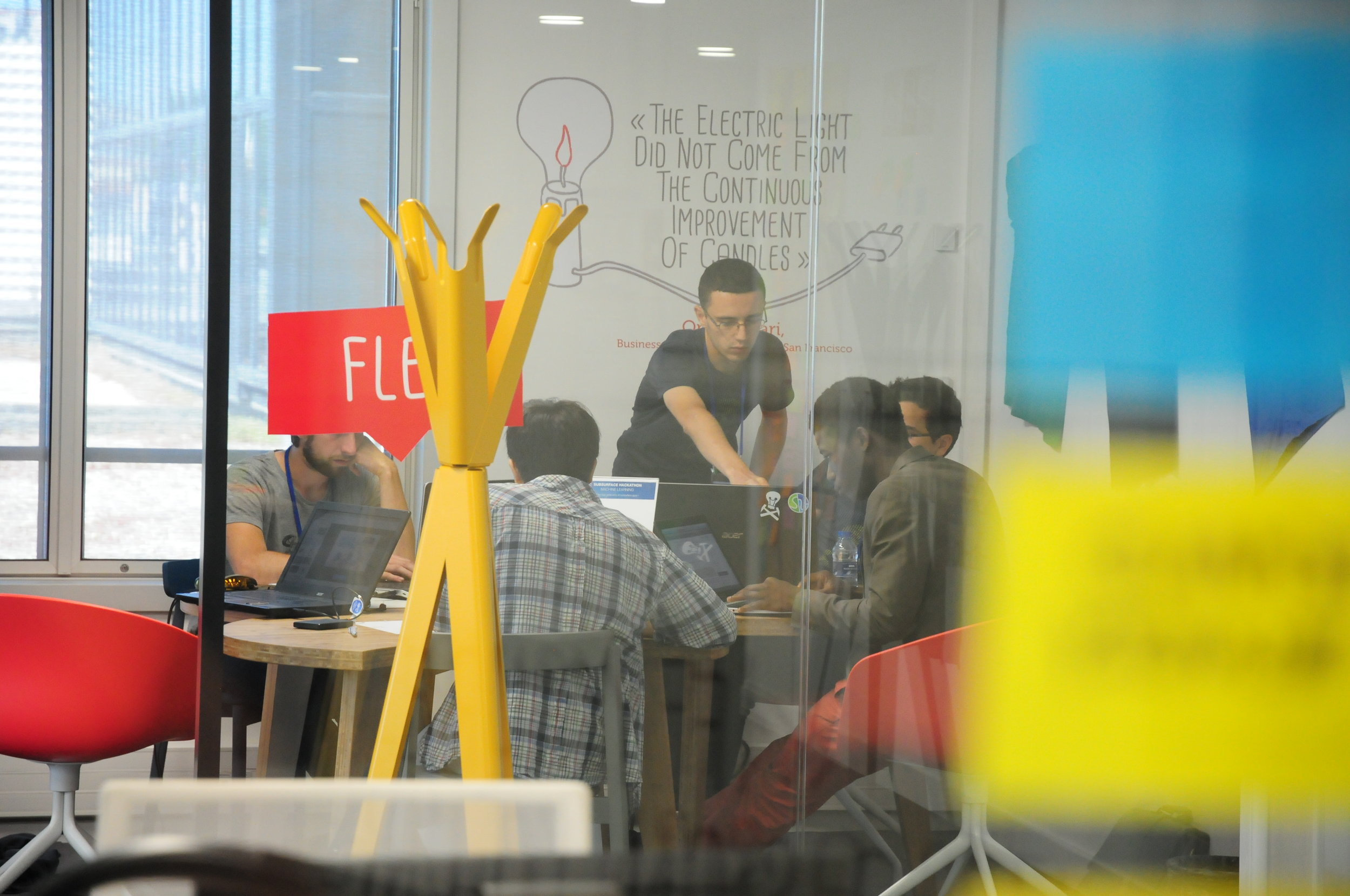











 Except where noted, this content is licensed
Except where noted, this content is licensed